Hussain Sajwani
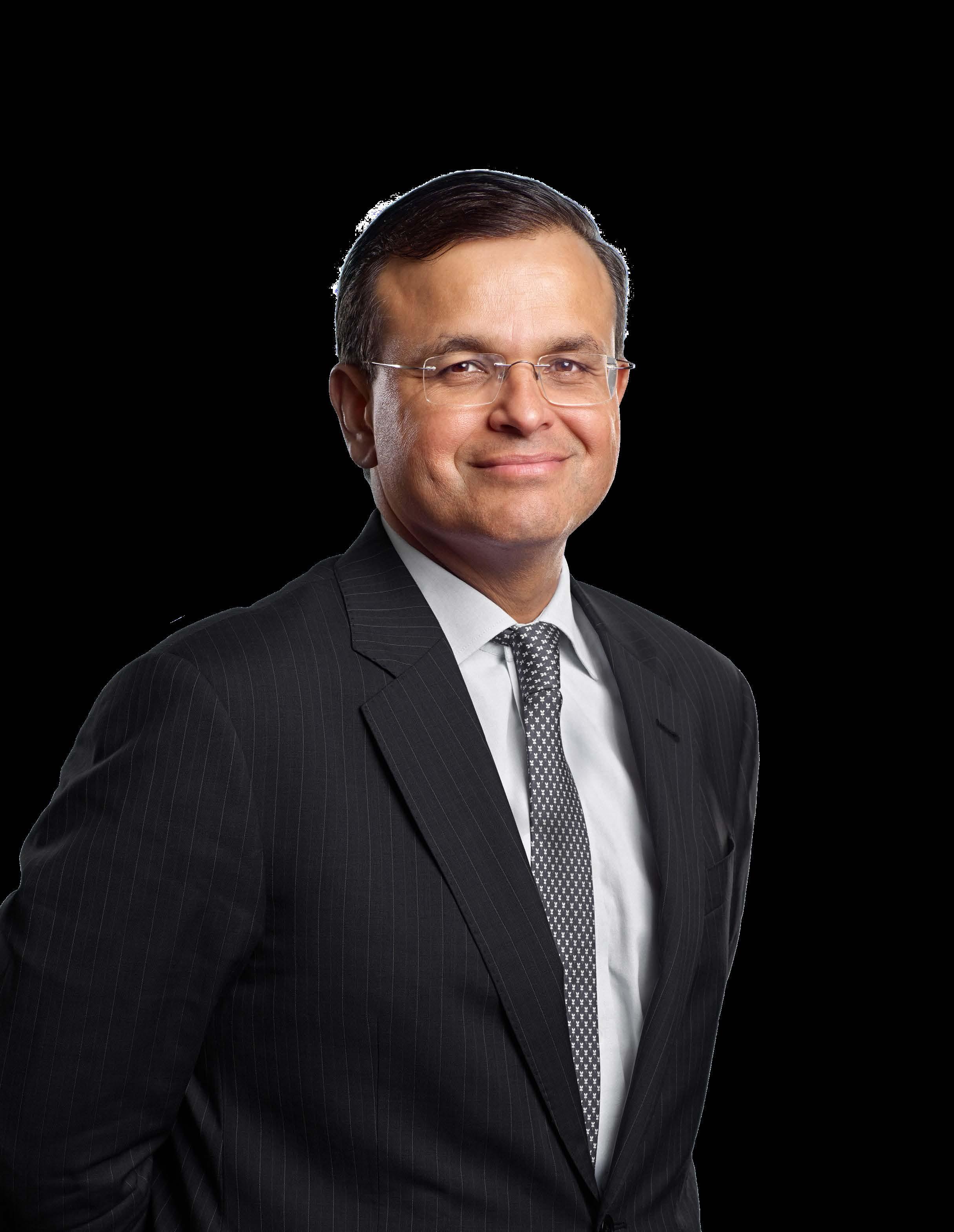

D33: An unprecedented economic transformation agenda
Essam Al Tamimi
Significant changes under the new UAE Commercial Transactions Law
Innovative & sustainable approach to capital & trade
With Sunil Kaushal, CEO of Standard Chartered AME
Bahrain . Kuwait . Oman . Qatar . Saudi Arabia . UAE . Egypt . MENA . Asia . Europe . The Americas April 2023
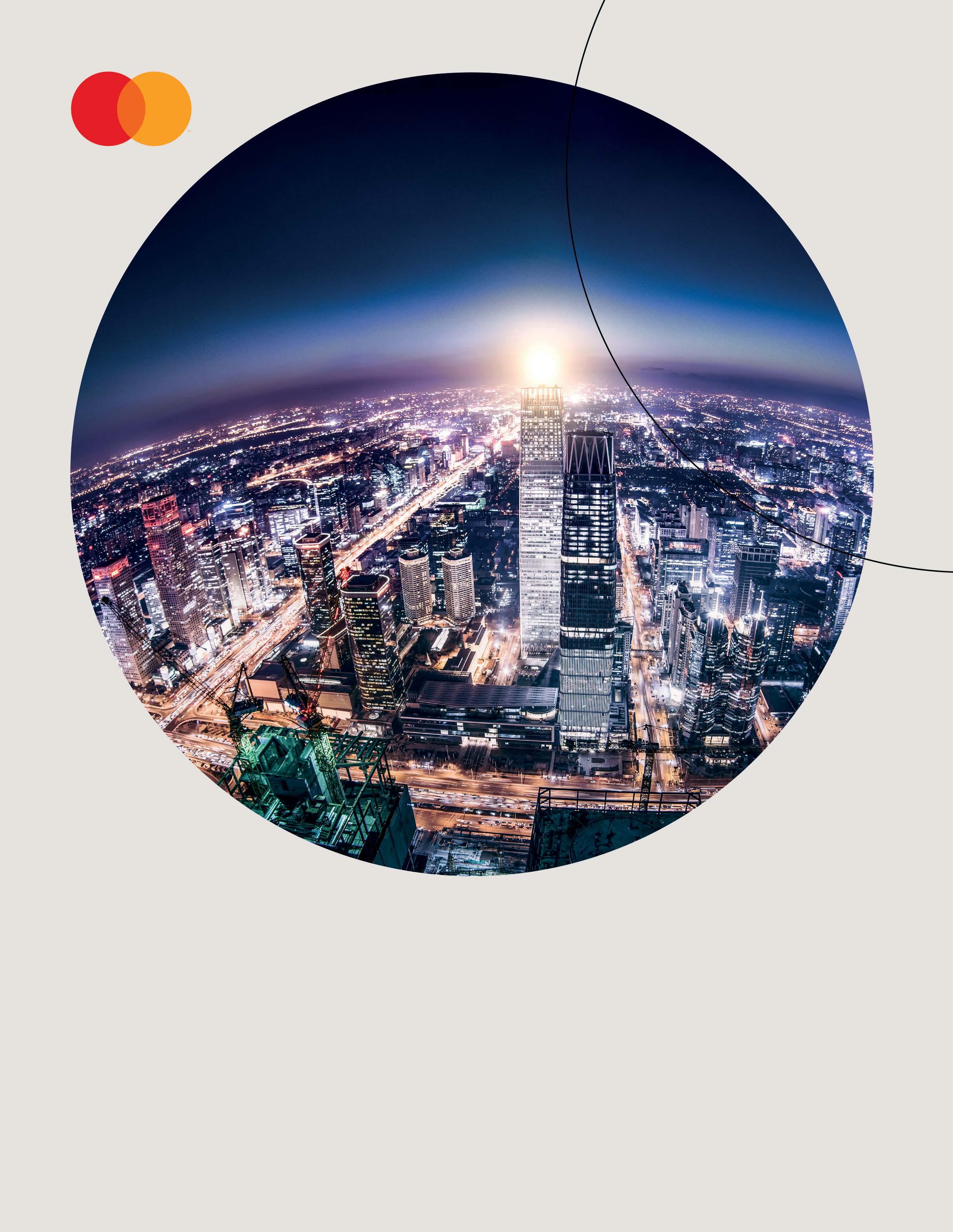
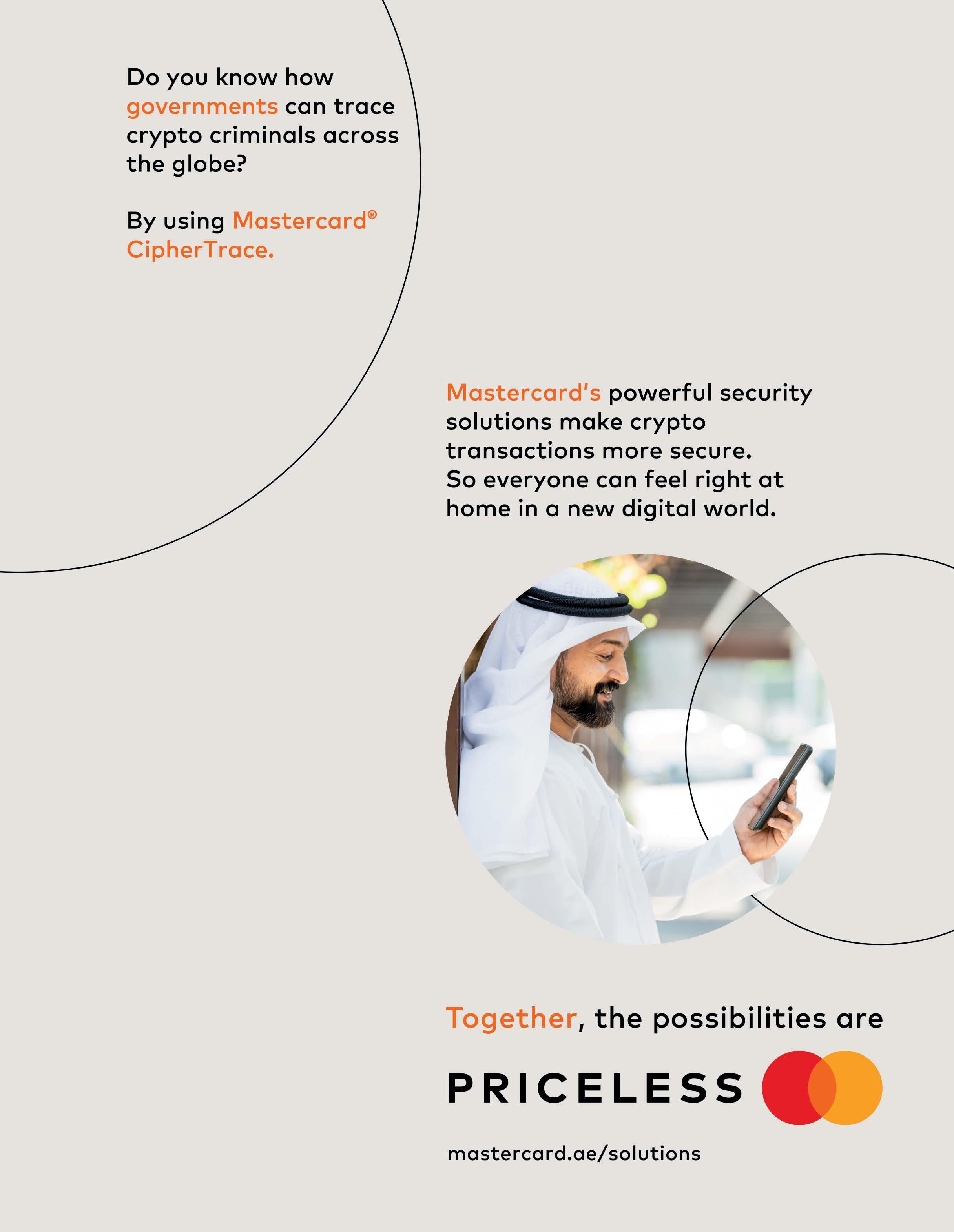



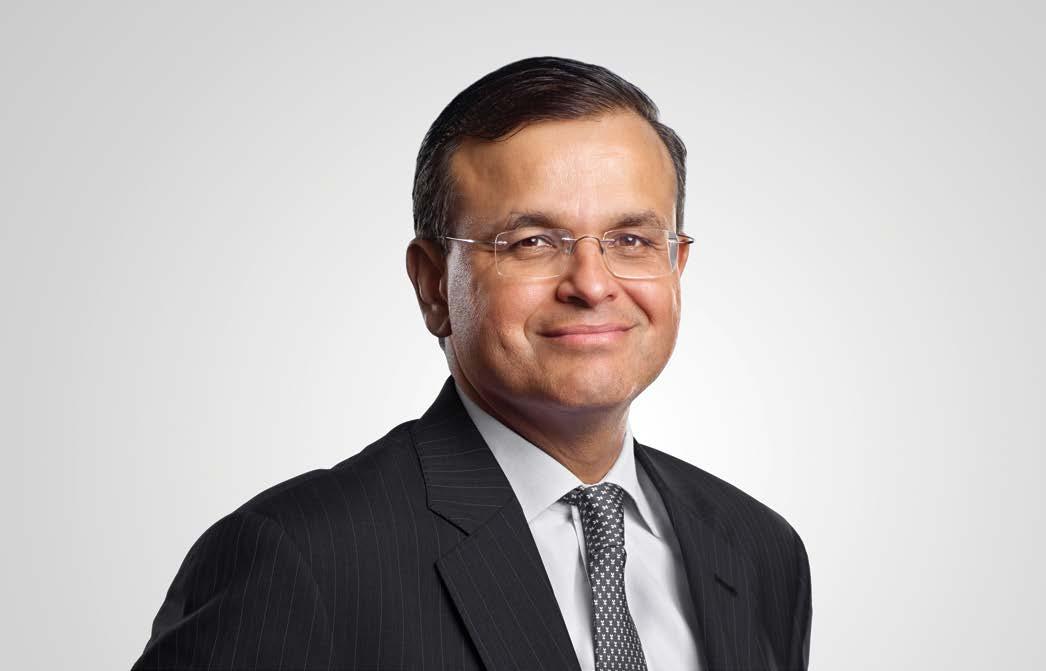
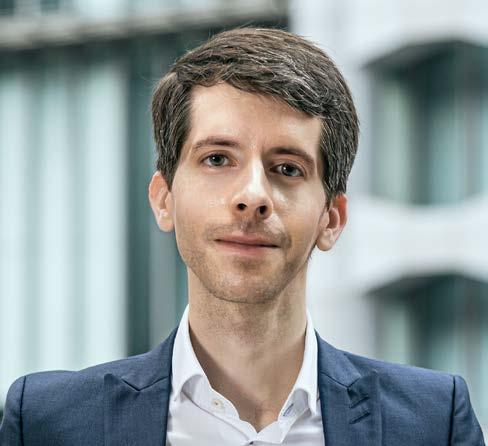
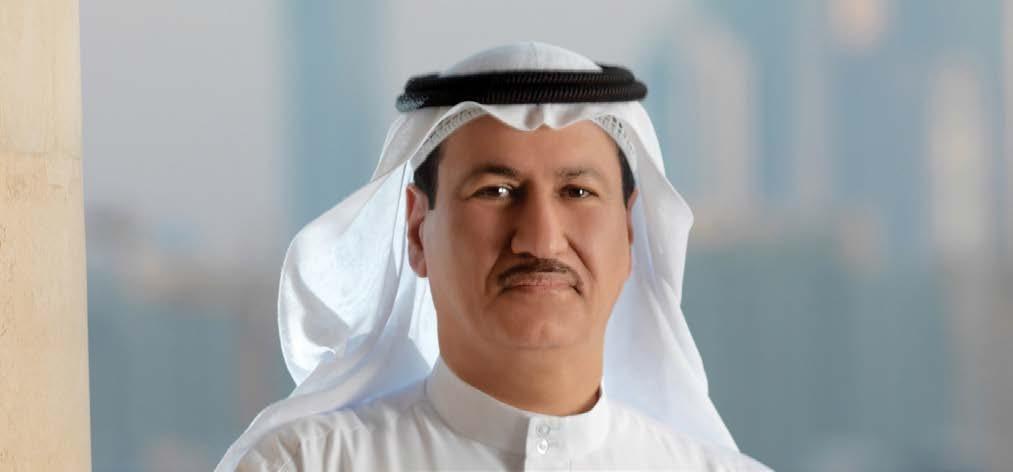

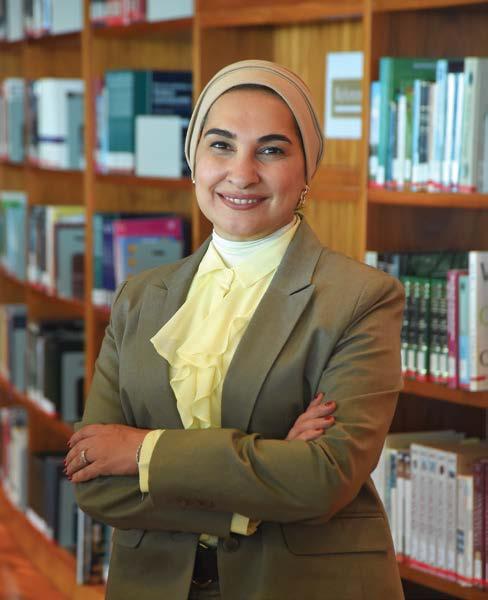
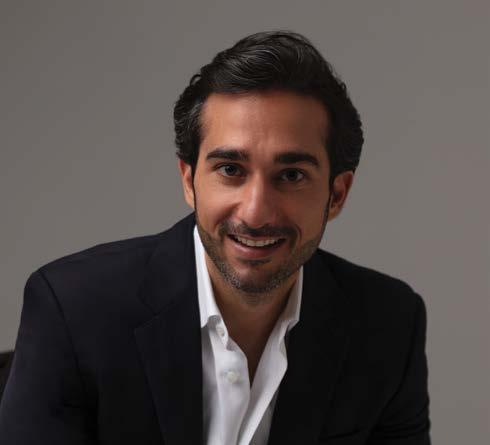
Eric Anzani, president and COO, Crypto.com
With Navneet Dave, Group Managing DirectorProcessing, Middle East & Co- Head Group Processing, Network International Climate initiatives could save up to $2.4 trn annually
Abdulla Almoayed,
Gateway Contents | april 2023 banking & finance Economy Sustainability Crypto.com executive lauds UAE's supportive stance on crypto Exclusive Unlimited scalability, demystifying complexity Circular Economy Rise of Open Banking in MENA Cover Story with Sunil Kaushal, regional CEO Africa & Middle East, Standard Chartered Standard Chartered: Bridging capital and trade in MENA 22 28 26 38 24 16
With
Hussain Sajwani: D33‘s economic transformation agenda
With
founder & CEO, Tarabut

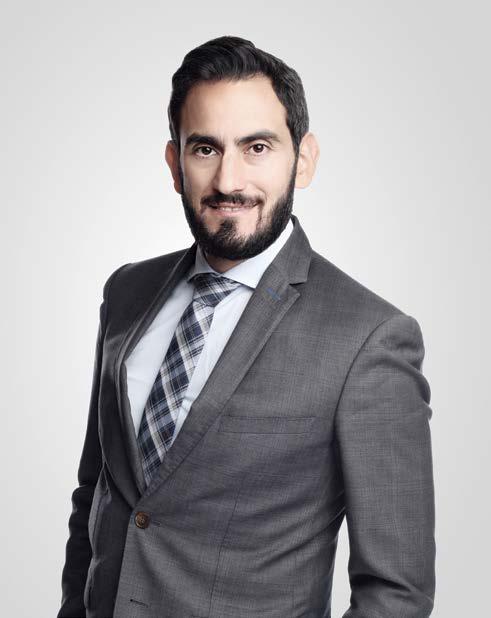
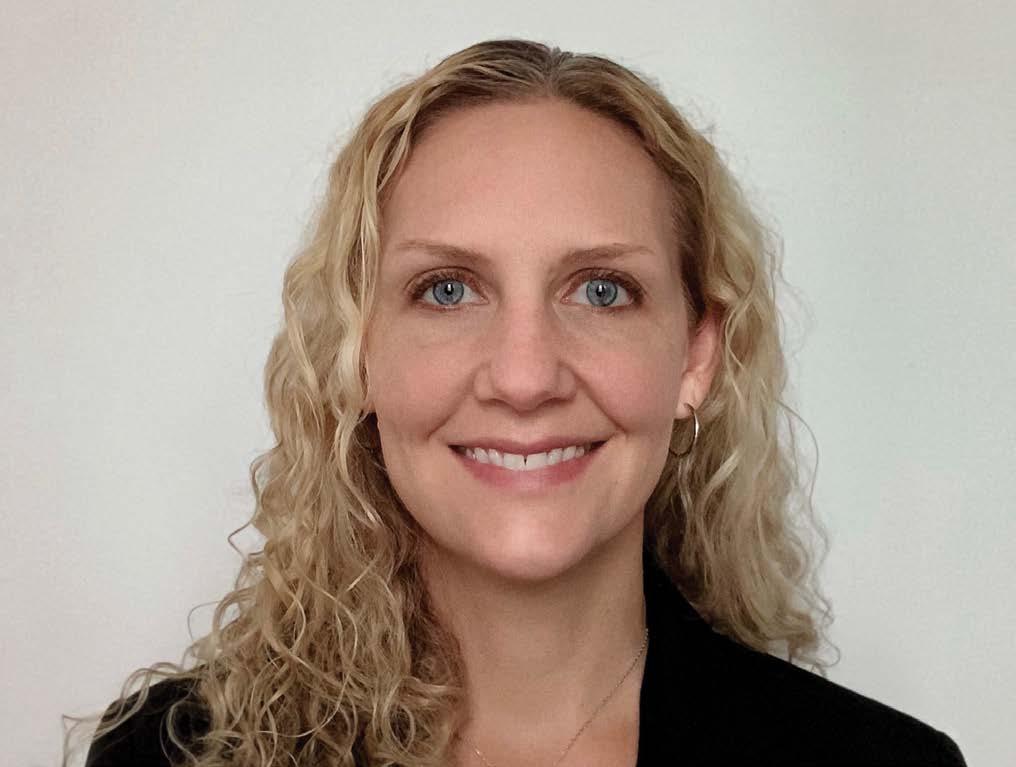


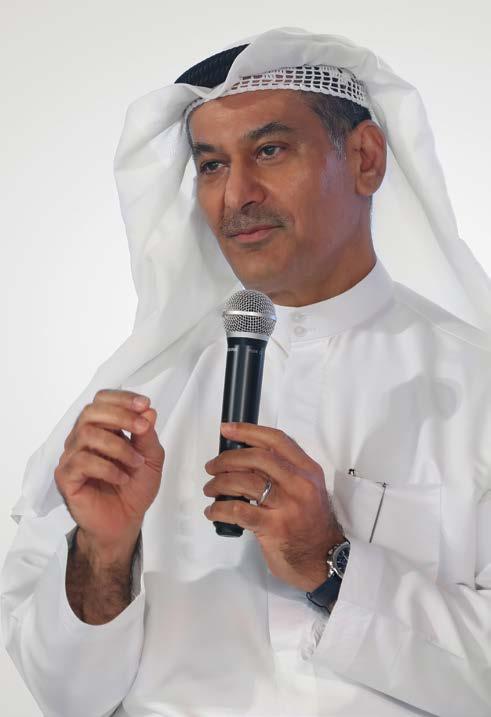
6 conomy middle east APRIL 2023 Contents | april 2023
Renewables, carbon footprint reduction, among ongoing plans
Technology & Innovation lifestyle
Estate Legal review
ESG gaining prominency in
real estate
62 60 55 40
A driving force to be reckoned with Significant changes under the new UAE Commercial Transactions Law Sustainability
Real
TAQA's sustainability agendas in UAE The Defender 130
UAE
Essam Al Tamimi:
Driving Financial Inclusion 44
Fintech focus with Drew Propson, head of Technology & Innovation financial services, World Economic
Forum

Publisher . JOSEPH CHIDIAC
EDITORIAL
Managing Editor . HADI KHATIB
Economy Contributor . HALA SAGHBINI
Editor-at-large, Automotive & Lifestyle . ALP SARPER
Real Estate & Construction Editor . NEHA BHATIA
Tech Editor . MAYANK SHARMA
Digital Editor . ELIAS AL HELOU
CONTRIBUTORS
PR & Content Strategy Director . CYNTIA BSOUSSI
Creative Director . RAYAN BARAKAT
For General Inquiries: info@jcmediagroup.com
For Editorial Inquiries: editorial@jcmediagroup.com
For Advertising Inquiries: commercial@jcmediagroup.com
Publishing House . JC MEDIA GROUP LLC
www.JCmediagroup.com
www.EconomyMiddleEast.com
@economymiddleeast
@economy_me
NOTICE:
HUSSAIN SAJWANI, ESSAM AL TAMIMI, SUZANNA ELMASSAH, RAJA ALAMEDDINE Printed
8 conomy middle east APRIL 2023
at Masar
LLC
Printing and Publishing
be
finished with
magazine, please recycle it. recycle
Opinions and views expressed in this publication are solely those of the contributors and not necessarily those of the publisher. No part of this publication may
reproduced or transmitted in any form or by any means without written permission of the publisher. When you have
this
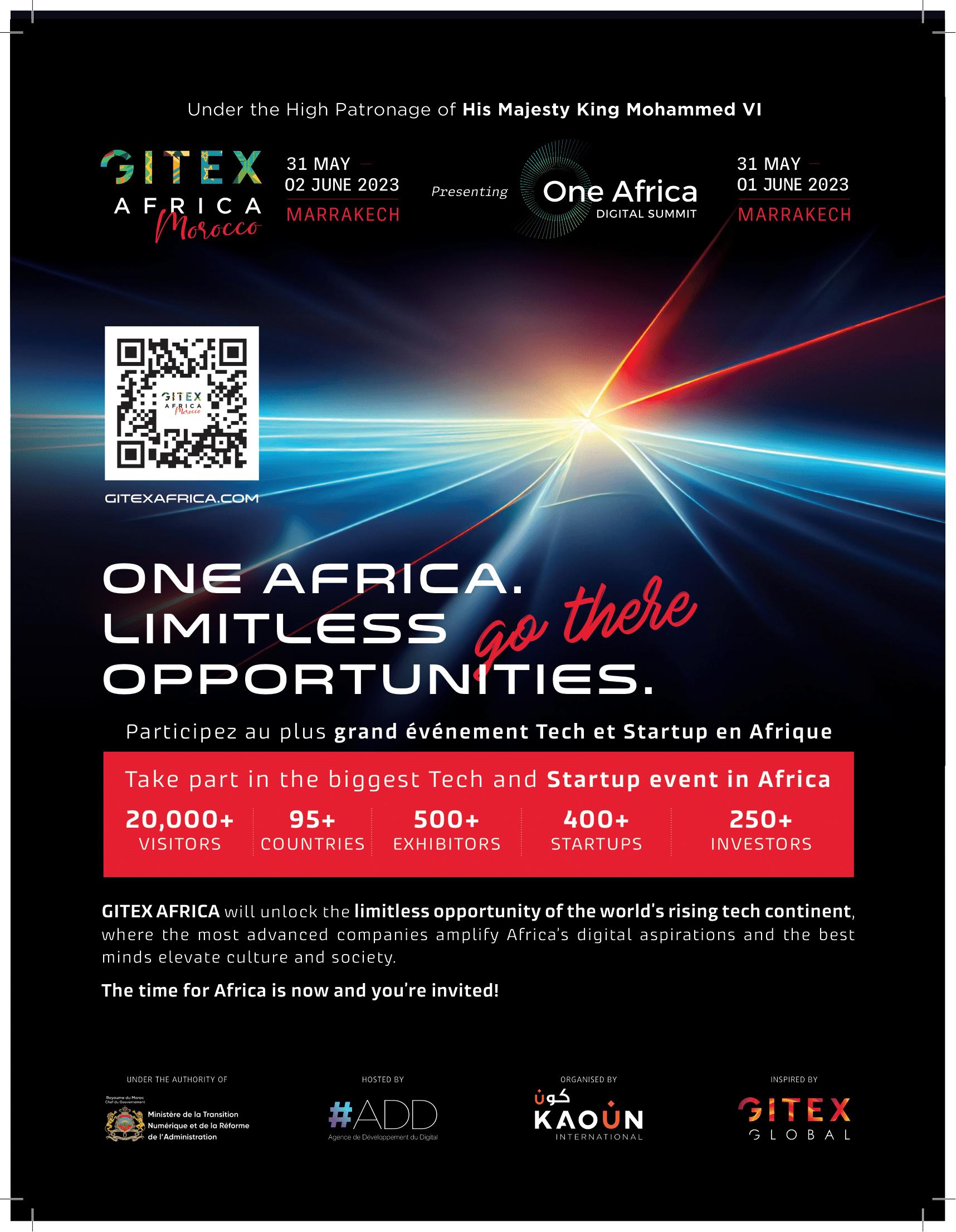
Banking on innovation: Financial industry's survival hinges on novel technologies
Several years ago, the chairman of a programming company made a remark at the World Economic Forum in Davos, stating that “Speed is the new currency in the business world.”
I didn’t fully comprehend the depth of this statement until COVID-19 swiftly disrupted our lives and the business world. This frightening virus swept across every country, bringing our lives to a halt and imposing new rules for transactions, particularly in the financial sector between banks and their customers.
Banks had to rapidly develop and implement new ideas and technologies to provide services that meet the needs of their customers as well as respond to competitive changes and remain competitive.
In other words, Financial institutions were forced to adopt innovation as the foundation of their business models to maintain their brand excellence, embrace rapid change, and create fresh solutions to meet the expectations of their customers, strengthen their competitive positions and protect market share.

The current global economic climate has placed a greater emphasis on the importance of digital technologies, with
digital capabilities and skills being critical to ensuring the resilience and sustainability of economic growth. In today’s highly competitive market, banks’ chances of survival depend on the speed of development, creativity, and innovation of their work methods. The provision of advanced and innovative products that meet the needs of their customers is also critical in ensuring a competitive advantage.
Given the significance of innovation in achieving long-term success and survival, media reports highlight the investments banks are making in financial technology and digital transformation. These include platforms, applications, blockchain technology for cross-border payments, and artificial intelligence to improve customer service.
At a time when Western banks are struggling to compete and face significant challenges that may delay their investments in financial technology, Gulf banks are taking the lead by investing heavily in their technological infrastructure and introducing innovative products and digital services. These actions align with the ambitious economic visions and development plans of the GCC, aimed at transforming the region into a global financial, economic, and cultural hub. Innovation is no longer an option but a necessity for the banking industry to remain competitive. Banks must continuously renew themselves or face arrested development.
Chief Executive Officer – Publisher
Joe Chidiac
10 conomy middle east APRIL 2023
EDITORIAL LETTER


23 rd EDITION
UAE Central Bank implements Digital Dirham strategy with G42 Cloud and R3
Measure aims to improve financial infrastructure, address payment challenges
The CBUAE recently held a signing ceremony with G42 Cloud and R3 to mark the implementation of its Central Bank Digital Currency (CBDC) Strategy, known as the Digital Dirham. As part of the CBUAE’s Financial Infrastructure Transformation (FIT) Program, the CBDC Strategy is one of nine initiatives aimed at improving financial infrastructure in the UAE.
To bring its CBDC Strategy to fruition, the CBUAE has engaged G42 Cloud and R3 as infrastructure and technology providers, respectively. The first phase of the strategy is expected to take 12 to 15 months and consists of three main pillars. These include the soft launch of mBridge,
which will facilitate real-value cross-border CBDC transactions for international trade settlement. Additionally, proof-ofconcept work for bilateral CBDC bridges with India, a top trading partner of the UAE, will be undertaken. Finally, proof-ofconcept work for domestic CBDC issuance will be conducted, covering both wholesale and retail usage.
After several successful CBDC initiatives, such as Project “Aber” with the Saudi Central Bank in 2020, the CBUAE is ready to implement its CBDC Strategy, which will address issues related to domestic and cross-border payments, enhance financial inclusion, and promote a cashless society. The CBDC will also strengthen the UAE’s payment infrastructure by providing robust payment channels and ensuring a resilient and reliable financial system. Moreover, the CBUAE aims to ensure the UAE is ready to integrate payment infrastructures with the potential future tokenization world of financial and non-financial activities.
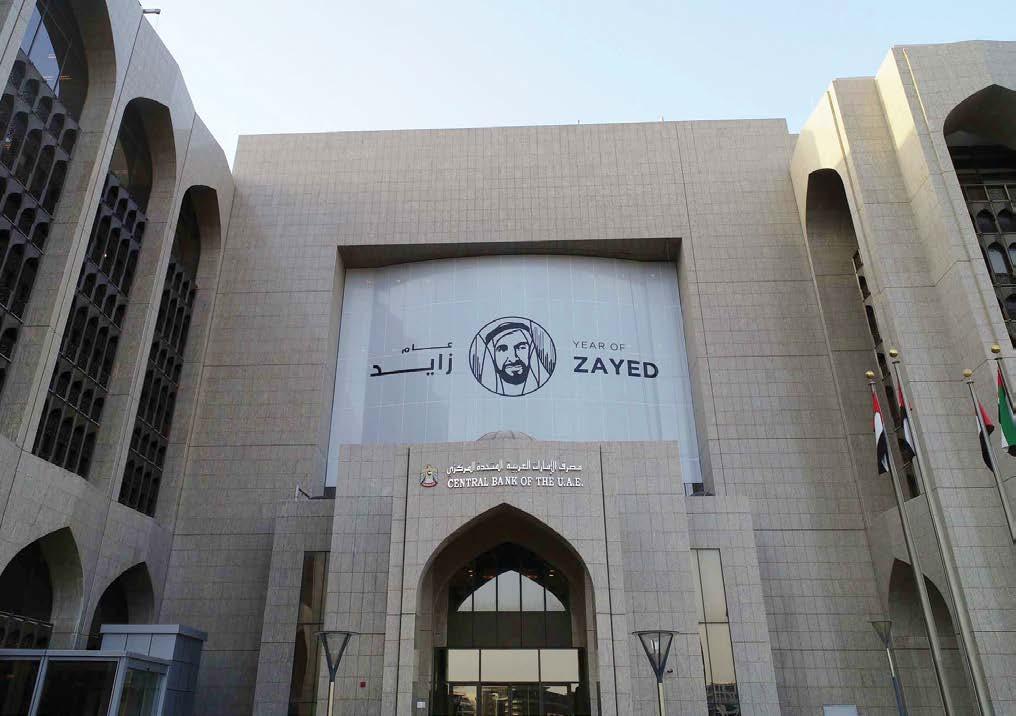
Saudi Arabia's PIF invests SAR 5 billion in four national contracting companies
Governor outlines fund’s strategy to invest SAR 1 trillion in new projects in region
Yasir Al-Rumayyan, the Governor of Saudi Arabia’s Public Investment Fund (PIF), announced that the fund has invested SAR 5 billion in four national contracting companies – Nesma and Partners, Al-Saif, Al-Bawani, and Almabani. The capital increase aims to build strong entities in line with the country’s construction ambitions.
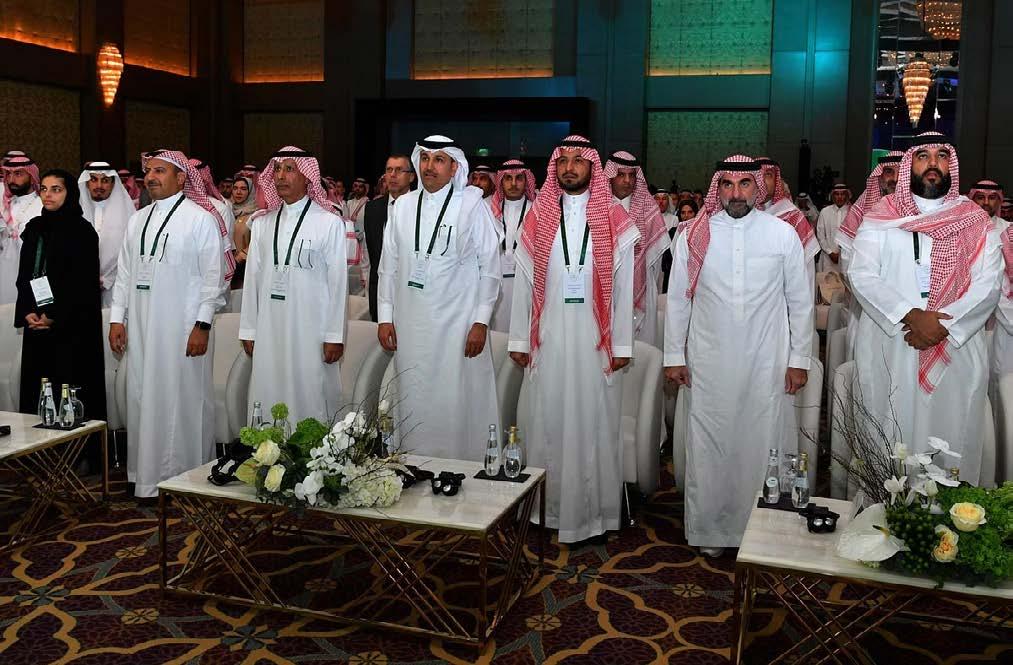
Speaking at the PIF Private Sector Forum, Al-Rumayyan outlined the fund’s strategy to invest SAR 1 trillion in new projects in the region. “Within the framework of supporting
national development as one of the most important pillars of PIF’s strategy, the fund decided on a strategy to develop 13 strategic sectors in the Kingdom. It also launched initiatives to develop a clear mechanism to involve the private sector as an investor and partner in those sectors. For instance, [real estate firm] Roshn has created opportunities for the private sector by allocating 30 percent of its land to real estate developers to build promising housing,” AlRumayyan said.
Al-Rumayyan also emphasized the importance of the recycling sector and the fund’s efforts to support it, including the establishment of the Saudi Investment Recycling Company (SIRC) and the creation of specialized companies for joint investment to support the private sector’s growth.
Finally, Al-Rumayyan announced PIF’s plan to increase its contribution to local content to 60 percent by the end of 2025.
12 conomy middle east APRIL 2023 short news
Saudi Arabia signs 14 investment agreements with sports bodies
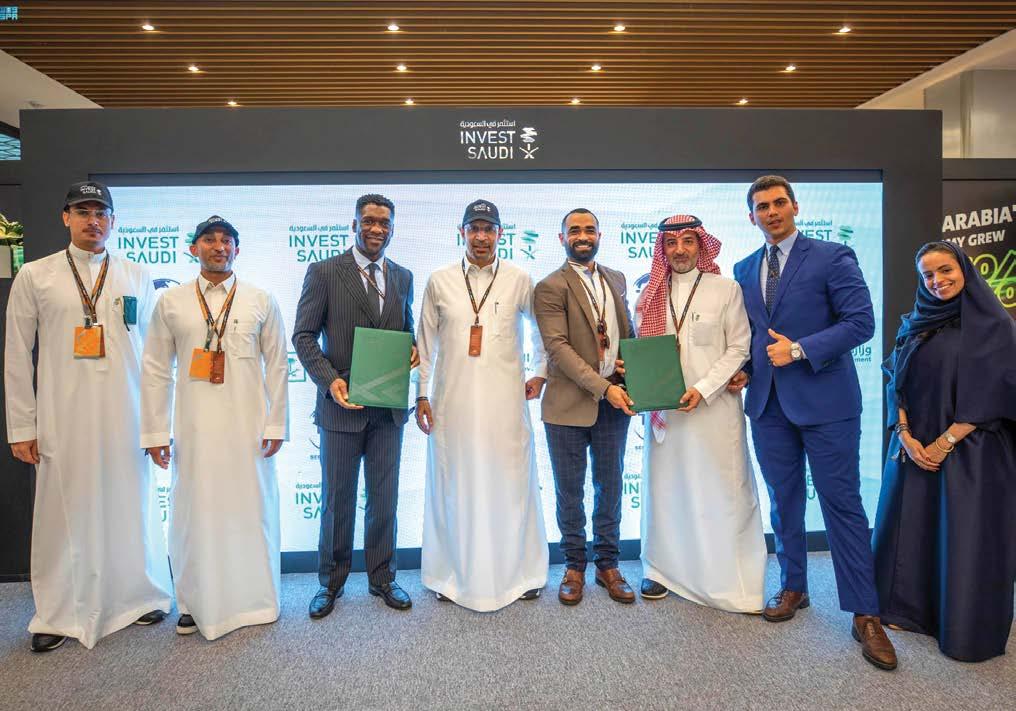
Deals to benefit sector with top-tier projects such as events, academies and medical clinics
Saudi Arabia’s Minister of Investment, Khalid Al-Falih, has announced the signing of 14 agreements aimed at developing the Kingdom’s sports and entertainment sectors. The deals were signed during Formula One’s Saudi Arabian Grand Prix in Jeddah, and are part of Saudi Vision 2030’s efforts to increase public participation in sports and sponsor talent development pathways.
These agreements are expected to benefit the sports industry, with projects such as events, academies and medical clinics, as well as the construction of infrastructure projects for motor racing circuits and professional training
circuits. The agreements also aim to assist investors in the field of sports studies and consulting.
New partnerships include agreements with BAC Cars and VeloceLife to launch a leading manufacturing facility of BAC sports cars in Saudi Arabia, with PureGym Group to support the expansion of gym and fitness facilities, with Seedorf Group for the establishment of sports academies and sports medical clinics, and with Meritus Formula4 to explore the activation of the Formula 4 academies and hosting championships in Saudi Arabia.
Saudi Arabia’s sports sector has seen significant development in recent years, driven by widespread social transformation and government investment commitments of $2 billion in sports by 2024. The sector’s contribution to non-oil GDP is expected to reach over $22 billion by 2030, with an additional $5 billion in private sector contribution required. This provides significant opportunities for international investors.
Dubai World Cup success reflects UAE's commitment to global excellence

His Highness Sheikh Mohammed bin Rashid Al Maktoum, Vice President and Prime Minister of the UAE, Ruler of Dubai, attended the 27th Dubai World Cup at the Meydan Racecourse. His Highness was accompanied by His Highness Sheikh Hamdan bin Mohammed bin Rashid Al Maktoum, Crown Prince of Dubai and Chairman of the Executive Council of Dubai, and His Highness Sheikh Maktoum bin Mohammed bin Rashid Al Maktoum, Deputy Ruler of Dubai, Deputy Prime Minister, and Minister of Finance of the UAE.
Speaking on the occasion, H.H. Sheikh Mohammed bin
Rashid Al Maktoum said that the success of the Dubai World Cup reflects the UAE’s determination to be a global role model for achievement and excellence in various fields. The UAE’s superior infrastructure and emergence as a major venue for global tournaments and a magnet for leading international sporting figures have marked the city as one of the world’s greatest sporting destinations, H.H. Sheikh Mohammed added.
His Highness Sheikh Mohammed followed the races of the 27th Dubai World Cup event, which brought together the best racehorses, trainers, and jockeys globally and thousands of spectators.
One of the world’s biggest horse racing tournaments, the prestigious event offered total prize money of $30.5 million. The event’s nine-race card featured 127 horses from 13 countries.
Moreover, H.H. Sheikh Hamdan bin crowned the winner of the main $12 million Group 1 race of the Dubai World Cup, which was sponsored by Emirates Airlines.
13 conomy middle east APRIL 2023
Sheikh Mohammed bin Rashid attends Dubai World Cup 2023
Ransomware attacks remain top threat to businesses, $30 Bn in damages expected by 2023
Cybersecurity firm warns of AI risks to digital ecosystems
Ransomware attacks remain the top threat to businesses of all sizes globally and are projected to cause damages exceeding $30 billion by 2023, according to cybersecurity firm Acronis. In its latest Cyberthreats Report, Acronis notes that it stopped over 100 million cyber-attacks in 2022 and that the average cost of data breaches is expected to reach $5 million in 2023.

In Saudi Arabia, breaches are projected to reach an average cost of $7 million, as the country continues to report one out of every five attacks as being ransomware. Cybersecurity
experts attribute this to weak credentials, phishing emails, and unpatched vulnerabilities, which remain the top vectors for cyberattacks. Meanwhile, in the UAE, targeted organizations lost over $1.4 million in ransomware attacks, forcing over 40 percent of them to shut down.
The accelerated advancement of AI-driven innovations is causing concern, as cybercriminals are expected to use this technology to create more complex cyber threats. Acronis warns that AI and machine learning (ML) technologies could pose a big risk to digital ecosystems that are not protected. Cyber protection experts believe that cybercriminals are likely to take advantage of these new tools to increase the effectiveness of their attacks by crafting harder-to-detect assaults.
Riyadh Air set to serve over 100 destinations, create 200,000 Jobs, add $20 billion to GDP
Saudi Arabia’s Crown Prince Mohammed bin Salman has formally announced the launch of a new national airline, Riyadh Air, in an effort to compete with regional transportation and travel centers. The airline will be chaired by PIF Gov. Yasir Al-Rumayyan and led by industry veteran Tony Douglas as its chief executive. Riyadh Air will operate from the Saudi capital as its hub, and is expected to add $20 billion to the Kingdom’s non-oil GDP growth, while creating over 200,000 direct and indirect jobs.
Riyadh Air aims to leverage the Kingdom’s strategic location between Asia, Africa, and Europe, with plans to serve over 100 locations worldwide by 2030, according to the Vision 2030 official website. Riyadh Air is solely owned by the Public Investment Fund (PIF), which manages more than $600
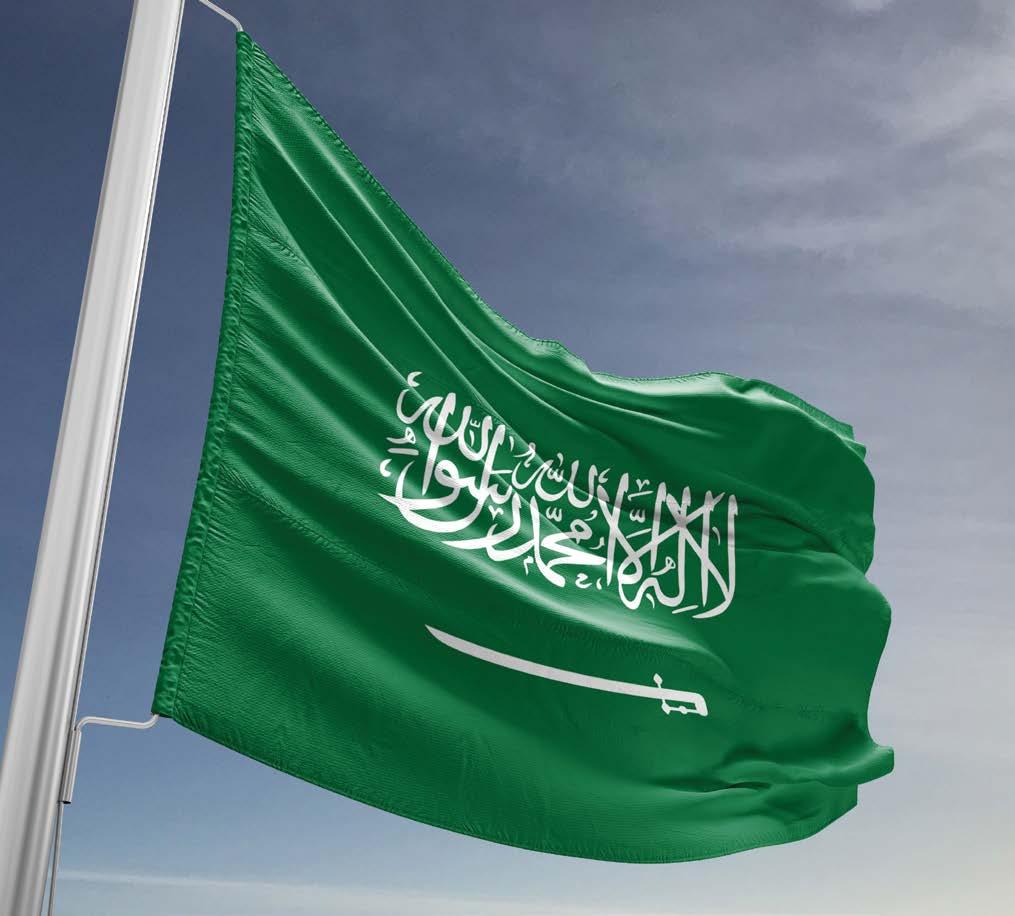
billion in assets and is driving the country’s efforts to diversify its economy and reduce its dependence on oil.
According to industry sources, Saudi Arabia is in advanced talks with Airbus to purchase over 40 A350 aircraft, while Boeing is also vying for a share of the Kingdom’s growing transportation market. In addition, officials have announced plans for a new airport in the capital city of Riyadh, spanning 57 sq. km, which is set to accommodate 120 million travelers per year by 2030 and 185 million travelers by 2050. Currently, the capacity of the existing Riyadh airport is around 35 million travelers.
14 conomy middle east APRIL 2023
KSA looks to compete with regional transportation hubs with launch of new carrier
short news
Major U.S. banks lead bailout of First Republic
Wall Street comes to the aid with $30 bn in deposits
Attention returned to the United States after three regional banks, namely Silvergate, Silicon Valley, and Signature, failed within a week. The medium-sized First Republic appeared to be facing a similar situation, as its shares experienced a significant drop after the Silicon Valley Bank crash. Following this collapse, Swiss Credit Suisse had to borrow up to $54 billion from the Swiss Central Bank to restore investor confidence and support liquidity.
On March 15, Bloomberg reported that First Republic was contemplating a sale due to a 70 percent drop in its stock value in the previous nine trading sessions. However, Wall Street came to the bank’s aid the next day, depositing $30

billion to help it out of its predicament.
JPMorgan, Bank of America, Citigroup, and Wells Fargo will contribute approximately $5 billion each, while Goldman Sachs and Morgan Stanley will each contribute roughly $2.5 billion. Additionally, Trust, PNC, US Bancorp, State Street, and Bank of New York Mellon will each deposit around $1 billion.
As of March 12, the bank had over $70 billion in available liquidity, not including additional funds from the Federal Reserve’s Bank Term Funding Program. However, this was insufficient to prevent investors from dumping the stock. The bank had approximately $34 billion in cash as of March 15, not including the new $30 billion in deposits.
UBS acquires Credit Suisse in bid to strengthen global banking sector
Merger worth 3 bn Swiss francs aims to boost financial stability
Switzerland’s largest bank, UBS, has acquired struggling rival Credit Suisse in a merger approved by Swiss authorities to prevent further disruption in the global banking sector. The deal is valued at 3 billion Swiss francs (3.02 billion euros) and will be paid in shares, or 0.76 francs per share, based on Credit Suisse’s value of 1.86 Swiss francs on March 17.
The merger was completed before the bourse opened on March 20, to avoid a panic in the markets. Both UBS and Credit Suisse are among the 30 banks deemed “too big to fail.”
Observers hope that the merger will prevent a widespread panic in the markets. This move follows similar efforts in Europe and the United States to support the banking sector in the aftermath of the Silicon Valley and Signature collapses.
After the merger, the Swiss central bank announced it would provide significant liquidity to both banks, with 100 billion Swiss francs in financial aid allocated to UBS and Credit Suisse.
UBS expects to save approximately $7 billion in costs annually by 2027. Credit Suisse shareholders will receive one share in UBS for every 22.48 shares they own in Credit Suisse, equivalent to 0.76 Swiss francs per share.
The finance minister has also confirmed that UBS will benefit from a government guarantee of approximately 9 billion francs to address any issues that may arise in Credit Suisse’s portfolios.

15 conomy middle east APRIL 2023
Standard Chartered
takes innovative and sustainable approach to bridging capital and trade in MENA
Regional CEO Sunil Kaushal asserts lender ‘keen to unlock paths to net zero’
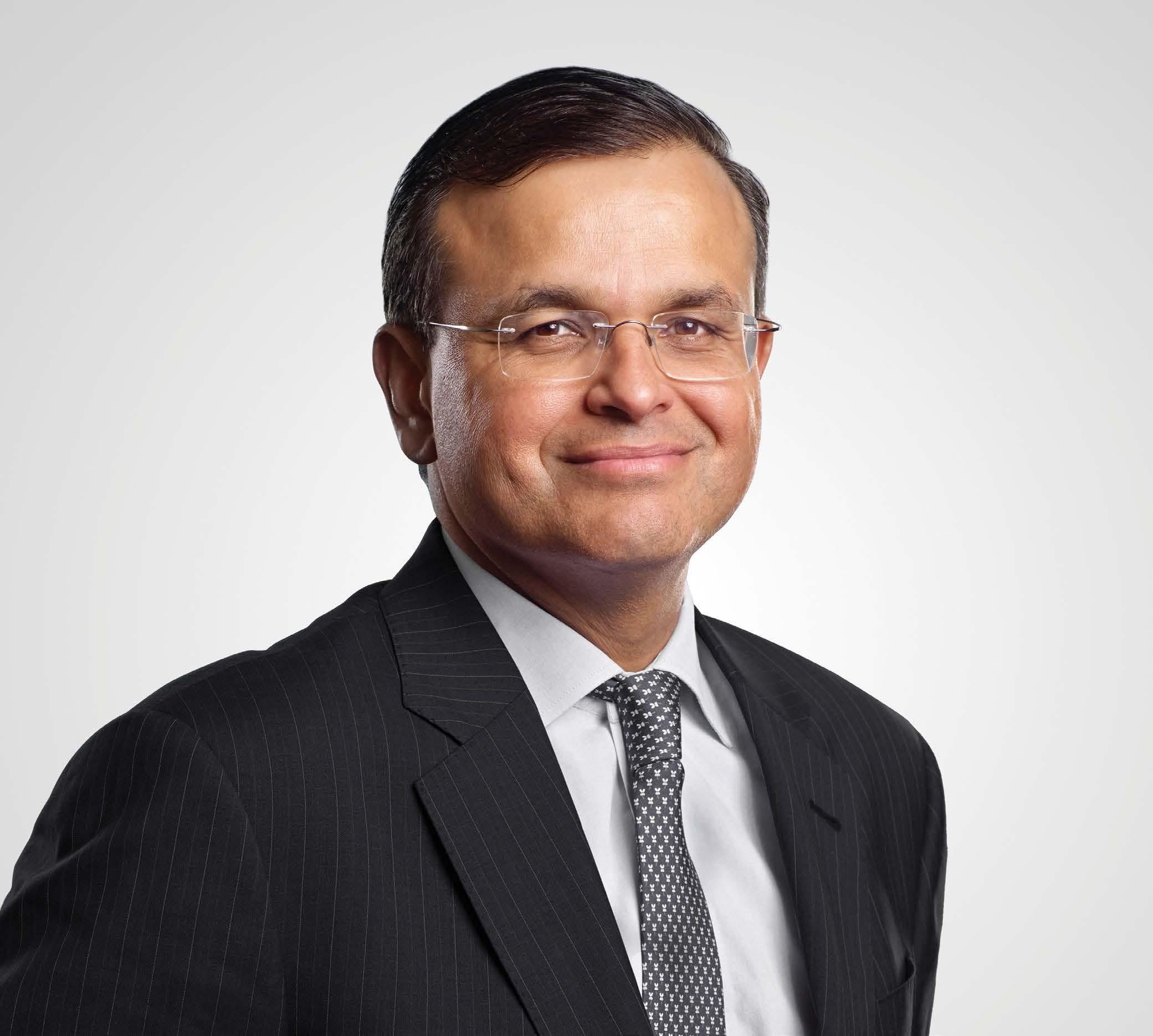
16 conomy middle east APRIL 2023
cover story
Sunil Kaushal, Regional CEO, Africa and Middle East, Standard Chartered
The recent banking crises in the U.S. and Europe have left many searching for a positive story, and Standard Chartered seems to be just that. With an impressive 7 percent increase in operating income to $2.6 billion, thanks in large part to the exceptional economic performance of the GCC, the bank is making strides in bridging capital and investments with trade through digital transformation. Standard Chartered’s AME region delivered recordbreaking performance, and the bank’s future plans include further investment in financial markets and transaction banking businesses that prioritize sustainable practices.
To gain insight into these plans and more, Economy Middle East had the opportunity to speak exclusively with Sunil Kaushal, Chief Executive Officer of Africa and Middle East Region at Standard Chartered. In this interview, we delve into the bank’s strategies for continued growth and its commitment to sustainable practices.
You said earlier that the GCC markets are optimistic about outperforming global growth. What are your expectations for the growth rates they could achieve? What challenges are they facing this year?
2022 was an exceptional year for GCC economies driven by higher oil and gas revenues on the back of increased energy prices. This has further advanced the GCC’s economic diversification agenda, leading to additional growth in non-energy sectors and has in turn supported numerous initiatives such as the Dubai Economic Agenda (D33) and Vision 2030 in the Kingdom.
The region’s strong capitalization, economic and development strategies, as well as government initiatives to support investment, in addition to the efficiency of the banking sector, will continue to be key positive factors. Saudi Arabia and the UAE will continue to drive their economic diversification agenda, while other countries like Bahrain and Oman look to boost talent competitiveness, FDI and fiscal consolidation. For the private sector in the region in particular, we expect companies to continue to be resilient and perform positively, supported by robust balance sheets, substantial funding and healthy earning profiles.
While we expect growth to remain healthy in 2023, a moderation is likely as OPEC oil production increases are reversed. The GCC region stands out among EM peers for its very low funding needs. Non-oil-exporting economies in the Middle East, however, are in a much tougher position as elevated energy and food import bills lead to financing difficulties. Financing is likely to remain challenging in 2023, although multilateral and GCC support should help countries such as Egypt and Jordan meet their funding needs.
While the region faces a limited impact from geopolitical tensions and tightening monetary policy supported by growth in the non-oil economy and moderate inflation, specific challenges exist and cannot be overlooked. We expect inflationary pressures, uncertain global oil demand and recessionary fears to impact growth mildly for the GCC region, compared to 2022. Non-oil sectors across GCC economies are likely to be tested on their ability to compensate for potential pressures that weigh down on oil revenues throughout the year. While higher interest rates continue to be a challenge, weighing on deposits and mortgage growth, its negative implications may be limited for the UAE given that its property transactions are dominated by investor-led non-mortgage transactions.
Furthermore, the UAE’s liberalization of immigration laws will support domestic demand, boosting population growth. Economic growth prospects in the region will continue to be driven throughout the year by national diversification agendas. However, infrastructure investments such as the North Field gas expansion in Qatar, or giga-projects such as NEOM in Saudi Arabia will require substantial financing to plug investment gaps, where sources of funding are diversified across banks, capital markets and FDIs. As an international bank, Standard Chartered plays an important role acting as a bridge and creating opportunities to access capital from overseas into the region to further support economic growth.
Facilitating trade corridors in the world is another thing that differentiates us as a bank. To this end, we expect world trade to slow in 2023 as pent-up demand moderates and tighter monetary policies curbs new demand. Trade conflicts on account of geopolitical tensions may also affect trade flows in the coming months. The WTO predicts that global merchandise trade will grow by a modest 1 percent in 2023, down from 3.5 percent in 2022. That said, world trade could pick up in H2 as growth improves in China, the U.S. and the euro area.
17 conomy middle east APRIL 2023
Facilitating trade corridors in the world is another thing that differentiates us.
How does growth translate into gains for the bank in terms of retail sales, transactional banking and financial markets?
Strong economic growth for the GCC region and positive government confidence has created a strong sense of optimism amongst the private sector, investors and consumers. Supported by robust economic growth, governments in the region have invested in future economic projects and have taken several measures to incentivise the economy. These investments are targeted toward key pillars of the economy ranging from infrastructure, tourism, ease of doing business, private-sector schemes and citizen benefits.
All of this activity requires significant funding. This is where banks, other financial institutions, and capital markets play an integral role in providing the required financial capital. Banks stand to gain from this surge in economic activity, especially in a high-interest-rate environment. The growth of certain sectors, for example, real estate, strengthens profitability for banks through higher demand for mortgages. In addition, strong government confidence attracts high-quality investors and directs substantial FDI into its economies.
The region’s strong economic performance was reflected
in our results for the year, with our underlying operating income of $2,606 million having risen by 7 percent – driven by growth in Transaction Banking, Financial Markets and Retail. As the traditional boundaries between the financial and technology sector continued to blur over the last year, we also listened intently to our customers and invested in transforming our business digitally.

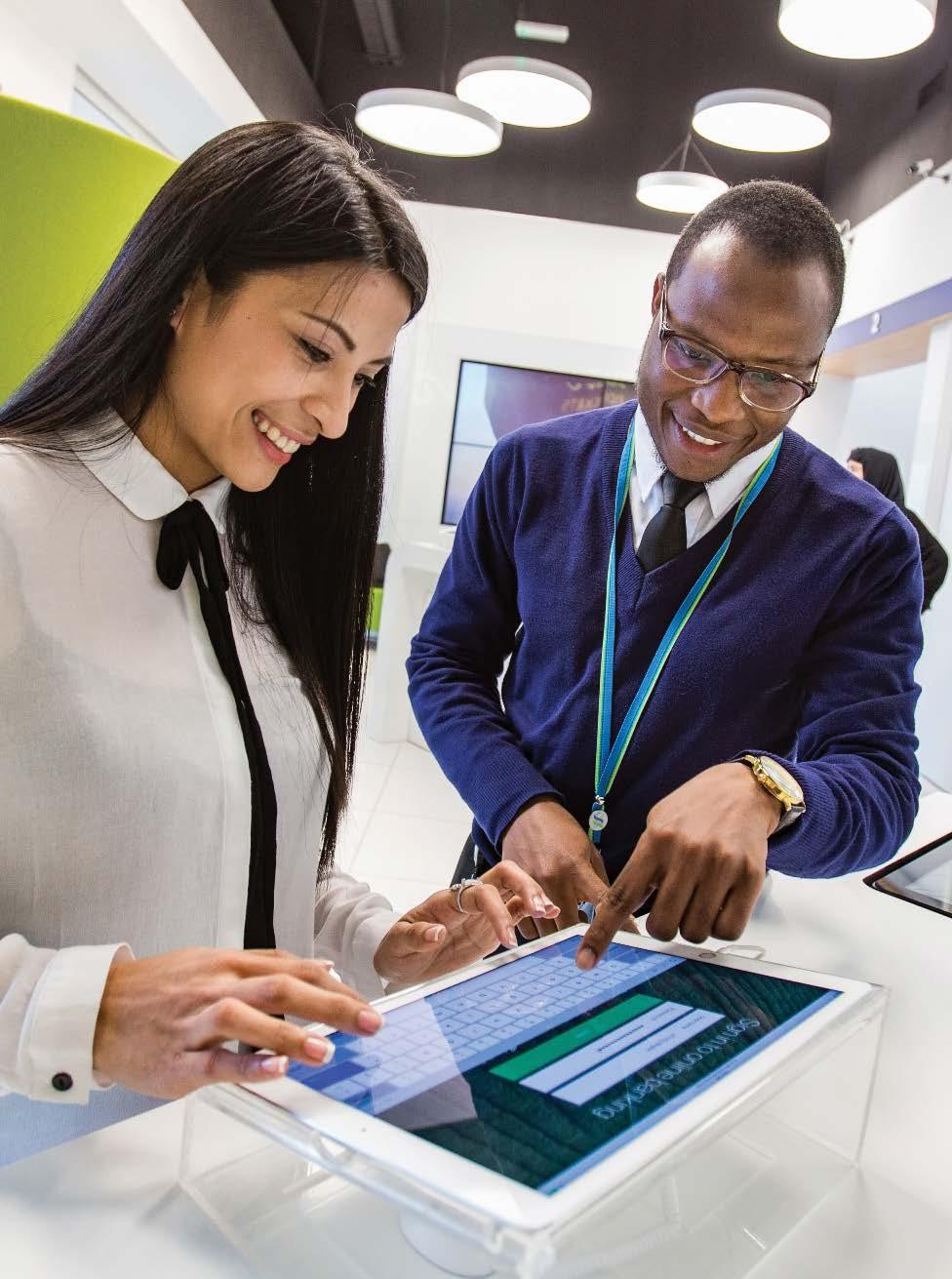
For example, we launched our API platform in Saudi Arabia to better serve our customers and align with the Kingdom’s ambition to be a regional digital hub, and we continue to be a bridge to bring in capital and facilitate trade and investment from overseas. An example of this was in September when we announced $566.4 million of Export Credit Agency-backed Islamic financing for Saudi Electricity Company to support a Saudi-Egypt electricity interconnection project, which allows Saudi Arabia and Egypt to exchange up to 3,000 MW of power.
Our business in the Africa & Middle East region achieved a year of record-breaking performance, recording its highest level since 2015. For the year ahead, we will continue to invest in our world-class financial markets and transaction banking businesses leveraging on the significant opportunities that exist in our region.
18 conomy middle east APRIL 2023
cover story
Sustainability considerations remain central to our growth ambitions and are shaping the future of banking. We take pride in introducing novel concepts to the market and supporting our clients in executing ground-breaking deals. To cite a few instances, we successfully closed the first carbon credit trade for the MENA Voluntary Carbon Market (“MENA VCM”), launched the region’s first Sustainable Supply Chain Finance program in partnership with Majid Al Futtaim, facilitated the signing of the first sustainability-linked loan by a private company, Landmark Group, and most recently, enabled the region’s inaugural Receivables Financing Facility for Siemens in the UAE.
How would you assess this year’s bond and Sukuk markets in Africa and the Middle East following their strong performance in 2022?
For 2023, we expect the bond and Sukuk markets to remain positive throughout the year. In the Middle East, countries such as UAE, Saudi Arabia, Qatar, and Egypt are poised to remain significant players in the capital markets, particularly in GCC countries, which are boosted by robust economic growth and a strong focus on economic diversification. This translates into an increasing number of project and infrastructure deals, bolstered by fixed-income issuances by both corporates and governments. However, factors that could potentially limit growth in the market include the fiscal surpluses that these countries have accumulated over the past year, in addition to higher borrowing costs.
Last year, we once again led the region's bond and Sukuk markets.
Last year, we once again led the region’s bond and Sukuk markets, taking the top spot in the AME league tables. In the Middle East, for example, we were proud to support the UAE Ministry of Finance in its inaugural issuance of the local currency treasury bonds worth AED 1.5 billion –the UAE’s first dirham-denominated treasury bond, which was 6.3 times oversubscribed during the first auction. In
Saudi Arabia, Standard Chartered acted as a Joint Active Bookrunner and Joint Green Structurer for the Public Investment Fund’s (“PIF”) issuance in the form of their $3 billion green bond. Overall, it proved to be a landmark transaction, ultimately achieving the milestone of first Sovereign Wealth Fund to issue a 100-year tranche in history and the largest ESG issuance from the region, fortifying Standard Chartered’s position as the leader in the GCC Debt Capital Markets.

For African markets, we expect renewed bond issuance activity, with the market to be conducive to innovation in different areas of the capital markets, whether it is in Sukuk issuances for sovereigns, partial/guaranteed bonds, or ESG-linked bonds, as the AME region’s syndicated market for green and sustainability-linked bonds and loans continues to deepen and mature.
The West African region is best positioned for Sukuk issuance, having a well-developed legal and regulatory framework for Islamic finance in general and Sukuk issuances in particular. Countries like Nigeria, Senegal, Gambia and Cote d’Ivoire have already issued domestic Sukuk and hence have the flexibility to tap the market when needed. The North African countries such as Egypt, Morocco and Tunisia have also made the necessary regulatory and legal changes and are ready for issuances.
19 conomy middle east APRIL 2023
South Africa too is home to Islamic banks and windows of conventional banks, and having done its debut international Sukuk in 2014, it is well positioned to tap this growing market. The countries of East Africa are at various stages of putting together the necessary infrastructure to issue Sukuks, and once ready, they can also join the growing list of issuers.
On the Islamic banking side, our Saadiq business also performed strongly across its diverse product range and continued to lead the market in innovative deals and transactions. As a result, Saadiq received global recognition as the “best Sukuk Bank” and “Best Islamic Investment Bank” by Global Finance and “Best Islamic Bank for Digital CX” by the Digital Banker. Key highlights include our role as the Sole Sustainability Structurer for Dubai Islamic Bank’s Sustainable Sukuk –the largest by a Middle East financial institution in the international capital markets since 2021. This was in addition to our role as one of the joint lead managers and bookrunners on Sharjah Property developer Arada’s $100 million Islamic bond deal after it tapped into an existing $350 million Sukuk that was issued and listed on the London Stock Exchange in June.
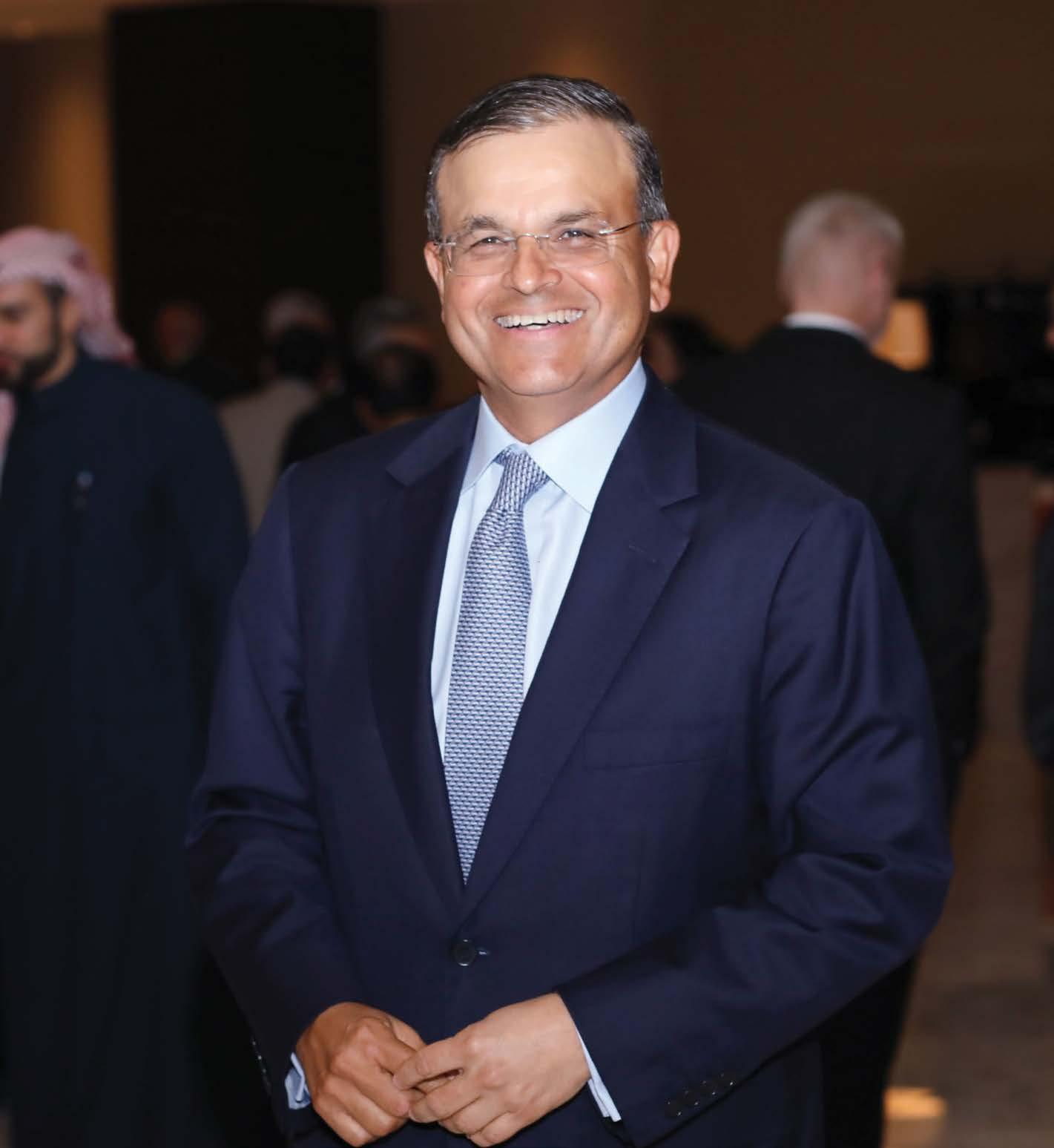
Saudi MCIT and Huawei sign ICT MOU
You showed excitement about the magnitude of the opportunities across the region. In which sectors do you see opportunities for growth and investment?
The growth we are envisaging in the Africa & Middle East region in the next five years is significantly higher than the growth we have had in the past five years. We are wellpositioned to tap into these growth opportunities, and also alongside accelerating our commitment to digitization and sustainability while also focusing on simplifying the business.
Africa is closely watched as the next big growth market –a description that has persisted for a while. The continent boasts the world’s largest free trade area (a market of 1.2 billion people), is the fastest urbanizing continent, and is home to some of the youngest populations in the world. The medium to long-term trajectory remains positive as today’s African citizens continue to build an enabling environment for the future. Sustainable economic development is core to the ongoing success of the continent.
Africa continues to create a digital ecosystem which is particularly crucial as a multiplier of growth, as access to smartphones and other devices enhances consumer information, networking, job-creating resources and even financial inclusion. Countries such as Nigeria, Egypt, Kenya and South Africa are powering the fintech industry in Africa, which is already an established global leader in mobile money. As a result, we see significant opportunities for collaboration and innovation through digital banking, ecosystem banking and blended finance to attract and direct additional capital to our markets.
In the Middle East, we are increasingly seeing markets diversifying their sectors. For example, the UAE is accelerating the country’s industrial sector transformation into a global manufacturing hub. Saudi Arabia, as part of its Vision 2030, continues to grow as a large attractive market that will continue to open and encourage private sector participation thereby enabling our global and regional customers to have the opportunity to participate in sectors like healthcare, education, entertainment and infrastructure.
20 conomy middle east APRIL 2023 cover story
You are involved in several green finance projects, the latest of which is the NEOM Green Finance Company. What is your program in this regard in a year that will witness the UAE hosting COP28, especially since the green concept has become inherent in almost all services and products, from green loans to green deposits, green investments, and others? Who do you think is the most prominent country in the region issuing green bonds and Sukuk? What will its future be?
As the effects of climate change continue to grow, as a bank we are keen to innovate and unlock paths to net zero. We must foster sustainable development which also creates a significant growth opportunity for the financial sector.
When we look at the Middle East, the UAE has made significant progress toward sustainable development. The UAE has closed some notable deals in the ESG segment such as First Abu Dhabi Bank’s green bond issuance, and the DP World’s green revolving credit facility, for which Standard Chartered was the Green Loan Coordinator.
In 2021, the Bank launched the first transition Sukuk, the landmark $600 million Sukuk facilitated Etihad to align with the United Nations Sustainable Development Goals in its carbon reduction targets, by investing in the next generation of fuel-efficient aircraft and developing the use of biofuels. In addition, Saudi Arabia will continue to be a major player in this segment. For example, we have successfully completed the first carbon credit trade for the MENA Voluntary Carbon Market (“MENA VCM”). The underlying transaction involving our key clients in the Kingdom is a clear demonstration of the promising potential of VCM markets globally. As announced by The Public Investment Fund (“PIF”) in September 2021, the MENA VCM is a core pillar of Saudi Arabia’s efforts to reach Net Zero by 2060.
In March 2022, five leading Saudi Arabian firms including Aramco, SAUDIA, ACWA Power, Ma’aden and ENOWA (a subsidiary of NEOM) joined the initiative as the first potential market partners. It’s likely that we will see demand grow as investor confidence in the region’s ESG credentials increases.
In addition to green instruments, it is important to recognize the role of regulators in this market. By providing guiding principles and the appropriate support, they can deliver a framework for the market to continue to grow. There are four key areas that regulators should consider: creating certainty, encouraging collaboration, facilitating awareness and fostering innovation. Supporting the provision of these should be a focus for market participants so that they can be confident in the long-term health of the market.
Ahead of COP 28 this year, we remain committed to integrating environmental and social considerations into our decision-making while supporting the massive shift of capital toward sustainable finance, which has become a priority for investors, companies, and individuals.
Are you combining Fintech, AI and potentially Web3 into your digital banking offering?

At Standard Chartered, fintech partnerships are powering our digital-first banking services that address diverse client needs. These partnerships and new capabilities have helped clients to connect quickly, easily and seamlessly to banking services while improving financial access for their clients and suppliers or other ecosystem members such as institutional investors.
A strong model for an effective bank-fintech partnership involves identifying complementary skillsets and mutually supporting areas of expertise and capabilities that combine into unique value propositions. The resulting propositions, stronger than what a bank or fintech could deliver on its own, aim to solve practical problems and advance strategic objectives for clients and markets. A partnership approach accelerates client access to that innovation. Meanwhile, banking clients can take advantage of the stringent due diligence that banks bring to vetting their fintech partners.
21 conomy middle east APRIL 2023
As a bank, we are keen to innovate and unlock paths to net zero.
Crypto.com executive lauds UAE's supportive stance on crypto, future of finance
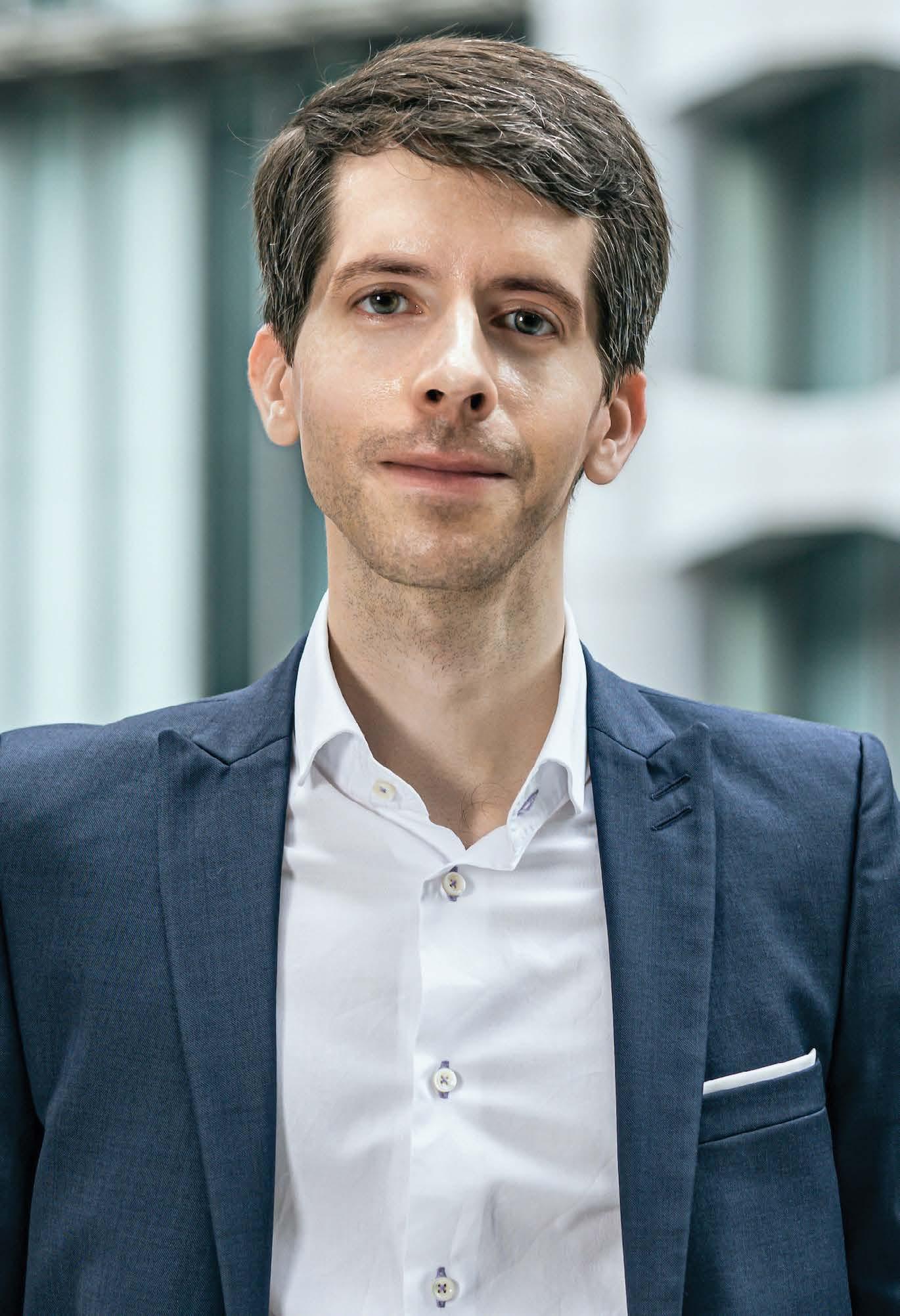
Anziani says country at forefront of innovation
Economy Middle East recently had the opportunity to sit down with Eric Anziani, president and COO of Crypto. com, a comprehensive cryptocurrency platform offering a wide range of services including trading, investing, staking, wallets, NFTs, and more. With a vision to make cryptocurrency accessible to everyone, Crypto.com is on a mission to accelerate the world’s transition to digital assets. During our interview on the sidelines of the Investopia event, we discussed the future of finance and the role of crypto, as well as the United Arab Emirates’ initiatives to attract global talent to the field.
It’s been somewhat of an active year for Crypto. How would you define the global landscape moving forward?
Definitely, 2022 has been a very challenging yet interesting year for the world, including the crypto industry. We have seen massive inflation, the conflict in Ukraine, and supply chain disruption, all coming out of the COVID situation, and those are the things that we dealt with. These macro conditions have had an impact on the financial services sector and the crypto industry. We’ve seen some consolidation in the industry as well as some actors who operated a little riskier and faced bankruptcy. It’s tough in the short term but I think good and healthy for the global crypto environment as it prepares for the next phase. At Crypto. com, our focus is on identifying new use cases that can help our customers continue to generate value in the current market conditions and beyond.
22 conomy middle east APRIL 2023
banking & finance
Eric Anziani, President and Chief Operating Officer, Crypto.com
The UAE has fast become a favorable destination for cryptocurrencies. What’s the underlying reason for that?
The UAE has been at the forefront of innovation, always forward looking, which is very important, eyeing new lines of business, studying the next economic opportunities to be built, to grow the country as a hub and benefit all its people. I find the culture here is one that cares about people, which is very close to the philosophy of crypto in terms of building communities and taking care of them. We’ve seen the government being very supportive in putting in place the right environment for growth in our industry. Having a regulatory framework that is fit for purpose is essential for companies to succeed in the industry. It provides clarity on how to operate, and we have been working closely with the VARA team. A few weeks ago, they published a very comprehensive regulatory framework that companies can use as a guide, and that’s very important. In addition, the government’s economic push recognizes the critical role that digital assets and the future of finance will play. The Dubai Economic Agenda 2033 (D33) and the Abu Dhabi Economic Vision 2030 both support digitization, digital assets, and the future of finance. This
supportive government is putting in place the right framework and collaborating with private sector partners to ensure responsible innovation in the space.
You are a key partner at Investopia. What are some of the key synergies that you share with the organizers?
We are very honored to be the founding partner of Investopia. I was there a year ago with His Excellency Abdullah bin Touq Al Marri, UAE minister of economy, to kick start the event. It’s a great platform to bring global leaders to the UAE to look at the challenges and the opportunities arising from them This enables us to leverage global intelligence and build new opportunities in the UAE. Therefore, we are excited to continue participating in this event. As a global player, we are committed to bringing to the table our expertise, best practices, and some of the research our teams have published, to address real transactional problems that people face. Our aim is to lower costs, ensure secure transactions, build new identities in the digital world using NFTs and Web3.0, and integrate games and crypto. These are all exciting topics that will help bring this space to the mainstream.
Crypto.com secures MVP Preparatory License from Dubai’s Virtual Assets Regulatory Authority
Crypto.com has announced that it has received the MVP Preparatory License from Dubai’s Virtual Assets Regulatory Authority (VARA), allowing it to fulfill all pre-conditions required to undertake MVP market operations within the VARA regime. The license will enable Crypto.com to extend its range of regulated virtual assets activities, including crypto exchange services, brokerage, margin/ leverage trading, and OTC offerings around settlements for institutional investors. This comes after Crypto.com received its initial provisional approval from VARA in June 2022. The MVP preparatory license was granted after a detailed review of Crypto.com’s personnel, governance procedures, best-inclass compliance practices, Anti Money Laundering/Countering the Financing of Terrorism (AML/ CFT) capabilities, Know Your Customer (KYC) and Ultimate Beneficial Owner (UBO) policies and procedures, cross-border safety and security measures, and compliance practices.
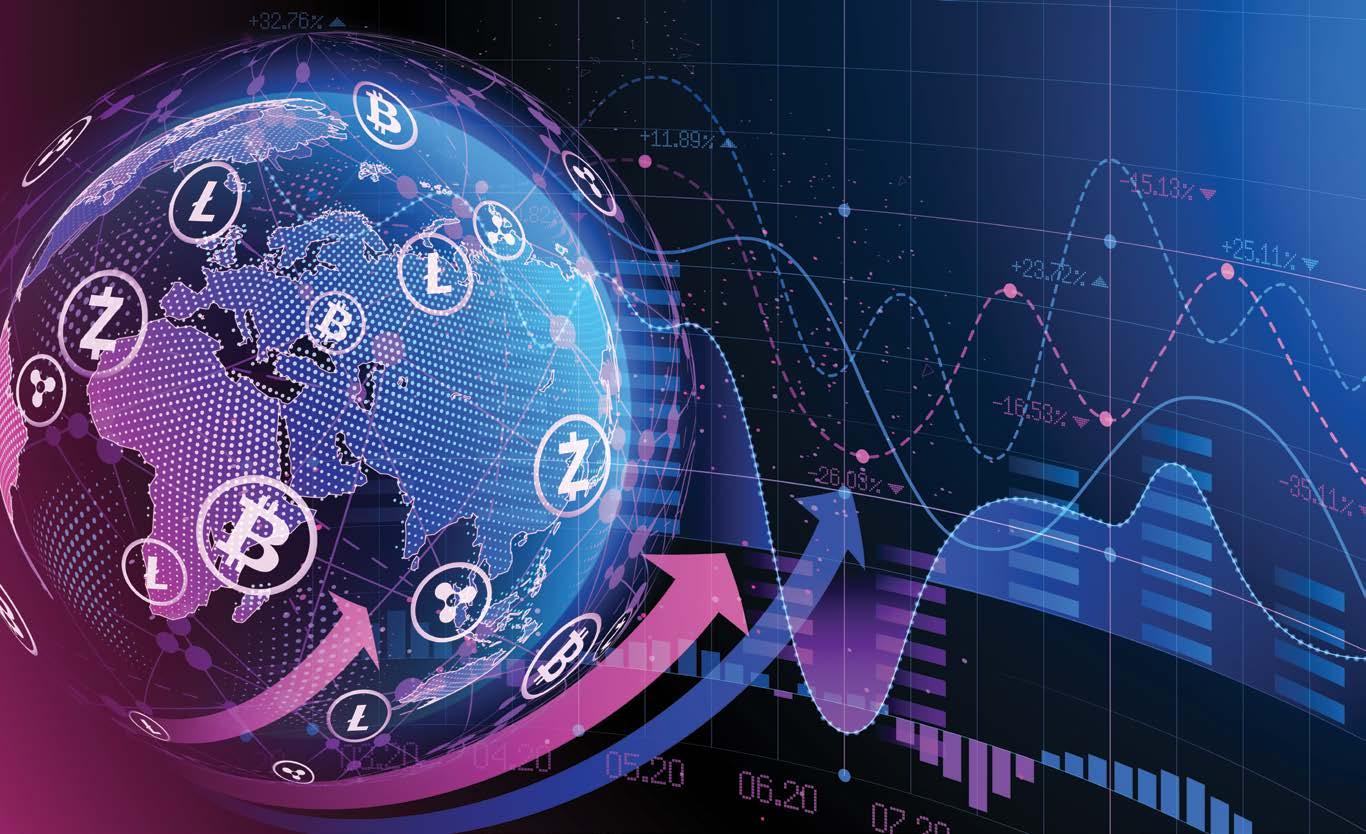
“We are pleased to welcome Crypto.com to the MVP program preparatory phase,” said VARA’s CEO Henson Orser. “Participation from credible players like Crypto. com will further our mission of delivering a progressive and future-focused regulatory framework.”
Kris Marszalek, CEO of Crypto.com said: “With the MVP Preparatory License, we look forward to continuing to work with regulators in providing customers the most comprehensive and secure crypto.
23 conomy middle east APRIL 2023
Rise of Open Banking in MENA: A Customer-Centric Financial Ecosystem
Leveraging fintech agility & banks’ scope to drive scalable products
Tarabut Gateway made history in December 2019 as the first regulated Open Banking platform to go live in Bahrain with its API infrastructure in the MENA region. Since then, the company has been making waves in the industry, earning significant media attention for its accomplishments.
In 2021, the firm secured a record-breaking $13 million in fintech seed funding, followed by another $12 million later in the year. Notably, Tarabut Gateway became the first open banking platform to obtain both account information services and payment initiation services licenses from the Dubai Financial Services Authority (DFSA) in 2022.

Today, the company has offices in Bahrain, the UAE, and Saudi Arabia. Founder & CEO, Abdulla Almoayed, credits the company’s success to its commitment to Open Banking and the appeal of the sector, which prioritizes giving control back to the customer. In this article, we explore the key strategies behind Tarabut Gateway’s growth and success in the Open Banking space.
What is open banking really about?
At its core, open banking creates a more connected, customer-centric financial ecosystem by leveraging technology that allows customers to regain control of their financial data. With customers’ consent to securely share regulated financial data between banks and approved thirdparty providers, it enables innovative services, including personal finance management tools, investment apps and peer-to-peer lending platforms. Open banking enables banks to provide more personalized services, improve customer experiences, add revenue streams and enhance risk management. For fintech, open banking aids in developing fast, efficient and scalable products. Consumers benefit from greater ease in moving their money, doing it more quickly (mostly in real-time) and securely.
What are the emerging trends that are changing the global openbanking market?
One of the most significant trends is API standardization. Standardization provides a common language for banks and third-party providers to communicate, reducing development costs and simplifying compliance requirements. This is crucial as the open-banking ecosystem expands to include a broader range of stakeholders, such as non-bank financial institutions, fintech startups and other third-party providers. Secondly, regulatory developments are driving adoption of open banking worldwide. Europe’s revised Payment Services Directive (PSD2) has mandated banks to open their APIs to third-party providers. Central Banks across MENA have introduced open banking frameworks to promote competition and innovation in the
financial industry. Finally, AI-powered systems can analyze large volumes of data in real time to detect and prevent fraudulent transactions and provide personalized product recommendations and financial planning tools.
What are the key elements for financial institutions to achieve a successful open-banking system?
Establishing successful open banking is as much psychology as technology. Financial institutions must adopt a mindset embracing change and innovation and prioritize allocating budgets toward regulation and compliance. This includes exploring the use of APIs beyond compliance checkpoints and providing strong API architecture and new premium APIs. Technical implementation is essential, starting with a public-facing API that offers various services using defined
24 conomy middle east APRIL 2023 banking & finance
Abdulla Almoayed, Founder & CEO, Tarabut Gateway
protocols. Financial institutions need to establish isolated testing environments (or “sandboxes”) in which developers can test new code without affecting live platforms.
A developer portal also serves as a central information hub that details API products, documentation and microservices for design teams. A consent management system and a robust customer verification method are essential to ensuring customer data privacy and security.
What is driving the development of open banking in the Middle East? And how strong is this trend in our region?
The Middle East’s open banking market is mainly driven by regulation, similar to Europe. The region’s forwardthinking regulators constantly learn from other markets and support fintech growth. The MENA region has demographic advantages, historically strong entrepreneurialism, a businessfriendly environment and impressive internet connectivity. Nearly 93 percent or 580 million people have access to mobile telecommunications, and by 2025, smartphone penetration is forecast to reach 80 percent in MENA and over 90 percent in the GCC. Open banking aligns with many MENA countries’ 2030 Economic Visions aiming to diversify away from oil and gas reliance. Financial institutions in the region view open banking as an opportunity rather than a threat and understand its potential. There are over 800 fintech start-ups with a total value of $15.5 billion, according to Dealroom.
How important are innovation and technology to the development of the finance industry?
Open banking is a prime example of how new technologies like APIs, data analytics and machine learning create a more connected and efficient financial ecosystem. Open banking is already driving better services and encouraging greater competition in MENA’s financial sector.
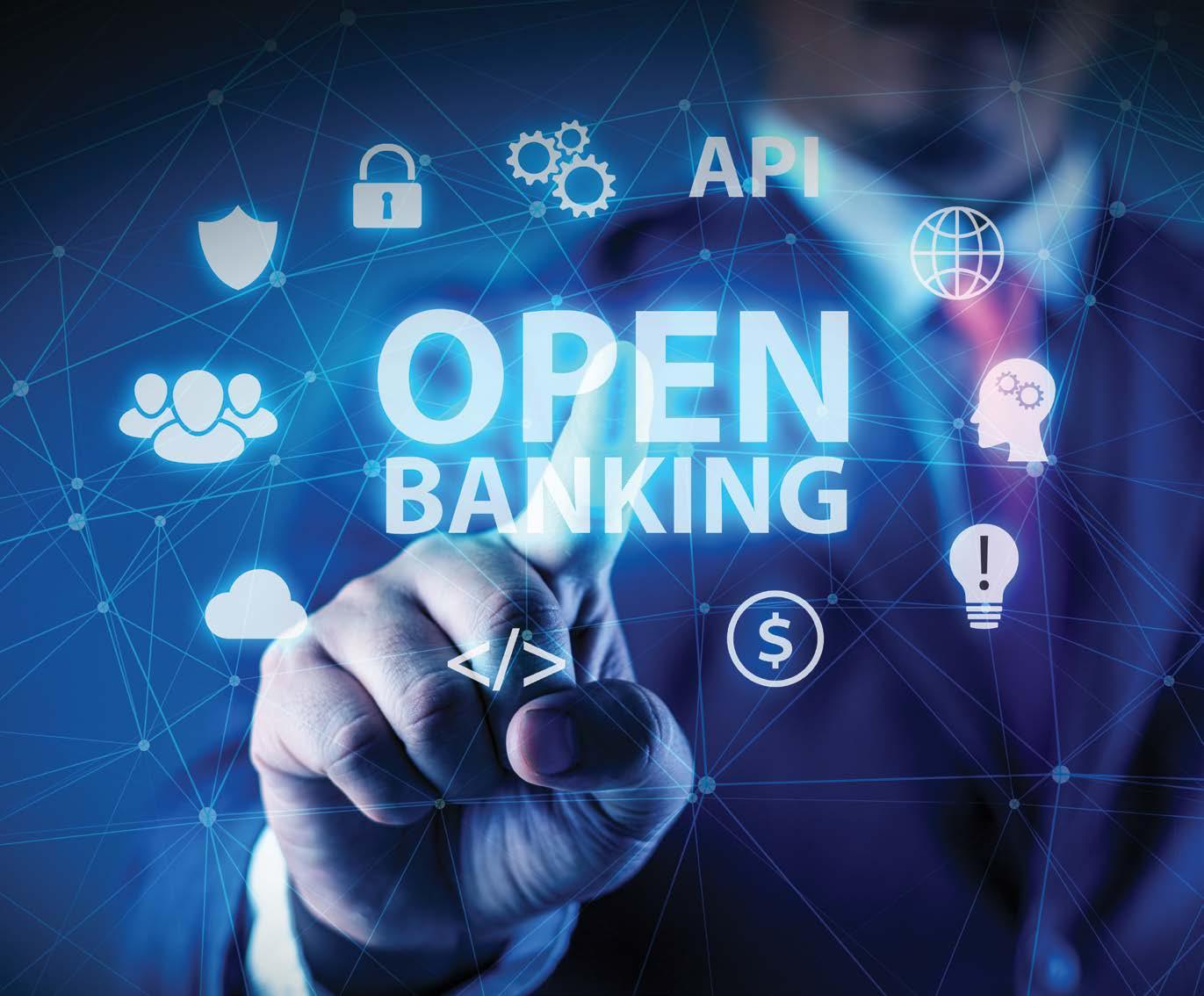
Despite substantial progress, there are still gaps in the region’s financial services industry. Standardization
and interoperability between different financial systems are lacking. Some communities have imperfect access to financial services and poor financial literacy. Banks, regulators and fintechs must collaborate to address these gaps.
How does Tarabut Gateway ensure security and protection against fraud?
Our consent management system allows users to consent to share their data with regulated and approved entities, and this can be revoked at any time. We adhere to customer data protection laws in every jurisdiction where we operate and continuously monitor and strengthen our security measures.
Our consent management system uses end-to-end encryption with modern ciphers to ensure data is protected both in transit and at rest. All requests are cryptographically signed and chained using a “public key/ private key” framework.
Tarabut Gateway enables direct
bank-to-bank payments, removing intermediaries and mitigating the risk of credit/debit card data theft.
Can you tell us more about your key achievements and what is next in your business plan?
We were the first licensed openbanking platform both in Bahrain and Dubai. We are grateful for the opportunity to be among the first fintechs to test in the Saudi Central Bank’s sandbox, cementing our position as a leader in the field. Last year, we were selected as the technology platform partner for DIFC’s Open Finance Lab. We have also established partnerships with leading banks and fintechs across the Kingdom of Saudi Arabia and Bahrain, including Alinma Bank, Riyad Bank, Rain and Tamam.
With a particular focus on the KSA, our mission is to provide MENA’s openbanking infrastructure and build a collaborative ecosystem that benefits everyone from banks and fintechs to merchants and consumers.
25 conomy middle east APRIL 2023
Unlimited scalability, demystifying complexity
Network International offers a highly advanced suite of payment products, services
Recently, e& announced a strategic partnership with Mastercard aimed at benefiting consumers and businesses in 16 markets across the Middle East, Asia, and Africa. The collaboration will offer innovative technologies and user-friendly experiences powered by Mastercard’s capabilities when using digital financial services provided by e& operating companies. To enable this initiative, Mastercard is providing a fullyfledged payment processing platform through its partnership with Network International, a leading enabler of digital commerce in the MEA region. To learn more about this strategic partnership and the payments sector, Economy Middle East interviewed Navneet Dave, Group Managing Director - Processing, Middle East & CoHead Group Processing, Network International.
What is Network International’s role as the key payments processor in e& and Mastercard’s partnership?
The collaboration between Network International, e&, and Mastercard marks a significant milestone for the UAE, as it is the first time a telecom company has expanded its offering to become a digital payments player. Network International is playing a crucial role in enabling e& and Mastercard to provide a comprehensive payment processing platform that will revolutionize digital
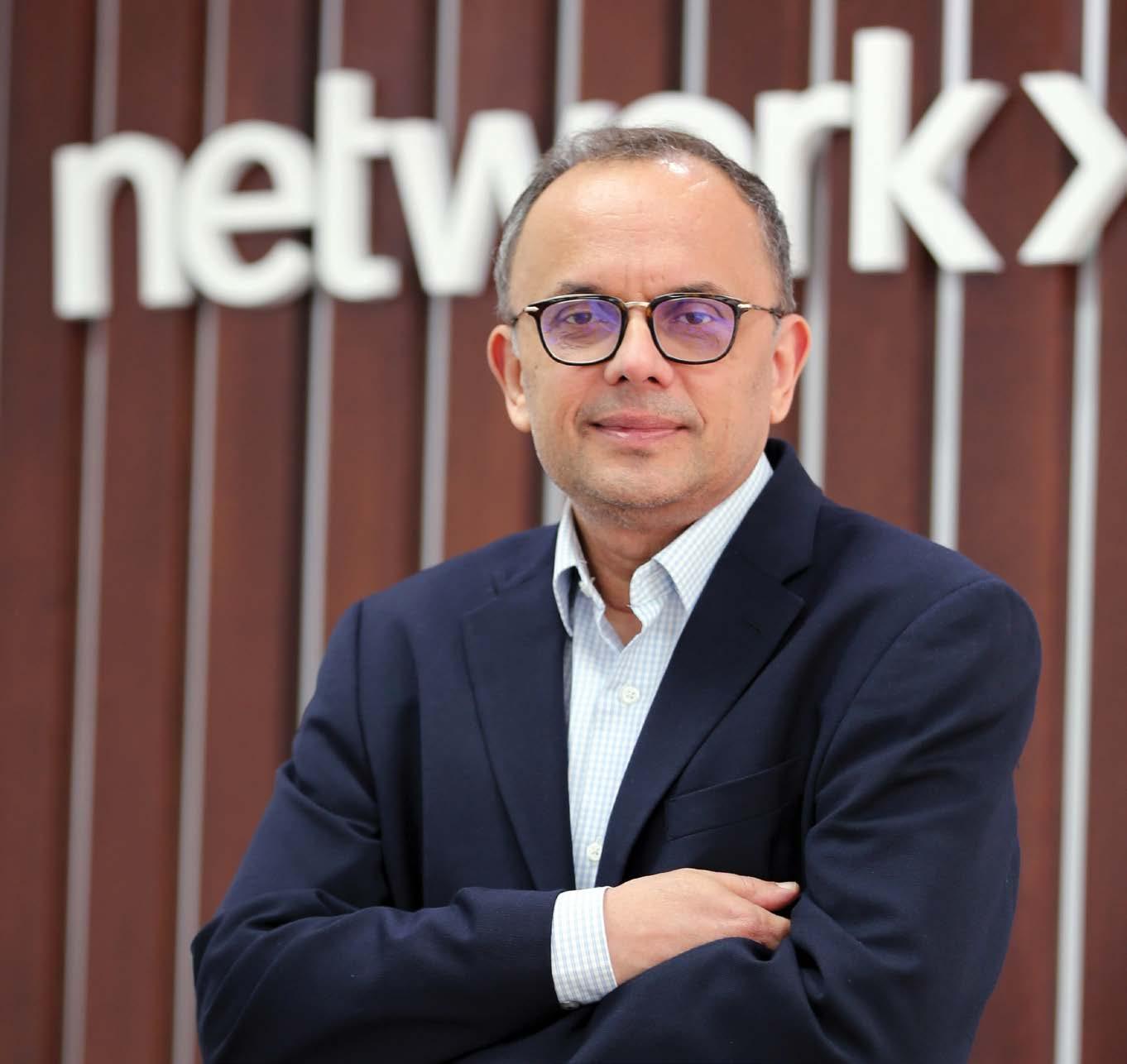
payments for 10 million consumers in the UAE.
By utilizing Network International’s payment solutions, Mastercard is helping e& to diversify its revenue streams and make a smooth transition to digital commerce, with the exclusive prepaid card enabling payments worldwide. This groundbreaking initiative also highlights how institutions like e& can leverage Network International’s technology infrastructure and capabilities on a large scale to enter the payments space.
Can you highlight Network International’s network capability and technology infrastructure?
We love all the innovative ideas fintechs bring to the table, but we also understand they lack the necessary infrastructure to execute their plans. At Network International, we offer a suite of highly advanced payment products and services to provide fintechs with the resources they need to stay ahead of the game and meet the needs of their end-users.
26 conomy middle east APRIL 2023
banking & finance
Navneet Dave, Group Managing Director - Processing, Middle East & Co- Head Group Processing, Network International
Our open and flexible pan-regional technology platform allows for easy integration with entities through Rest APIs. We prioritize scalability, openness, and availability in our platform’s design, enabling fintechs worldwide to connect to a single Network sandbox with the same set of APIs. Furthermore, we manage data residency requirements by routing requests based on the country of operation to the appropriate localized cloud platform.
We seamlessly span through size and complexity with easy scalability, which means we can accommodate clients whether they have 1,000 or 10 million customers to serve. Most importantly, our exceptional resilience minimizes downtime in processing with nearzero-fault tolerance.
What are the key payment trends for 2023?
In 2023, we anticipate a rise in mobile payments via wallets, virtual and tokenized cards, along with enhanced security features enabled by biometric authentication methods. I also see growing integration of AI and machine learning continuing to expand in payment applications, enabling improved fraud detection and personalized recommendations. In terms of innovation, voice recognition for making payments is gaining momentum, while the advent of virtual reality and metaverse environments will likely result in augmented reality being used to provide shoppers with more tangible online experiences. Furthermore, digital currencies are expected to become more prevalent.
With non-financial institutions and non-banks entering the payments space, how will this develop the payments ecosystem?
This initiative highlights the growing trend of non-banks offering enhanced customer experiences, such as faster onboarding, simpler access to financial services, and features like loading wallets through IBAN,

remittances, B2B and P2P transfers, and more.
As a result, banks can expect to face greater competition as non-banks introduce more compelling Super App propositions, potentially driving them to launch more innovative solutions as well.
Apart from e&, what steps should other major sectors such as energy, travel, and transport take to enter the payments space?
Our robust suite of payment products and services and our infrastructure can serve large fintechs and facilitate the transition to digital payments for any category of clients outside of banking and financial institutions. We are ready to help any business, in any sector, anywhere in the region, effectively transition to digital payments.
We indeed anticipate a growing number of non-banks and financial institutions entering the payments space, driven by global trends toward the adoption of new payment methods. This will allow them to better serve the evolving needs and behaviors of their customers.
Although this presents a significant challenge for financial institutions facing alternative payment players with more extensive relationships, reach, and innovative solutions, it ultimately creates positive disruption for consumers.
The collaboration of Network with the partnership between Mastercard and e& serves as a significant catalyst for
major sectors in the country to explore and adopt digital payments. It demonstrates that non-bank industries can participate in the payments ecosystem, emphasizing the availability and significance of trusted players offering core processing services that enable these industries to explore more business opportunities and enhance competitiveness. Furthermore, it encourages trust in companies like Network, which can simplify the complexity of payments and provide clarity to their clients.
What is Network International’s growth trajectory in the UAE in terms of key focus sectors and markets for 2023 and beyond?
At Network International, our growth strategy centers around diversifying payment and acceptance methods while enhancing value propositions for merchants, financial institutions, fintechs and verticals.
We are actively seeking opportunities to assist our partners in meeting the payment needs of their digitally-driven customers while also working to include unbanked and underserved citizens in the financial services ecosystem. We are intensifying our focus on building new client relationships and adding value to existing ones by investing in machine learning, AI, process automation, data and analytics and other key areas. Our ultimate goal is to establish deep trust within the markets we serve and among our partners.
27 conomy middle east APRIL 2023
D33: An unprecedented economic transformation agenda to reimagine the future of Dubai
DAMAC Group Chairman Hussain Sajwani delves deep into what the newly-launched roadmap represents and how its four key focus areas will help turbocharge Dubai’s growth and development over the next decade
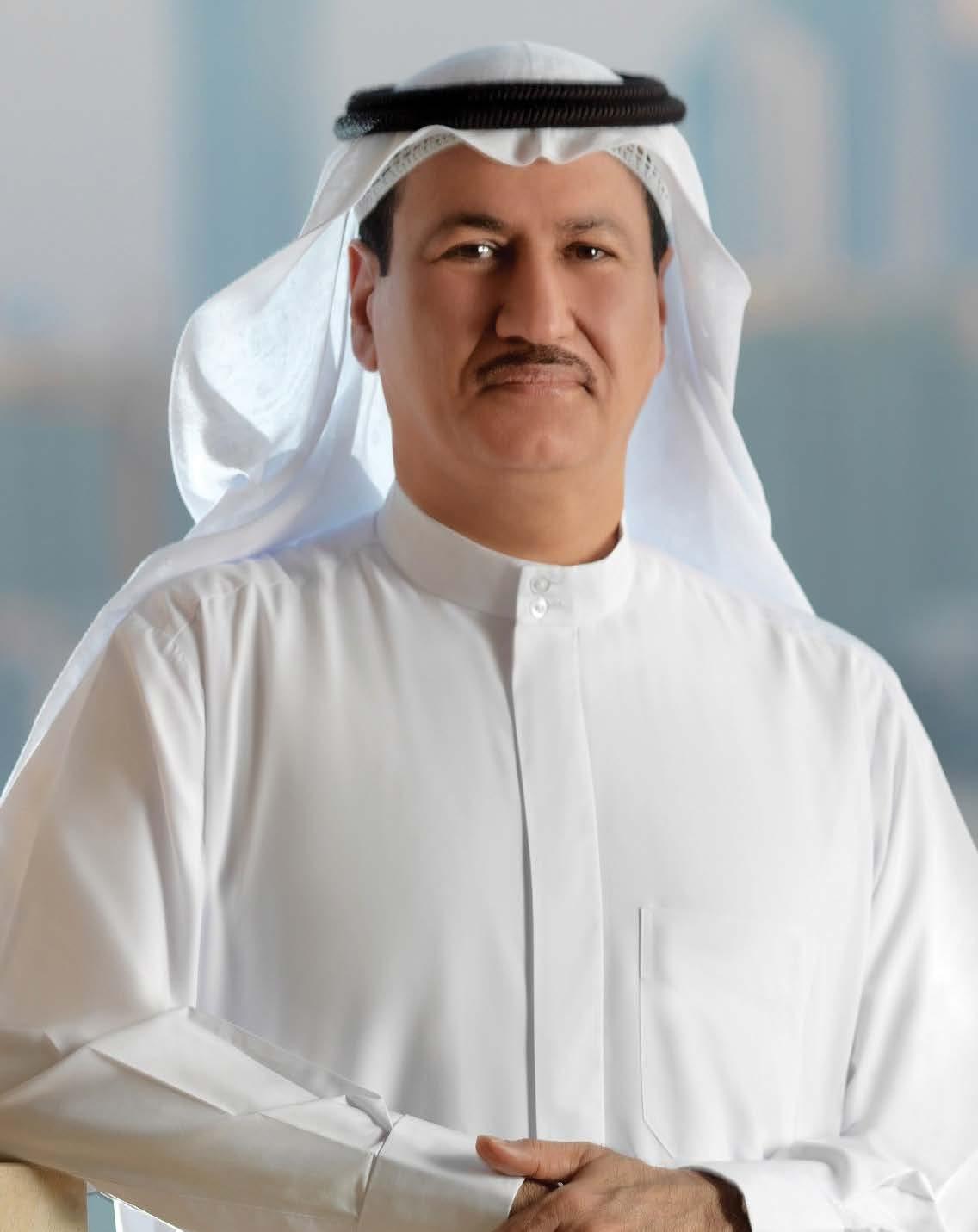
Dubai has a long history of embracing change and fresh thinking, from its early days as a small trading port to its current status as a global hub for tourism, trade, and investment. While the city’s strategic location, advanced infrastructure, abundant resources, and political stability have all contributed to its rapid transformation, it is Dubai’s constant desire and unique ability to reinvent itself that is fueling its exceptional journey.
As it gears up to mark 200 years since its foundation, the city’s forward-thinking leadership led by His Highness Sheikh Mohammed bin Rashid Al Maktoum, Vice President and Prime Minister of the UAE and Ruler of Dubai, has put the Dubai Economic Agenda ‘D33’ in motion, offering us a window into the future of the Middle East and the world.
The recently launched bold and audacious agenda has set its sights high, with several ambitious goals outlined for Dubai to reach during the next decade. It aims to position Dubai among the world’s top three economic cities, top three international destinations for tourism and business, top four global financial hubs, and top five leading logistic hubs, among many other targets. With 100 transformative projects planned to achieve the D33 agenda, Dubai is envisioned to become the most important global business centre when it celebrates its second centenary in 2033.
As with many previous strategies, economic diversification is the underlying theme of the new agenda. While it directs that traditional trade and economic sectors be developed further, the roadmap has a strong focus on increased investment in future growth sectors,
28 conomy middle east APRIL 2023
economy
Hussain Sajwani, Chairman, DAMAC Properties
with sustainable economic growth and self-sufficiency in key sectors and industries being Dubai’s priorities. In the process, the agenda will open up new avenues for the city’s private sector to thrive more and more. With all the new projects and initiatives rolled out, Dubai will see the size of its economy double to AED 32 trillion over the next 10 years. Four key focus areas of this agenda have piqued my interest in particular – partnerships, technology, education, and people empowerment. D33 attaches great importance to expanding Dubai’s partnerships with the rest of the world to enhance foreign trade. The Dubai Economic Corridors 2033 initiative aimed to strengthen existing foreign trade relations with Africa, Latin America and Southeast Asia and the plan to add 400 cities as key trade partners will be a game changer in Dubai’s growth. These initiatives will enable it to harness the strengths of its partners to create new business opportunities while also sharing prosperity with them. One of the key factors that set Dubai apart from other cities is its willingness to embrace and be at the forefront of new technologies. Unsurprisingly, technology finds a prominent place in the D33 agenda. It is promising to see that the leadership is giving much weight to innovation and future technologies to reinforce Dubai’s reputation as a global tech hub. Sandbox Dubai, which aims to make the city a major hub for incubating business innovation by enabling the testing and marketing of new products and technologies, will be a huge step toward this goal as it will attract more tech talents and entrepreneurs to be part of Dubai’s pioneering journey. As befitting the avant-garde economic blueprint, Dubai is hoping to generate a new economic value of AED 100 billion

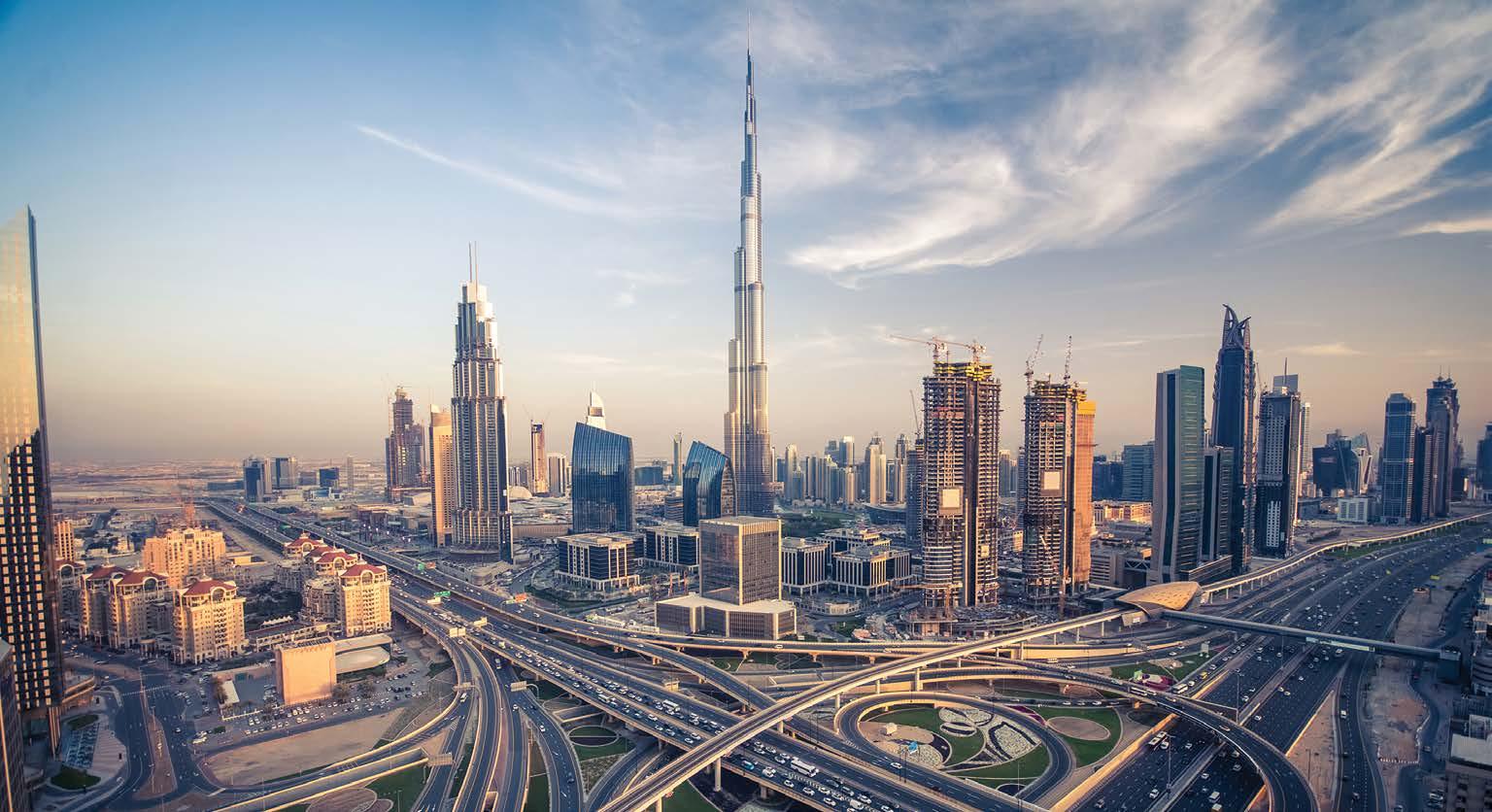
from digital transformation annually.
Another important aspect of Dubai’s D33 agenda is its focus on education and human capital. Making Dubai a hub for higher education and investing in human development and skillsets are integral components of the agenda. It is worth highlighting that Dubai’s visionary leaders have prioritised the integration of new generations of Emiratis into the private sector. The plan to attract 65,000 young Emiratis into the sector over the next decade will have a profound positive impact on the sustainable growth and development of the UAE’s economy and its society. In line with this exemplary initiative, I was so pleased that the social responsibility arm of DAMAC Group proactively collaborated with The Knowledge Fund Establishment and the Dubai Schools Project to offer scholarships to Emirati children for a 5-year period.
As someone who has closely watched and been a part of Dubai’s growth story over many decades, I believe this D33 agenda has no parallel and is set to turbocharge the growth and development of Dubai in ways unimaginable, with the new wave of opportunities it will unleash in various sectors. Opportunities abound and goals are set. It is just a matter of time to see Dubai bounding down the road to holistic economic development, sustainable prosperity, and global leadership in key sectors and industries.
29 conomy middle east APRIL 2023
Banks face challenge of expanding financial inclusion to achieve growth
Nearly 1 billion women in developing country households remain outside formal financial systems
Over the past decade, various terminologies have emerged, such as sustainable development, good governance, responsible capitalism, and inclusive growth, among others. This highlights the increased awareness among societies and decision-makers that economic policies must consider social dimensions and justice to fulfill the aspirations and needs of people and avoid social and economic instability. Furthermore, the recent discourse on financial inclusion has added to this economic discussion. Research has demonstrated that achieving financial inclusion has a positive correlation with promoting growth and generating job opportunities, as it facilitates a more equitable distribution of capital and risk. Therefore, financial inclusion has gained paramount importance as an essential component for promoting all-encompassing growth and fostering overall economic development in the Middle East and MENA region. The progress towards achieving large-scale financial inclusion has been significantly accelerated by technological advancements and innovations in the banking sector. This underscores the pivotal role that banks and financial institutions are playing in transforming the financial inclusion landscape.
So, what is financial inclusion and why is it important?

Financial inclusion, as defined by the World Bank, refers to the provision of affordable and convenient financial products and services to individuals and businesses to meet their financial needs. These products and services include transactions, payments, savings accounts, credit facilities, loans, insurance services, and more. It is essential that these offerings are delivered in a responsible and sustainable manner to ensure that they are accessible to everyone.
Financial inclusion has been identified as a catalyst for achieving seven of the seventeen Sustainable Development Goals. The World Bank recognizes it as a crucial enabler for eradicating extreme poverty and promoting shared prosperity. Recent data from the World Bank indicates significant progress in financial inclusion, with 76 percent of adults worldwide now
having access to accounts through financial institutions or mobile financial service providers, up from 51 percent in 2011. Developing countries have shown a particularly noteworthy rise in account ownership, with figures increasing from 63 percent to 71 percent in recent years, largely due to increased access to accounts in several developing nations. This growth is a significant departure from the previous period of 2011-2017, where growth occurred primarily in China or India. Mobile money has played a vital role in increasing account ownership in Sub-Saharan Africa. The gender gap in developing economies narrowed from 9 percentage points to 6 percentage points in 2021, according to recent data. The figures show that 74 percent of men and 68 percent of women in developing countries have a bank account. Globally, 78 percent of men and 74 percent of women had bank accounts,
30 conomy middle east APRIL 2023
economy
resulting in a gender gap of just 4 percentage points. However, these statistics also highlight the significant gender inequality that persists in Arab societies. Despite the Arab Monetary Fund’s urging of Central Banks to prioritize financial inclusion and the yearly celebration of the “Arab Day for Financial Inclusion” on April 27, there is still much work to be done to bridge the gender gap in financial access. Despite some progress, financial exclusion remains widespread in Arab countries, as evidenced by various indicators. The Arab Monetary Fund acknowledges that there is still much work to be done to improve financial inclusion metrics, citing recent World Bank data that reflects the efforts of Arab nations to improve access to financial services. The data shows that the proportion of adult males in Arab countries with access to formal financial services has increased on average to 48 percent, while for women, it has only risen to 26 percent. The statistics also reveal a 48 percent increase in access for low-income groups. While these figures do highlight a gender disparity in Arab societies, they also present significant opportunities to enhance financial access in these communities by promoting the social responsibility of financial institutions and implementing appropriate credit policies that target disadvantaged individuals.
The UAE Central Bank has recently launched the Financial Infrastructure Transformation Program to expedite digital transformation in the financial sector. The program’s goals are to support the financial services industry, promote digital transactions, achieve financial inclusion, and introduce secure and effective payment innovations towards a cashless society.
Similarly, in Egypt, the Central Bank of Egypt has made financial inclusion one of its policy objectives and recently announced a strategy for 2022 that aims to expand financial services to individuals who have not previously used banking services, with the goal of achieving economic growth.
Targeting community groups
While it is true that banks are making efforts to provide financial services to more people, targeting specific segments of society, such as young adults aged between 16 to 21 and self-employed women, is crucial for building on the progress made in the region.
This is where the importance of the “Know Your Customer” (KYC) system used by financial institutions comes into play. The system helps banks gain insight into their customers’ goals, needs, and circumstances, and enables them to determine if the customer requires additional support. An official responsible for financial inclusion in an Arab bank emphasizes the need for close cooperation between governments and banks to develop a joint strategy aimed at achieving the highest rates of financial inclusion. Governments should prioritize financial inclusion as a key aspect of their overall development strategies, much like poverty alleviation. For their part, banks should adopt a strategy that expands their customer base, identifies marginalized groups, and prioritizes their financial inclusion.
Inclusion and women

Despite notable advancements in recent years and the efforts of numerous organizations around the world to increase women’s financial inclusion, the gender gap remains.
According to the Global Findex database, almost 1 billion women living in the poorest 40 percent of households in developing countries remain excluded from the formal financial system. However, financial inclusion can significantly contribute to women’s economic empowerment. For instance, access to formal savings accounts can help women manage economic shocks, and digital payments can enable women to have greater control over their income and transactions. Targeting women in financial inclusion policies requires the following steps:
• Conducting a comprehensive market study to gather data on the detailed use of financial services across gender, age, and regional groups.
• Implementing financial education programs specifically designed for women to enhance their financial literacy and promote better financial behavior.
• Strengthening educational curricula to include topics such as social responsibility and financial efficiency.
• Developing new financial instruments that directly target women based on their economic needs.
It’s important to note that the ultimate goal of financial inclusion is not only to improve financial indicators but also to improve economic indicators for society as a whole. Achieving economic inclusion, through various means including financial inclusion, is critical for securing a better future for people.
31 conomy middle east APRIL 2023
Risk management and stress tests: Crucial tools in times of uncertainty
Federal Reserve’s tightening policy contributes to bank losses
What caused the proliferation of bank collapses in the U.S. and how did their consequences extend to other countries and banks? Is this reminiscent of the global financial crisis of 2008?
The root of the current situation can be traced back to the bankruptcies that hit a number of American banks, with far-reaching effects on banks outside the U.S., particularly in Europe.
Three major U.S. banks – Signature, Silvergate Capital Bank and California-based Silicon Valley Bank –declared bankruptcy within a week, making it the largest bank failure since the 2008 financial crisis. This sent shockwaves throughout global financial markets.
As soon as bankruptcies were announced, Speculation that history was repeating itself and that the 2008 crisis was about to engulf the world once more began to circulate. This was compounded by the challenging situation faced by the prestigious “Credit Suisse,” which required a government rescue plan to prevent its collapse.
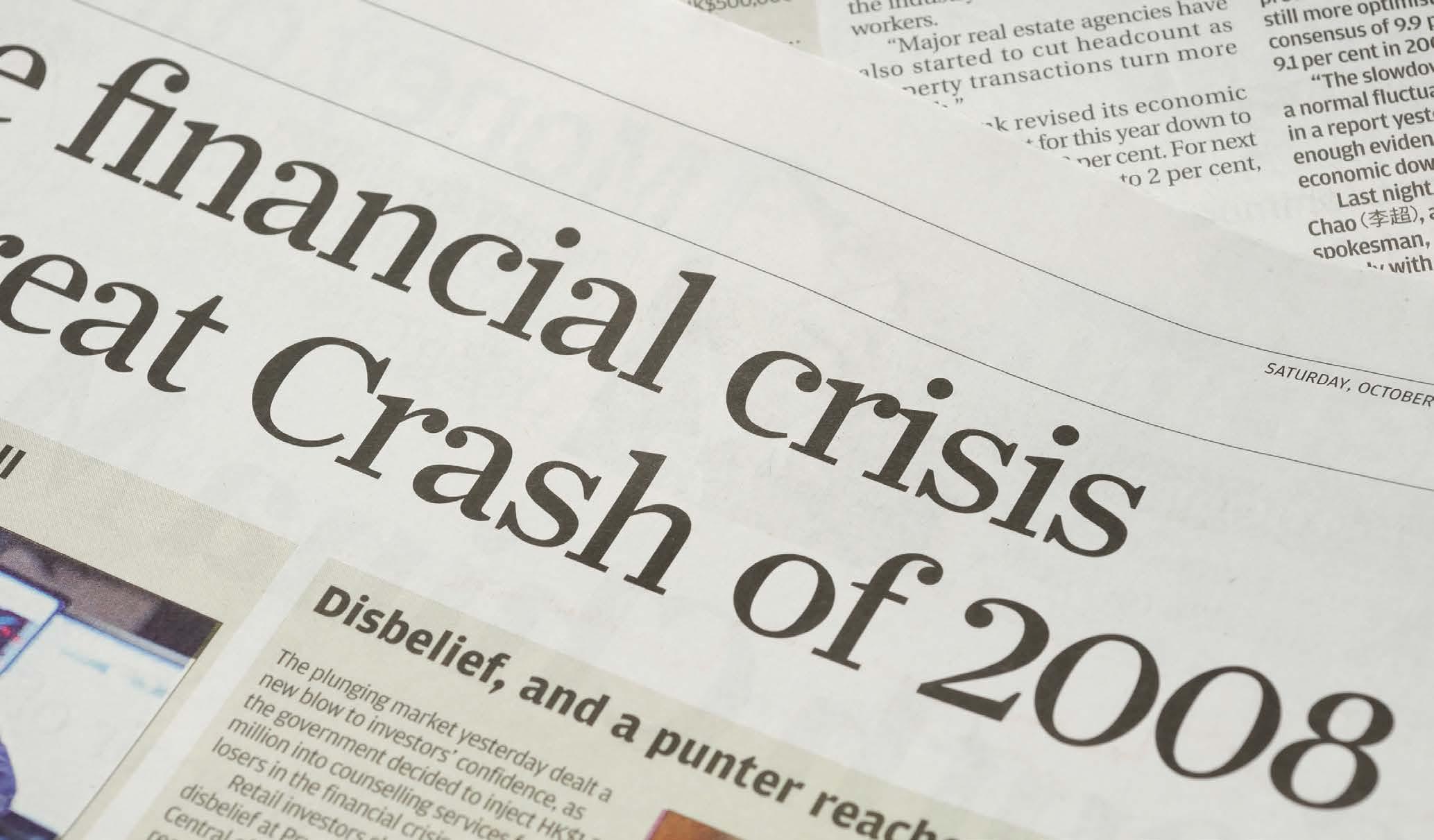
Let’s examine what occurred in 2008. In September of that year, the crisis erupted with the announcement of the bankruptcy of U.S. bank “Lehman Brothers,” triggering a banking and financial meltdown that was later regarded as the most severe since the Great Depression of 1929.
The crisis initially began in the U.S., but it spread to many countries around the world. In 2008, the number of banks that failed in the U.S. was 19, and it was anticipated that more failures would occur among the remaining 8,400 or so American banks.
32 conomy middle east APRIL 2023 economy
Is this a repeat of 2008 but with a modern-day format?
The current situation cannot be considered a sequel to the 2008 global financial crisis. In response to that crisis, a regulatory system was established, designating the world’s major investment banks as “too big to fail” and requiring them to hold significant amounts of cash or liquid reserves to survive any future financial turmoils.
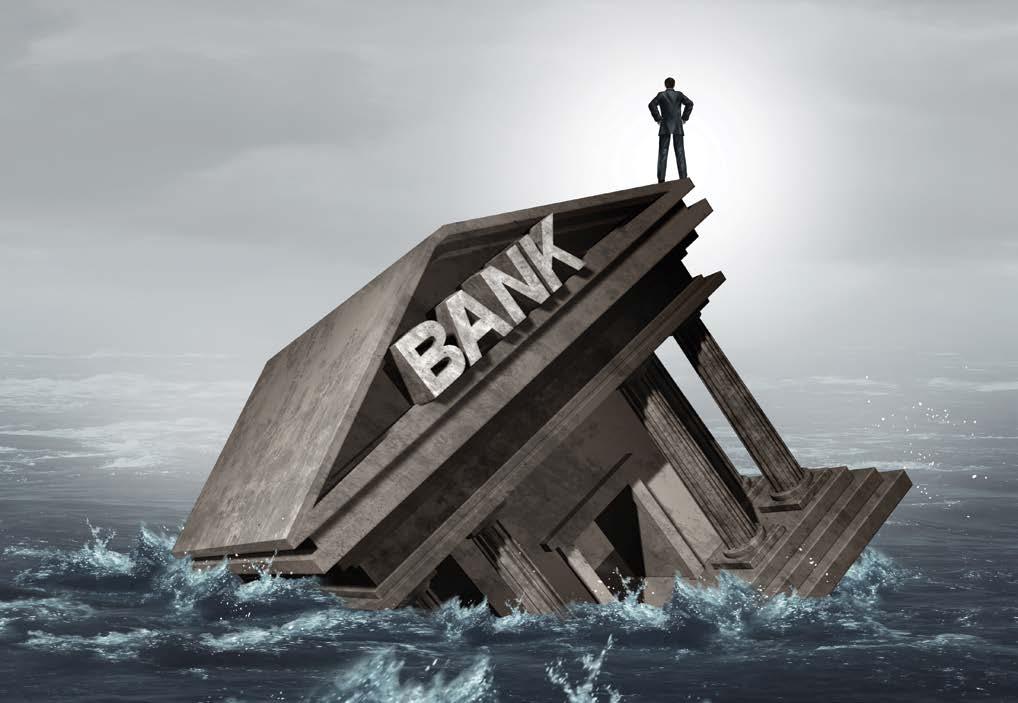
The reasons behind the current collapse of US banks are apparent, and they are closely linked to the Federal Reserve’s hawkish policies. The Federal Reserve raised interest rates in an attempt to control inflation, which had risen to extremely high levels.
U.S. banks accumulated substantial deposits during the pandemic and invested a large portion of their inflated portfolio of deposits in low-risk Treasury Bonds, but failed to implement adequate preventive measures. This exposed them to interest rate risk, as the rising interest rates eroded the value of their long-term bonds, as in the case of Silicon Valley Bank. As interest rates increased, the value of long-term bonds held by U.S. banks decreased due to their inverse relationship with interest rates. This resulted in significant losses, which were further compounded when bank depositors made substantial withdrawals.
The banking crisis spread to Europe, specifically to Switzerland, where Credit Suisse faced significant setbacks and a decline in its share price, prompting authorities to intervene to save it.
Although the difficulties faced by the Swiss bank differed from those of Silicon Valley and Signature banks, Credit Suisse’s troubles heightened concerns about the overall economy.
Why did this happen?
The current crisis can be attributed, in part, to mismanagement of asset and liability risks by bank officials, which has resulted in a rapid decline in depositors’ confidence. Silicon Valley Bank, in particular, took on excessive risk, as it was not subject to the same level of regulation as other major U.S. banks that adhere to Basel III standards. This lack of regulation was a key contributing factor to the current predicament.
In 2018, then-U.S. President Donald Trump passed a liberalization law that exempted thousands of small banks from strict regulations and relaxed the rules that large banks had to follow. Under this law, the asset limit for “significant financial institutions” was raised from $50 billion to $250 billion. However, Silicon Valley Bank was not subject to stricter regulations that applied to top-rated banks because it was not classified as a significant financial institution.
In other words, Silicon Valley Bank was able to invest billions of dollars of its own deposits in U.S. Treasuries without having to hold sufficient reserves to protect client funds, should markets move against the bank’s interests. This was due to the bank not being subject to the stricter regulations of Basel III standards, unlike other major U.S. banks.
After the 2008 financial crisis, banks were required to maintain 100 percent liquidity coverage, meaning they must hold enough high-quality liquid assets to finance cash outflows for 30 days. Treasury Bonds were among the assets
that banks could hold for liquidity purposes. However, with the Federal Reserve raising interest rates continuously since last year, the value of older, longer-term bonds has fallen, causing significant losses for bondholders.
The repercussions from Silicon Valley Bank’s collapse have increased credit risk globally, as investors fear further failures in corporate debt markets.
The situation creates a “moral hazard” in economics, where a bank or investor has an incentive to increase financial risk because they are shielded from the potential consequences of it.
Many economists argue that moral hazards in financial markets increase the potential of harmful economic activity, while others believe that maintaining incentives to reduce financial exposure can help markets avoid excessive and reckless risk-taking.
Stress tests
Thus, it is crucial that central banks and regulatory bodies carefully consider the potential repercussions of their policies, especially when it comes to raising interest rates. The Federal Reserve’s recent tightening policy has already caused U.S. banks to suffer unrealized losses of $620 billion from yet unsold assets that have lost value according to data from the Federal Deposit Insurance Corporation.
These events underscore the importance of accountability for central banks and regulatory bodies when it comes to hedging risks and preventing crises before they occur. Laws related to banks, such as stress tests, must be strictly enforced to ensure that institutions are adequately prepared for economic and financial shocks.
Stress tests are essential tools for banks’ risk management and are among the most important precautionary safety measures at both the macro and micro levels in the banking sector. They provide a snapshot of financial institutions’ ability to withstand difficult scenarios, allowing regulators and managers to assess their resilience and take appropriate measures such as capital consolidation, procedural modifications, and advanced contingency planning. In times of uncertainty, risk management is paramount.
33 conomy middle east APRIL 2023
Investopia 2023: Bringing minds over matters Conference tackles global challenges, envisions opportunities
The launch
On March 2nd, H.E. Abdulla bin Touq Al Marri, the Minister of Economy and Chairman of Investopia, launched the second edition of Investopia, a global investment platform that brought together over 2,000 investors, government officials, thought leaders and entrepreneurs. These participants engaged in 35 sessions and roundtables, where more than 100 speakers – including investors, thought leaders, and decision-makers – discussed various topics such as institutional asset allocation, AI, emerging markets, venture investing, digital assets, mobility, biotechnology and more. Of the Investopia participants, 56 percent were from the UAE while 44 percent represented more than 100 nationalities from abroad. Among them, 75 percent were from the private sector, 13 percent from the public sector, 6 percent from academia and students, and 6 percent from other international organizations and diplomatic
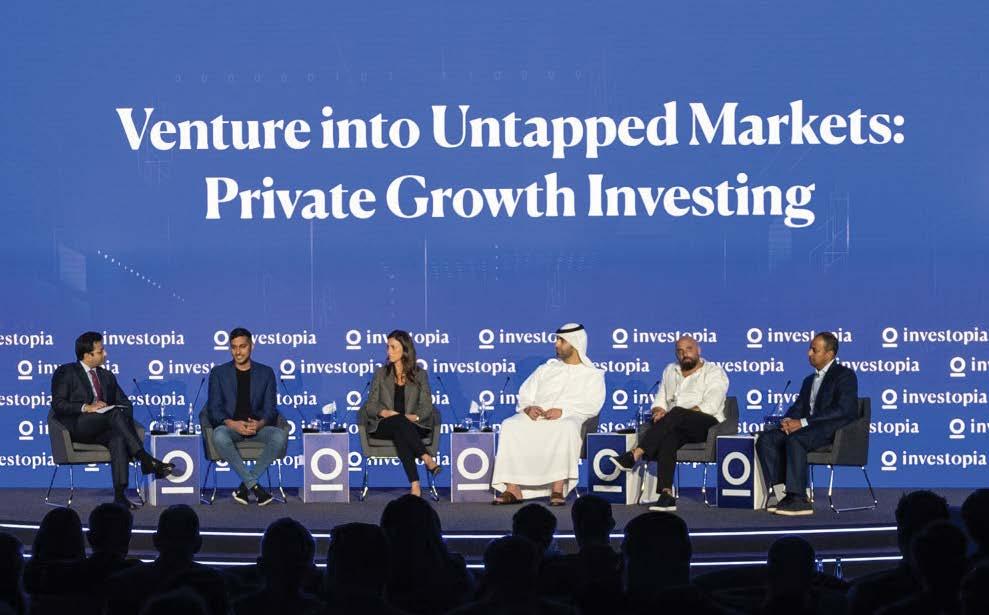
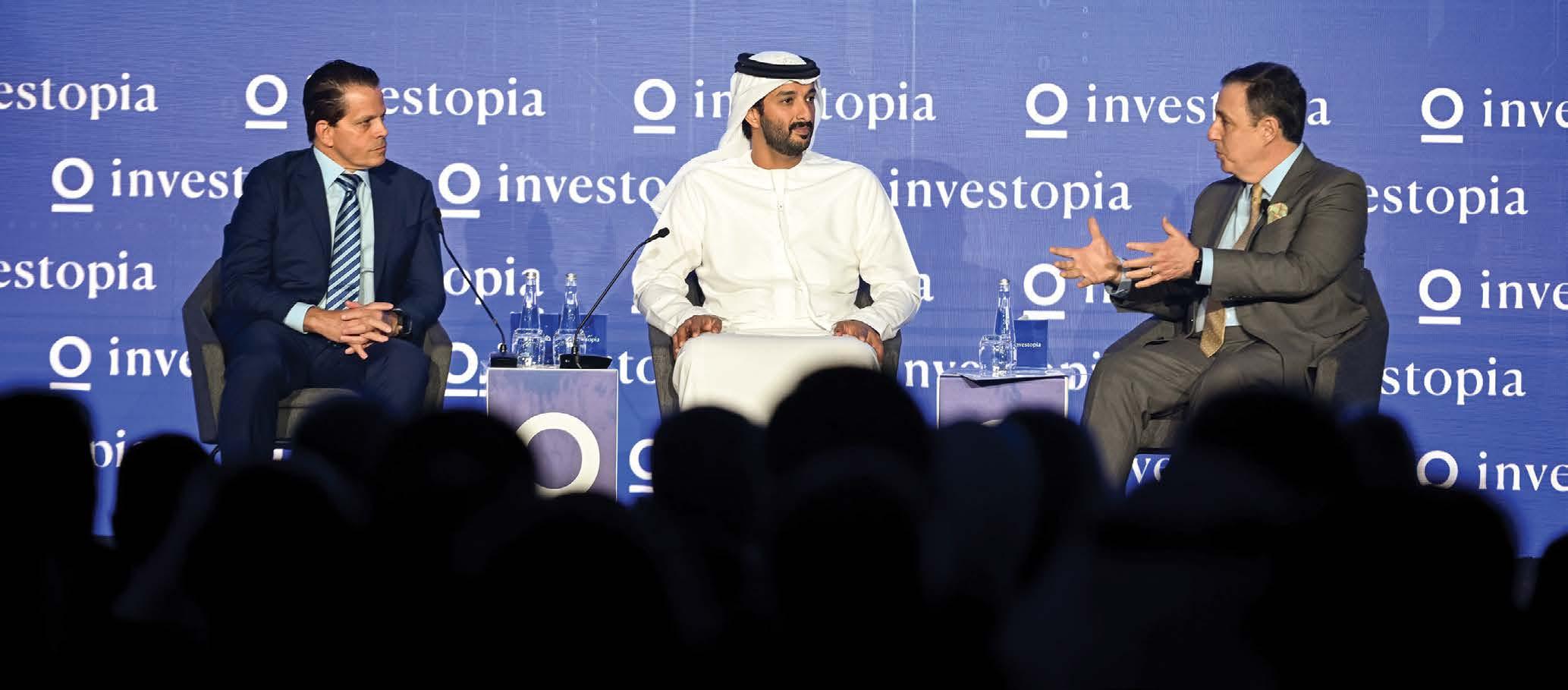
missions.
Bin Touq stated, “The UAE is now focused on doubling economic growth, increasing foreign direct investment, and investment outflows. The recent 100 percent foreign ownership policy has led to a significant increase in demand from international companies to operate in the UAE, which is expected to generate revenue of AED 2.2 trillion.”
Anthony Scaramucci, the founder and chairman of SALT and Investopia’s strategic partner, praised the UAE’s efforts in investing in and attracting fintech talent through its effective balance between commonsense regulation and innovation.
He noted that “the global financial sector has the largest market capitalization of any industry in
the world, and financial technology threatens to upend the status quo.”
H.E. Ahmed Jasim Al Zaabi, the Chairman of the Abu Dhabi Department of Economic Development (ADDED), said: “Over the past years, Abu Dhabi has undergone a remarkable journey of phenomenal transformation, fueled by the ambition of economic diversification, and today we are experiencing our golden era – what we are seeing is the rise of a Falcon Economy.”
34 conomy middle east APRIL 2023
economy
Investopia’s second annual conference in Abu Dhabi has further solidified the event’s global reputation as a forum for experts to discuss global issues, shape emerging sectors in the economy, and identify opportunities, particularly during times of change.
The “Marketplace”: An innovative investment platform

Investopia has launched its “Marketplace” investment platform to establish the UAE as a top global investment destination, with a focus on attracting more foreign investments in various economic and commercial sectors, particularly in the emerging new economy sectors. In this regard, bin Touq emphasized that the UAE has implemented competitive and flexible investment policies that have played a crucial role in enhancing the investment climate and positioning the country as a prominent player on the global investment map.
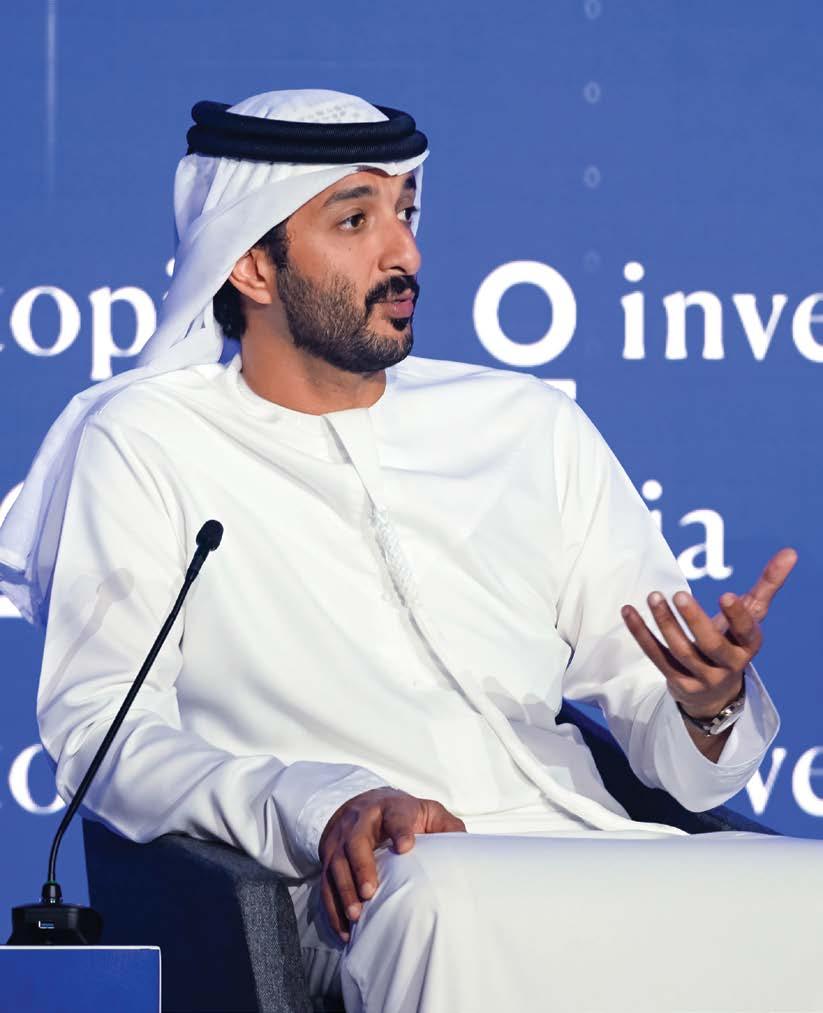
He further noted that the “Marketplace” platform aligns with the UAE’s ambitious vision, “We the UAE 2031,” which seeks to position the country as a leading global partner and a desirable and influential economic center.
The platform provides new investment opportunities and resources to businesses through a single portal, enhancing the country’s attractiveness to potential investors and supporting the national goal of doubling the gross domestic product to reach AED 3 trillion by 2031.
The Marketplace is accessible to members of the Investopia community, including local, regional, and global partners, venture capitalists, angel investors, institutional investors, large investment funds, sovereign wealth funds, family investment offices & banks. The platform offers investment opportunities in all promising sectors of the new economy, such as renewable energy, healthcare, transportation, logistics, agricultural and financial technology, and other emerging sectors. Investopia will collaborate closely with its strategic partners and industry leaders, such as the International Finance Corporation (IFC), SALT, Crypto. com, and iConnections, to develop this newly launched platform. Further details will be announced soon. The platform functions by allowing companies, institutions, and governments to present their investment projects and opportunities, including sectors, locations, stages, goals and required capital. The Investopia community of investors and partners then evaluates projects and selects those that fit their portfolios and investment strategies. The “Marketplace” currently offers a diverse range of investment projects proposed by various countries around the world, with a particular focus on the energy sector, including hydropower projects from various countries, as well as agricultural projects from Kyrgyzstan. Additionally, there are energy and electricity projects from Romania and other sectors represented. Investopia has set an ambitious target of accelerating the pace of investment attraction in the country to AED 550 billion by 2031 and AED 1 trillion by 2051. The UAE has already attracted FDI worth $20.7 billion in 2021, with a growth rate of 4 percent from the
previous year, positioning the UAE in first place in West Asia, the Middle East and North Africa.
According to a report issued by the Institute of International Finance, foreign direct investment inflows to the country are expected to reach $22 billion in 2022, representing 4.3 percent of the gross domestic product.
The first Council for fintech leaders in MENA
The MENA Fintech Association has launched “The Council” at Investopia, which is the first exclusive gathering of influential fintech leaders and experts in the MENA region. The Council will have strong participation from the leading countries and financial companies in the region’s fintech landscape.
According to Nameer Khan, the Chairman of the MENA Fintech Association, the fintech industry is playing a crucial role in driving economic growth and shaping the economic future of the region. The Council will provide a platform for industry leaders to collaborate and drive the industry forward.
The agenda for the Council will focus on various topics, including economic diversification, inflation, emerging risks, scenarios, regulations, and climate change. The Council will meet quarterly, and attendance will be by invitation only.
Investopia recently hosted a session on the “Fintech Revolution,” where industry leaders discussed the UAE’s role in fintech innovation, the use of cryptocurrencies and the benefits of blockchain technology in revolutionizing financial infrastructure centers. Various programs, such as Abu Dhabi’s Development Accelerators Program “Ghadan 21,” are aimed at
35 conomy middle east APRIL 2023
H.E. Abdulla bin Touq Al Marri, UAE Minister of Economy and Chairman of Investopia
revolutionizing banking in the region.
The UAE is currently leading the fintech market in the MENA region, with a record-high of $2.5 billion in 2022, according to a report by Mordor Intelligence.
The UAE’s commitment to sustainability and global trade Industry leaders in trade and investment from around the world gathered at Investopia for a session titled “Beyond Borders: Harnessing the Power of Global Trade for Investment & Growth,” highlighting UAE’s role in global trade, investment and growth.
H.E. Dr. Thani Al Zeyoudi, Minister of State for Foreign Trade in UAE, mentioned the country’s impressive 78 percent year-on-year growth in trade figures, and pointed out that the global reshuffling of economic gravity presents an opportunity for the UAE to position itself as a key player in the global value chain.

Al Zeyoudi also highlighted that in 2021, the UAE achieved an impressive 17 percent growth in trade figures, with a total of 2.3 trillion dirhams. He also emphasized the UAE’s commitment to sustainability, noting that 25 percent of the country’s power comes from
clean energy sources, while 75 percent is generated from one of the cleanest conventional sources of energy available.
Meanwhile, Samaila Zubairu, CEO of the Africa Finance Corporation, highlighted the growth of the electric mobility market, which is geared to reach $50 billion by 2050, and the need for 2.5 million tons of minerals and metals for electric vehicles and batteries, many of which are located in Africa. He emphasized the need to bring voluntary carbon markets to life during COP28.
Chris Cox, Global Head of Trade and Working Capital Solutions at Citi, spoke about the challenges of the global supply chain, and emphasized the importance of digitization and logistics incentives as trade remains fragmented.
Women’s role in the investment community
This year at Investopia, distinguished female entrepreneurs from around the world convened to discuss initiatives that promote businesses based on ethical principles. Research has shown that women
entrepreneurs launch businesses at a rate 1.5 times higher than their male counterparts, addressing some of the world’s most significant challenges and driving innovations that will shape the future.
However, investment firms led by women receive only 2 percent of all venture capital, with a disproportionate amount being invested in funds that focus on consumer goods.
Lindsey Taylor Wood, Founder & General Partner at The Helm, emphasized that data from multiple institutions and resources over the past decade clearly demonstrates that women-led businesses perform better, and yet this data is being ignored. She highlighted that women-founded companies perform 63 percent better and report 35 percent higher returns.
Huda Al Lawati, Founder & CEO at Aliph Capital, emphasized that the investment community should avoid bias in their assessment and be openminded to listen to people, regardless of their gender.
Nadine Benchaffa, founder of Angel Investor, said that having more women on the investors’ side can help to eliminate bias and rebalance investments. Wood emphasized that women with wealth have the power to bring about change. By investing in good businesses irrespective of gender and refocusing on good business, women can create a more diverse and inclusive business landscape.
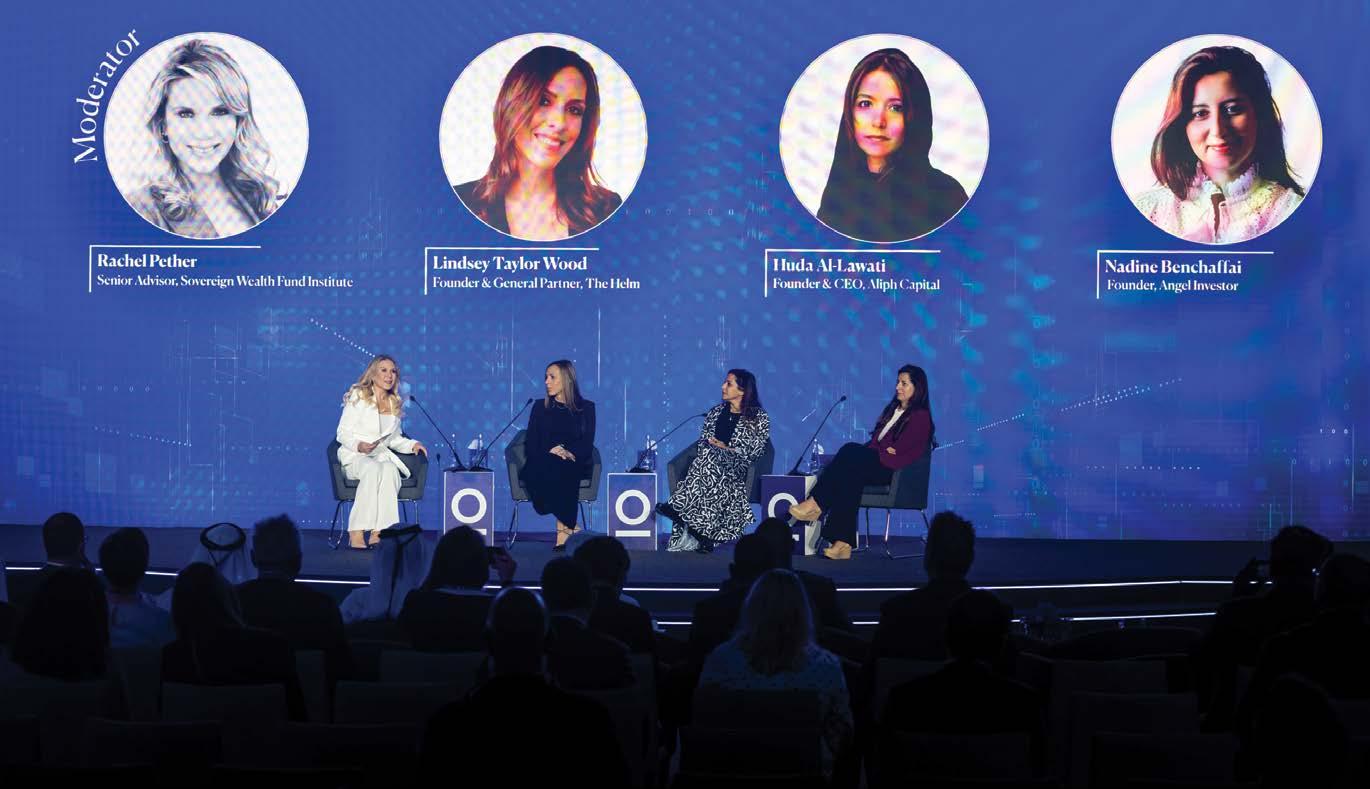
36 conomy middle east APRIL 2023 economy
H.E. Dr. Thani Al Zeyoudi, UAE Minister of State for Foreign Trade
Quantum computing & AI
At Investopia’s session titled “Quantum Leap: Transforming Industry Through Quantum Computing & AI,” speakers discussed the integration of technology into every aspect of work to create opportunities and solve shared problems.
Jan Goetz, CEO and Co-Founder of IQM Quantum Computers, highlighted the potential of quantum technology in the application of AI, enabling faster problem-solving. He explained that with a normal computer, simulating a molecule takes millions of years, but with quantum technology, it takes days or even minutes. This disruptive technology has the potential to solve problems in all industries, particularly in optimization and supply chain realms.
Goetz also emphasized that we are at the beginning of the development of this emerging technology, and there are vast opportunities for building the industry together. Investment in quantum computing is expected to be the new economy for the next two years.
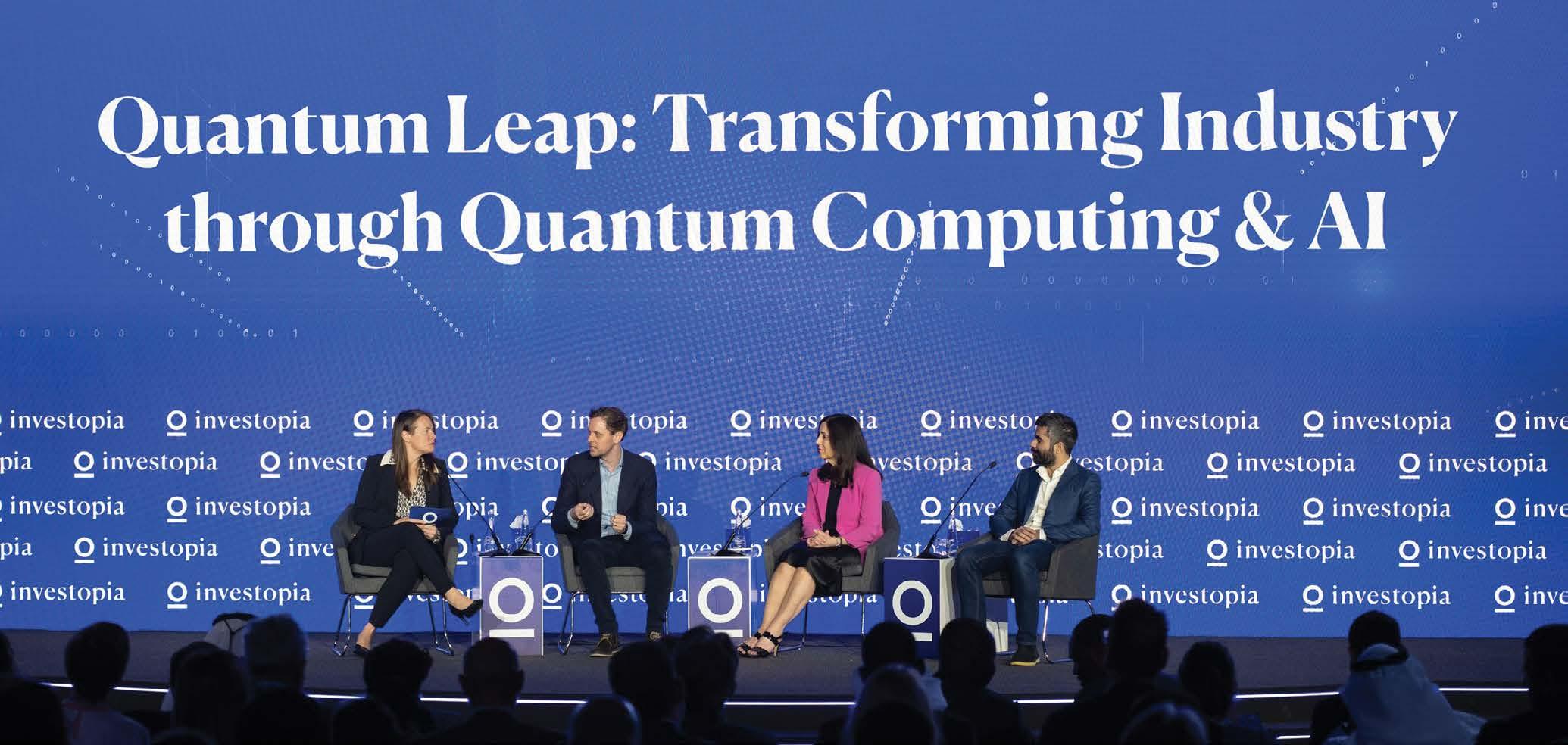
Joanna Shields, CEO of BenevolentAI, discussed the increasing use of large language models, like ChatGPT, in
AI and the potential ethical issues that come with it. She highlighted the exciting development of these models for specific purposes, such as deciphering complex diseases, and the ability to combine data from various sources for better decision-making.
Shields emphasized the importance of putting AI technology in the hands of thousands of scientists to have a broader impact on society by advancing disease biology research. Meanwhile, Herman Narula, CEO & Co-Founder of Improbable, talked about the potential of the Metaverse and its applications in various industries, such as sports, music, gaming, and defense.
Opportunities in untapped markets
At Investopia, global leaders discussed unique strategies for investing in untapped markets in a session titled ‘Venture into Untapped Markets: Private Growth Investing’.
Arjun Sethi, Co-Founder & CEO of Tribe Capital, emphasized the importance of quantitative analysis in capitalizing on investment waves, but also noted the need for experienced investors to focus on the long-term durability of
companies. He argued that venture capital’s short-term focus detracts from long-term durability, which is crucial for success.
Ravi Viswanathan, Founder & Managing Partner of NewView Capital, suggested firms should prioritize highvelocity profit-making and prepare for long periods of downturn by managing reserves effectively. Noor Sweid, Managing Partner of Global Ventures, highlighted the significant growth of the region’s ecosystem in the last five years, although it is still in its infancy compared to other regions. The company is betting on two industries – supply chain tech and agritech – to be completely different in the next five years.
Ahmed Al Nowais, Founder & CEO of Annex Investments, mentioned that many startups in the region struggle to find the right talent, leading to failure.
Ron Daniel, Founder & CEO of Liquidity Group, emphasized the need for new methodologies to keep pace with the fast-moving market. He suggested a hybrid approach of human and machine learning for critical decisions rather than relying solely on machines.
37 conomy middle east APRIL 2023
Circular Economy for Climate Action in the MENA
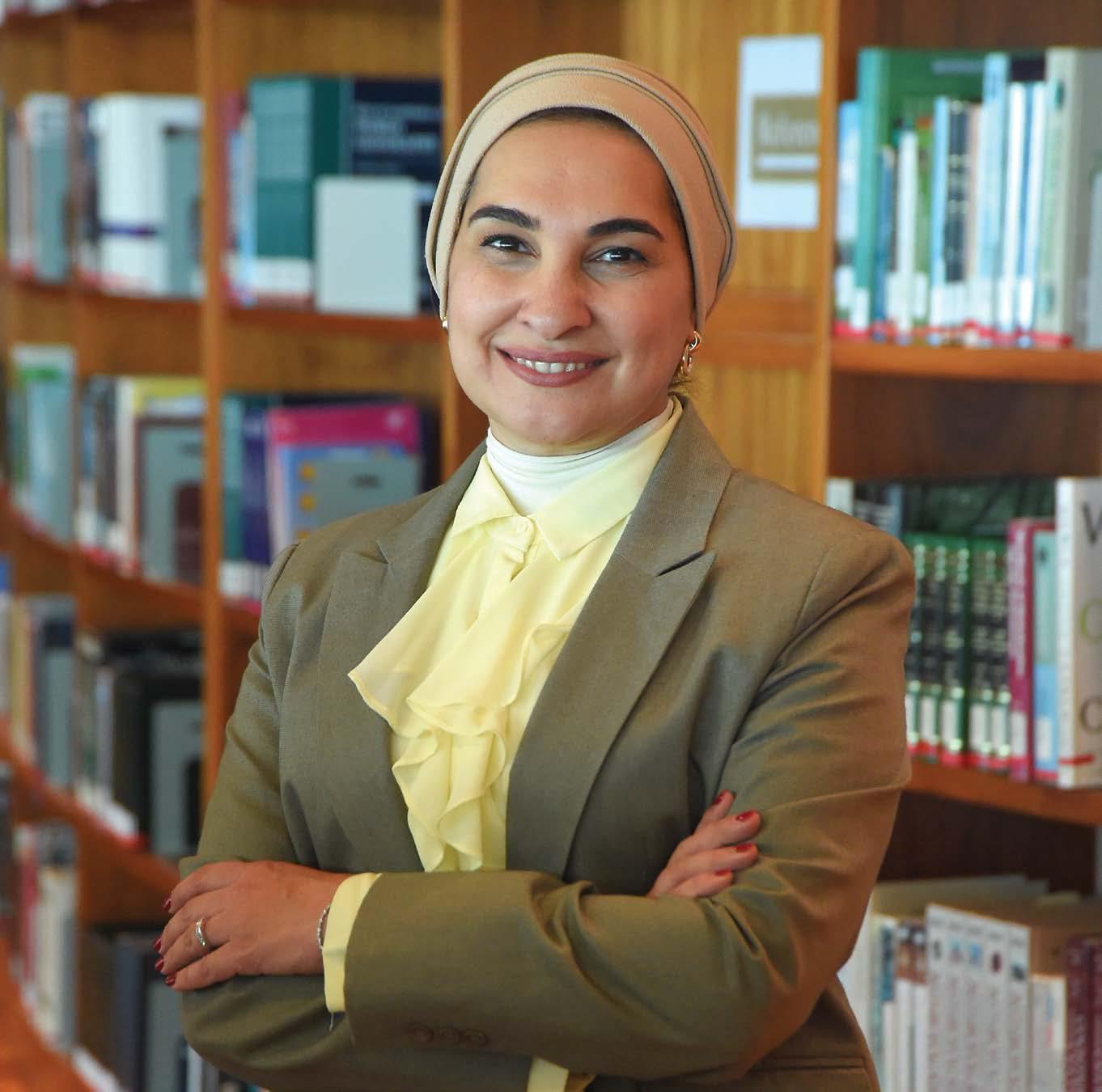
circular economy could generate $4.5 trillion in global economic benefits by 2030
By Suzanna ElMassah
Humans have released 2,500 billion tons of carbon dioxide into the atmosphere since 1850, together with the continuous unsustainable use of natural resources. Both pose explicit threats to the global climate and sustainability for future generations.
The world experienced its hottest five-year period between 2015 and 2019. Global sea levels have risen about 8 inches since 1880, threatening coastal cities and ecosystems. The World Health Organization (WHO) warns that climate change increases the risk and severity of heat waves, droughts, floods, and storms, which can cause damage to infrastructure, food systems, and health.
Climate change could force 100 million people to fall below the poverty line by 2030, exacerbating existing inequalities. The United Nations Industrial
Development Organization (UNIDO) estimates that global resource demand will triple by 2050 and that the circular economy is key to addressing this challenge.
The idea of the circular economy is based on maintaining natural resources by preserving them for the longest possible period and reducing waste in all forms by using it as new input in production operations. The circular economy aims to create a closed-loop system, where waste is seen as a resource and materials are continually cycled back into the economy. This approach substitutes the traditional linear economy of the “take-make-dispose” with the “3Rs” model – reduce, reuse, and recycle –and involves the design of products and systems with circularity in mind, as well as developing new business models that support circular practices. The Ellen MacArthur Foundation reported that the circular economy could generate $4.5 trillion in global economic benefits by 2030, reduce carbon emissions by 45% and potentially create 700,000 new jobs. The World Economic Forum reported that circular economy initiatives could save up to $2.4 trillion annually in waste management costs by 2030. The MENA region is highly vulnerable to climate change; the frequency and intensity of extreme weather events, such as droughts and floods, have increased over the past few decades. Climate change could exacerbate water scarcity in the region. The average temperature is expected to increase by 1-2°C by 2030 and 2-5°C by 2100. Rising sea levels could threaten low-lying areas, particularly in coastal cities like Alexandria, Tunisia, and Beirut.
38 conomy middle east APRIL 2023
The
Sustainability
Suzanna ElMassah, Professor of Economics and Sustainability, Zayed University
MENA countries can contribute to mitigating climate change in different ways:
• Reducing greenhouse gas: emissions: Circular economy aims to reduce waste and conserve resources, which leads to reduced greenhouse gas emissions from landfills and incineration facilities. By implementing circular economy practices, businesses can lower their carbon footprint.
• Promoting renewable energy: Circular economy promotes using renewable energy sources such as solar and wind power, which reduces reliance on fossil fuels and mitigates the impact of climate change.
• Enhancing resource efficiency: Circular economy emphasizes the efficient use of resources through strategies such as product life extension, reuse, and recycling. This reduces the demand for raw materials and helps to conserve natural resources, thus reducing the overall carbon footprint.
• Encouraging sustainable consumption: The circular economy encourages consumers to adopt sustainable consumption patterns that prioritize using environmentally friendly products and services. This approach reduces waste generation and promotes the sustainable use of resources.
Some MENA countries have launched several initiatives to accelerate circular economy practices.
• UAE launched a national strategy for the circular economy, aiming to make the UAE a leader in the sustainable use of resources, reduce waste, and create new job opportunities.
• Saudi Arabia announced a circular carbon economy (CCE) initiative to reduce carbon emissions while increasing economic growth. The initiative includes investments in clean energy projects, carbon capture and storage technologies, and circular business models.
• Qatar has launched its National Vision 2030, which focuses on sustainable development and emphasizes the importance of the circular economy.
• Bahrain has developed a circular
economy roadmap to increase resource efficiency, reduce waste, and create economic value from waste streams.
• Jordan has launched several initiatives to promote the circular economy, including establishing a recycling industry and implementing waste-to-energy projects.
Some examples of circular economy practices in the Middle East region have been reported, such as Dubai’s Waste-to-Energy plant that processes 5k tons of waste daily and converts it into energy and UAE’s future “Smart City” projects, which will focus on sustainable and eco-friendly practices. Qatar’s plastic recycling initiatives transform plastic into products such as outdoor furniture and road dividers. Oman’s Green Energy Park creates a circular economy by using renewable energy sources to produce electricity. Saudi Arabia’s Zero-Waste Cities - to achieve its goal of a circular economy by featuring waste management systems that prioritize recycling and composting.
It is worth noting that the circular economy is not a silver bullet for climate action since it should adopt a holistic approach to achieve a sustainable and equitable transition to a low-carbon economy. The circular economy must address social and environmental challenges like resource inequities, biodiversity loss, and pollution. Furthermore, it must be combined with other strategies, such as renewable energy deployment, energy efficiency, and sustainable land use.
Despite the great potential of the circular economy for climate action, the global economy was only 8.6% circular in 2019, as reported by the Circularity Gap Project, meaning that 91.4% of the world’s resources should be used or further utilized.
MENA countries face many challenges in adopting the circular economy, such as lack of infrastructure, limited funding, low awareness and understanding of circular economy principles, inadequate legislative frameworks, and access to technology. In 2019, the World Bank estimated that only 5% of waste in the MENA region is recycled, with much of it ending up in landfills or open dumpsites. Setting policy actions in the MENA starts with governments setting ambitious targets for such aims, providing grants, funding research and development, and supporting pilot projects. Essential is implementing a sustainable procurement policy, promoting re-manufactured products, and encouraging suppliers to reduce packaging waste. Businesses need to be encouraged to incorporate circular approaches to their business models, such as product as a service, sharing economy, and zero-waste supply chains. Education campaigns for citizens, schools, and local communities play an essential role. The MENA region is gradually recognizing the importance of transitioning to a more circular economy. Progress requires concerted efforts by governments, businesses, civil society organizations, and regional and international cooperation.

39 conomy middle east APRIL 2023
TAQA energizes sustainability agendas in the UAE
Efforts include expansion of renewables and reverse osmosis, and carbon footprint reduction
TAQA, which was founded in 2005, is a leading energy and utilities conglomerate headquartered in Abu Dhabi. With a significant presence across 11 countries, TAQA is among the largest integrated utility companies in the Middle East, with investments spanning power and water generation, transmission and distribution, as well as upstream and midstream oil and gas operations.
Recently, Noel Aoun, the Executive Director of Strategy and Sustainability at TAQA, spoke with Economy Middle East about the company’s sustainability goals, its renewable energy partnership with Masdar, the industry’s decarbonization efforts and other related topics.

What are TAQA’s sustainability goals and objectives, and how are they aligned with international sustainability frameworks and best practices?
In 2021, we outlined an ambitious growth strategy with a vision to become a leader in low carbon power and water, with ESG considerations at the forefront of our operations. Since then, we have been working tirelessly to turn our vision into reality.
TAQA has targeted net-zero by 2050 and as part of its 2030 ESG strategy, it has established emissions reduction targets, including a mandate to reduce scope 1 and 2 emissions by 25 percent across the Group and a 33 percent reduction of UAE’s portfolio emissions compared to the 2019 baseline.
Our wider ESG strategy is centered around six key areas, including climate change, water and effluents, occupational health and safety, diversity and equal opportunity, local community engagement and corporate governance. As part of both our growth and ESG strategies, we have committed to increasing our share of renewables to at least 30 percent of our gross generation capacity by 2030.
Our recent acquisition of a 43 percent stake in Masdar’s renewables business has accelerated our goal, and we have already surpassed 28 percent of our portfolio coming from renewable sources.
Prior to the Masdar transaction, we added two recordbreaking utility-scale solar photovoltaic (PV) projects to our portfolio, including the 1.2 GW Noor Abu Dhabi, one of the world’s largest single-site solar PV plants, and the 2 GW Al Dhafra PV IPP, which is currently under construction but already partially energized. These projects demonstrate how renewables are both economically and environmentally viable. Water will remain a critical aspect of our sustainability agenda, particularly reverse osmosis (RO) technology, which is more efficient than traditional thermal desalination methods. As part of our growth and ESG strategy, we aim to expand highly efficient RO technologies to make up at least two-thirds of our desalination capacity by 2030, effectively decoupling power and water production. We are currently constructing the Taweelah RO plant, which will have a capacity of 200 million imperial gallons per day (MIGD), making it one of the largest RO plants in the world.
40 conomy middle east APRIL 2023
Sustainability
Noel Aoun, Executive Director of Strategy and Sustainability, TAQA
We recently announced plans to develop the Mirfa 2 RO plant with ENGIE, which will have a capacity of 120 MIGD. As part of our infrastructure upgrades, we are committed to reducing losses in water distribution by 25 percent by 2030, compared to the 2021 baseline. Through our transmission subsidiary, TRANSCO, we have successfully integrated both solar and nuclear power into Abu Dhabi’s existing grid. By decoupling power and water production with RO technology and integrating nuclear energy, we have made significant strides towards decommissioning older, less efficient power and water plants, paving the way for several more efficient projects in our pipeline.
As part of our ESG strategy, we have prioritized developing a culture of diversity and inclusion by reinforcing diversity in gender, age, nationality and people of determination. Under this particular pillar, our aim is to have females represent 30 percent of management positions by 2030. and in keeping with this objective, shareholders recently elected three women to the Board of Directors at TAQA’s Annual General Assembly.
To demonstrate our dedication to sustainability from the top down, we established the Sustainability Committee (Board level) and Sustainability Management Committee (executive management level).
In recognition of our continued efforts for the implementation of global best practices in sustainability, and the consolidation of ESG considerations as part of our Corporate Governance, two of the world’s leading ESG rating providers have uplifted our current rankings.
As of 2022, TAQA received an MSCI ESG Rating of BBB by MSCI, an uplift from B to BBB. As of August 2022, TAQA’s ESG Risk Rating from Morningstar Sustainalytics has been upgraded from “Severe” to “Medium” ESG Risk Rating Category, placing TAQA in the top 33rd percentile of Morningstar Sustainalytics’ “Utilities” industry globally. Additionally, TAQA is a member of various global associations driving climate action, including the UN Global Compact Initiative, IRENA Alliance for Industrial Decarbonization, International Desalination Association, and
Abu Dhabi Global Market’s Sustainable Finance Declaration.
TAQA recently announced its investment in Masdar. What plans are geared toward renewable energy and green Hydrogen?
In 2022, TAQA achieved a significant milestone with the successful conclusion of the Masdar transaction, which resulted in a stake in Masdar’s renewables business alongside Mubadala and ADNOC.
TAQA now holds a leading 43 percent stake in Masdar’s renewable business, including a 24 percent stake in the company’s green hydrogen business. This has greatly accelerated our expansion into renewables, both in the UAE and globally.
Targeting growth opportunities around the world, Masdar is looking to expand its renewable capacity up to 100GW globally by 2030, largely powered from wind and solar resources. The company further aims to solidify its status as a sustainability leader within the energy sector, while also supporting the UAE’s goals of achieving its 2050 net zero target.
Additionally, Masdar aims to rapidly ramp up its green hydrogen business, targeting an annual production capacity of up to 1 million tons by 2030.
How is TAQA assisting with decarbonizing industry?
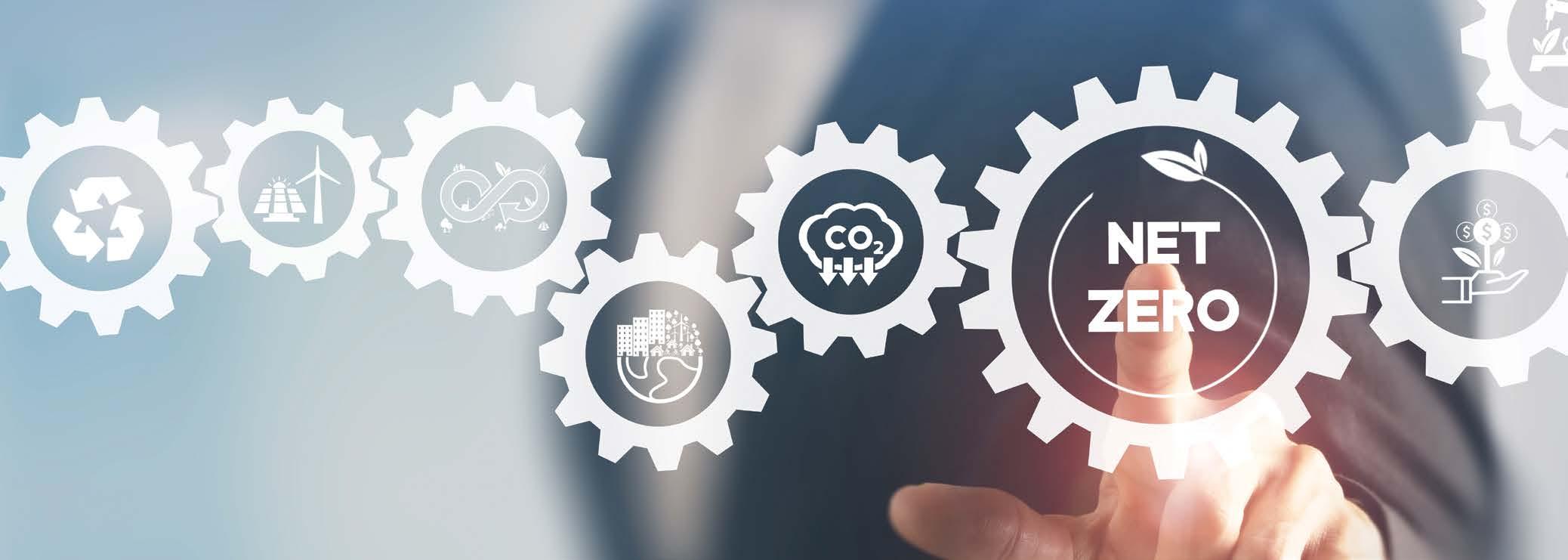
TAQA is working closely with industry partners to implement solutions aimed at decarbonizing the UAE’s industrial ecosystem.
One of the initiatives involves the acquisition of EGA’s gas-fired assets, connecting EGA to the grid via our operating company TRANSCO, and enabling access to clean solar and nuclear power for the production of green aluminum. And while we facilitate their efforts with access to our grid, they can then tap into a new market for green aluminum customers.
We are also working with ADNOC in the oil and gas space. Currently under construction is a first-of-its-kind high-
41 conomy middle east APRIL 2023
voltage direct current (HVDC) sub-sea transmission network to decarbonize ADNOC’s offshore production operations. Once operational, the project will link ADNOC’s offshore facilities to the Abu Dhabi onshore power network, replacing existing offshore gas turbine generators with low-carbon power sources. Ultimately, the project will result in a reduction of over 30 percent in ADNOC’s offshore operations’ carbon footprint.
In addition, TAQA recognizes that sustainability involves more than just renewables and infrastructure. To achieve net-zero emissions, investing in demand-side management capabilities is essential. We are doing this through our subsidiary, Abu Dhabi Energy Services (ADES), which assists commercial and governmental clients in retrofitting and achieving energy and water savings. In 2022, ADES’s Super ESCO successfully achieved 14.2 GWh and 54,932 cubic meters in electricity and water savings, respectively.
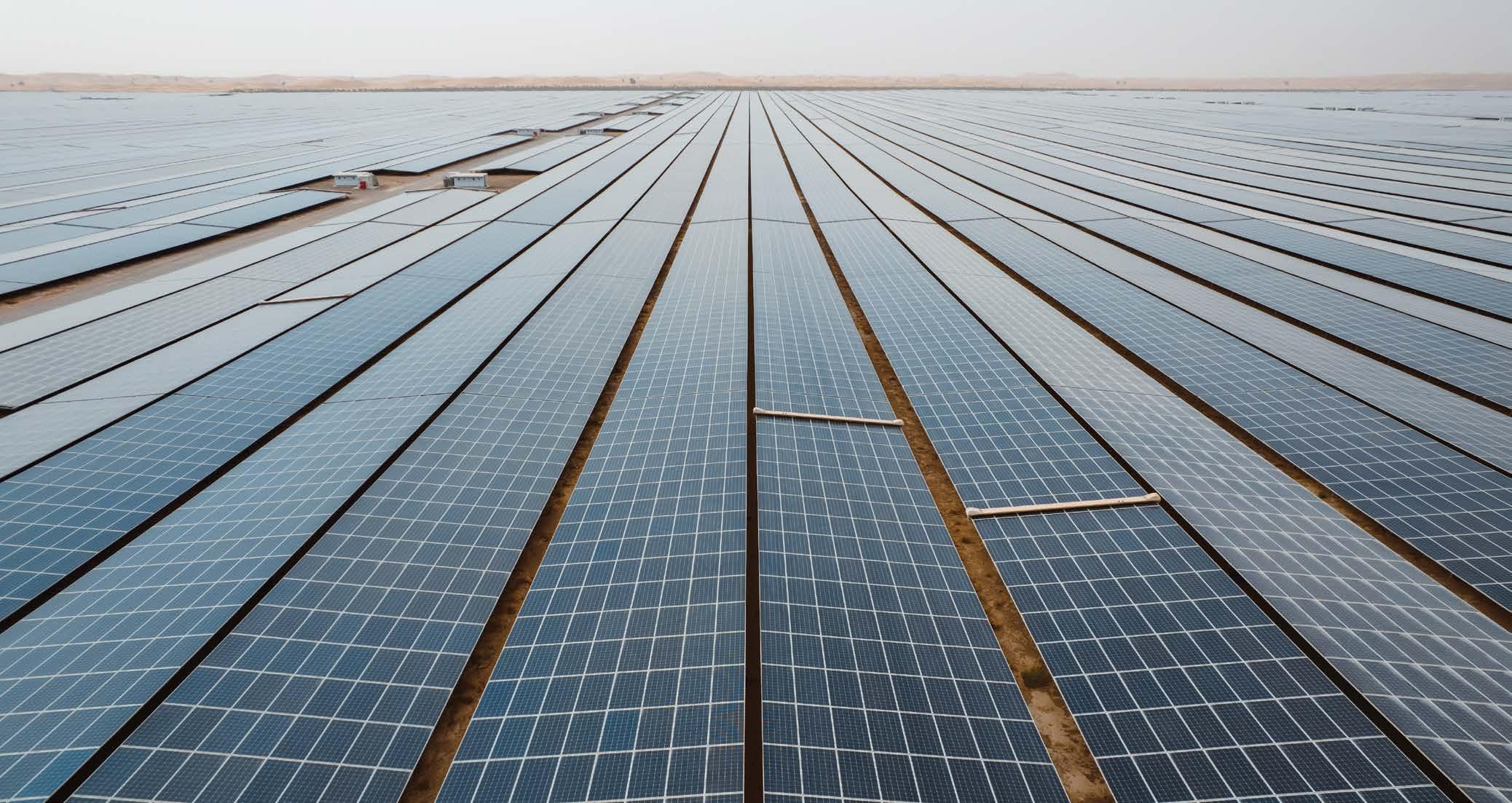
How do you ensure that TAQA’s suppliers and contractors meet sustainability standards and best practices?
As a group standard, TAQA’s supply chain function has mandated that the organization only collaborates with suppliers who align with our Business Partner Code of Conduct.

Ensuring that such partnerships demonstrate compliance with laws, regulations and ethical expectations, this mandate also considers best environmental practices and stipulates that failure to adhere to any of the principles may affect future business decisions with TAQA.
Expanding on our policy, in 2022, we introduced a new third-party due diligence tool at the Group level, which is designed to screen suppliers actively and automatically on key compliance issues, while also enabling us to request specific reports for ESG-related performance. Social and environmental specifications have also been incorporated into our procurement practices. Recent examples adopted in the UAE include incorporating environmental and social risk analysis as part of our tender processing and sharing a statement of intent as part of procurement procedures that highlights commitment toward protecting the environment, social progress, as well as the health and wellbeing of people.
42 conomy middle east APRIL 2023
Sustainability
Ericsson is leveraging new ways to enable operators monetize 5G
The Mobile World Conference held in Barcelona from February 27 to March 2, 2023, brought together world leaders in mobile and telecommunications to showcase their product developments and discuss the future of technology.
Economy Middle East met with Kevin Murphy, Vice President and Head of Customer Unit, Levant Countries, Middle East and Africa at Ericsson. It was an opportunity to discover how Ericsson is giving operators the possibility to rethink their businesses and address untapped value chains.
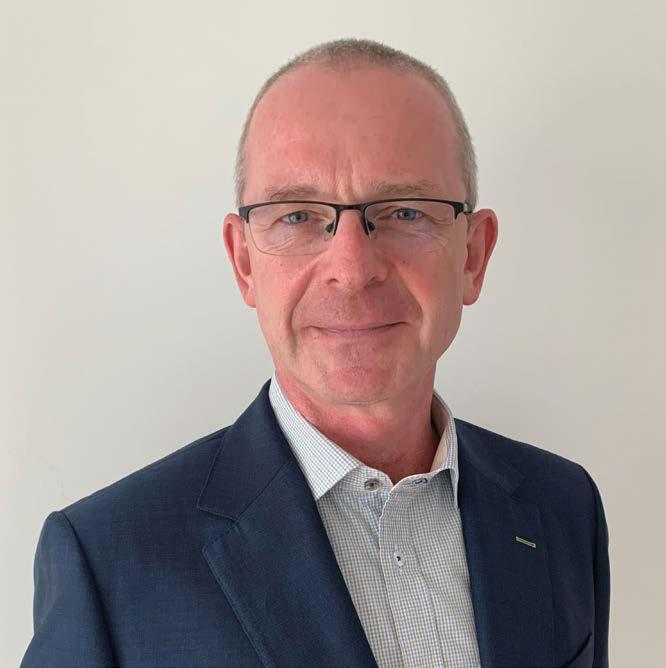
How is Mobile World Congress going in Barcelona and what are some key technologies that Ericsson is featuring here?
The energy was up as soon as the Mobile World Congress in Barcelona started. There are great innovations on show but the primary focus for Ericsson this year is how to monetize 5G, particularly for our operators. We’re also demonstrating advancements in technology, by highlighting sustainability and other developments to drive up efficiency while keeping costs down. We’re also particularly excited about the Vonage acquisition which we announced last year to support our strategy to leverage technology leadership to grow our mobile network business and expand further into enterprise.
Let’s talk about the landscape of 5G and how this technology will be indispensable in our lives moving forward.
Absolutely, and it’s already becoming indispensable in some of the more developed markets. We’re just off the back of executing a successful sports event in Qatar as the first 5G-enabled
event. The experiences were just outstanding, and, in my opinion, it redefined how sporting events and large attendance events are going to run moving forward. When I talk about connectivity you must think of all connected things including the metaverse which are all beginning to merge. And the fundamental question for operators is how to drive revenue and profitability. This is why operators are opening up 5G networks to application developers. The exposure of advanced 5G functionality through common application programming interfaces (APIs) will enable operators to leverage new ways to monetize 5G and to quickly deliver new services on a global scale with speed.
You mentioned sustainability a few times. How does 5G aid sustainability?
key technological advancements and
Any
exciting things that Ericsson is working on?
Well, there are new radio products that are out, and while they may not be very interesting for consumers, they are for operators. One example of technology breakthrough is the energy-saving triple-band Radio 4485 which allows operators to continue to deliver on their customer promise using products that are smaller, lighter, and even more energy efficient. Radio 4485 delivers 50 percent reduced embodied carbon footprint and more than 20 percent energy savings vs. comparable radios.
5G, by design, is a much more efficient technology, so the amount of energy used to transport a bit of data is vastly lower than legacy technologies. There is also software that is enabled in 5G systems which allows systems to turn off power consumption at different times. I’m also happy to share that Ericsson was very recently named No.1 in the ABI (Research Sustainability) report, which is a great achievement for this company. We’re very proud to be in that position as we place sustainability at the very core of our business. Our goal is to shape the future through digitalization and minimize negative effects on the environment. Every step we take in achieving that goal is guided by a circular economy approach. With our initiatives, we help protect the environment and work towards a Net Zero ambition. By 2040, we aim to achieve Net Zero greenhouse gas emission across the value chain. It is a challenging ambition, but one that we can achieve together with our customers. Our aim is to realize a significant milestone in 2030 - being Net Zero in our own activities and reducing emissions in the supply chain and portfolio by 50%.
43 conomy middle east APRIL 2023 technology & Innovation
«We place sustainability at the very core of our business»
Kevin Murphy, Vice President & Head of Customer Unit, Levant Countries, Middle East and Africa, Ericsson
Driving financial inclusion: How demandside data measures fintech progress
Low-cost investing and digital platforms broaden access to capital markets

The world we live in is characterized by rapid change. With each passing day, younger generations are becoming increasingly tech-savvy, leading to the widespread adoption of fintech as a fundamental banking platform. However, global markets continue to suffer whenever interest rates rise or a banking crisis occurs, which has been a common theme lately. Additionally, the environment is in a state of flux, and there are numerous international conferences on climate change to address this issue.
To gain more insight into these developments, Economy Middle East interviewed Drew Propson, who serves as the Head of Technology and Innovation in Financial Services at the World Economic Forum, an organization that is actively monitoring and addressing these challenges.
What type of robust and scientific fintech data is needed to facilitate evidence-based regulation and generate regional insights that can assess how fintech activities are impacting consumers, SMEs and financial inclusion?

If we consider what the ideal outcome of a robust fintech ecosystem would be, we would likely all agree that this would be greater access to – and use of – quality, affordable financial products and services that lead to financial wellbeing for individuals as well as SMEs. With this as a starting point, we can identify what type of data we need to measure progress toward our goal.
Demand-side data at the regional and global levels, such as that collected by the World Bank for their Global Findex Database 2021 (e.g., account ownership %, usage, ability to absorb an emergency), is precisely what is useful for assessing the overall picture of saving, borrowing, making and accepting payments, and the ability to manage financial risks. The Findex data offers a detailed view of financial inclusion for individuals. What is needed then is similar data on SMEs, as well as data on the specific role of fintech in advancing inclusion. Here, data from fintech firms themselves can be extremely valuable. The World Economic Forum is currently collaborating with the Cambridge Centre
44 conomy middle east APRIL 2023 technology & Innovation
Drew Propson, Head of Technology & Innovation in Financial Services, World Economic Forum
for Alternative Finance on a research initiative to capture this data and offer insights that will inform market development and facilitate evidence-based regulation.
How would you describe trust in the capital markets ecosystem in place today, and the democratization of it following the arrival of retail investors, given the global economic downturn?
In general, trust in capital markets goes up when markets are strong and one sees their wealth increasing, and goes down when markets are less friendly and wealth is decreasing. Recent volatility in the markets and a challenging macroeconomic environment have naturally reduced trust in the capital markets.
Nevertheless, investors are still active. New digital platforms and the low cost of investing have broadened access to capital markets, and with this we have seen the rise of the retail investor. What is missing yet, as indicated in the Forum’s Future of Capital Markets initiative, is ensuring these investors have the tools they need, and the right incentives in place, to invest responsibly. This is where the next round of innovation for capital markets should focus.
What has the Global COVID-19 Fintech Market Impact and Industry Resilience Study revealed in terms of insights into the medium- to long-term impact of the pandemic on the fintech industry?
The Global COVID-19 Fintech Market Impact and Industry Resilience Study, published mid-last year, aimed to offer information on the medium- to long-term impact of the pandemic on fintechs. What we found was that the global fintech industry has been more resilient to the pandemic than initially reported in late 2020, and firms in all verticals (e.g., digital payments, digital lending, insurtech) experienced increases in revenue and turnover.
Overall, the pandemic was a real tailwind for fintechs, as the use of digital financial services increased rapidly out of necessity. Moreover, our research findings showed that a large proportion of fintech clients were new customers (individuals as well as businesses), and customers from groups that in many countries have been underserved by traditional financial institutions.
Decentralized autonomous organizations, or DAOs, are a natural consequence for blockchain-based communities, such as when managing protocol-based networks and applications and broadening participation in governance. What does your DAO toolkit aim to achieve for a broader society?
DAOs are an active experiment on how we connect, collaborate and create. It’s worth noting that DAOs today manage significant assets, engage millions of contributors and operate across regions and industries. However, many questions regarding operations, governance, law and policy are only just beginning to be addressed.
The aim of the Forum’s DAO Toolkit is to offer a valuable resource to developers, policy-makers, regulators and entrepreneurs seeking to engage with the DAO ecosystem such that DAOs can reach their full potential.
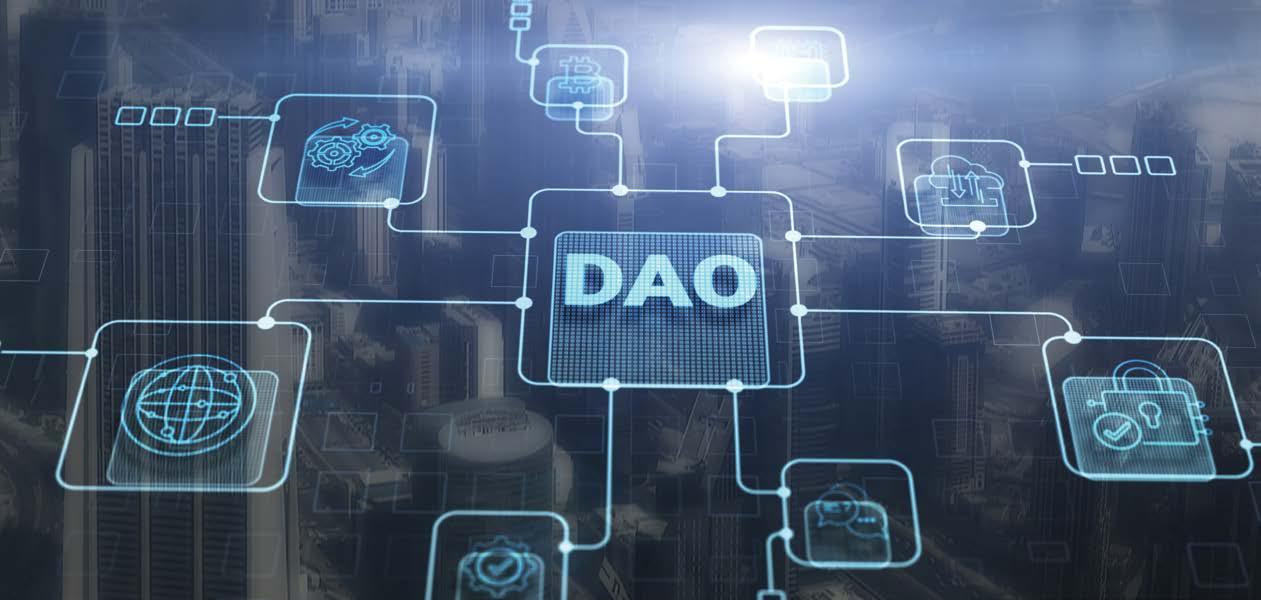
Are industrial decarbonization efforts such as carbon capture and storage, or SAF fuels, economically practical today? What is required to make these commercially viable?
Innovations around industrial decarbonization will need time, financial investment and significant commitment from multiple stakeholders to reach commercial viability. The Forum aims to support this process with initiatives such as the Clean Skies for Tomorrow Coalition (CST), an effort co-led by the Forum, the Rocky Mountain Institute and the Energy Transitions Commission.
CST is a global, cross-value-chain coalition working to facilitate the transition to net-zero flying by 2050. This public-private partnership is driving a shift to zeroemissions aviation through sustainable aviation fuels (SAFs), other emissions mitigating technologies, and emissions abatement investments. Members are collectively advancing the commercial scale of viable SAF production for broad adoption by 2030, through supply, demand, policy and financial levers.
Can increasing global investments in clean energy help avoid a climate disaster? Where would these green investments come from?
Part of the solution will certainly need to be increased “green” investments. Fortunately, we are seeing incentives taking shape, such as those offered through the Inflation Reduction Act (IRA) in the US and the Green Deal Industrial Plan in Europe, to help move investments in this direction. One area that deserves further attention is the crucial role venture capital plays in funding innovation. Throughout 2023, the Forum will be actively working with VC firms and associations to explore how greater support can be garnered for early-stage investments in climate mitigation and adaption solutions.
45 conomy middle east APRIL 2023
center3 aims to establish Saudi Arabia as MENA's data center hub
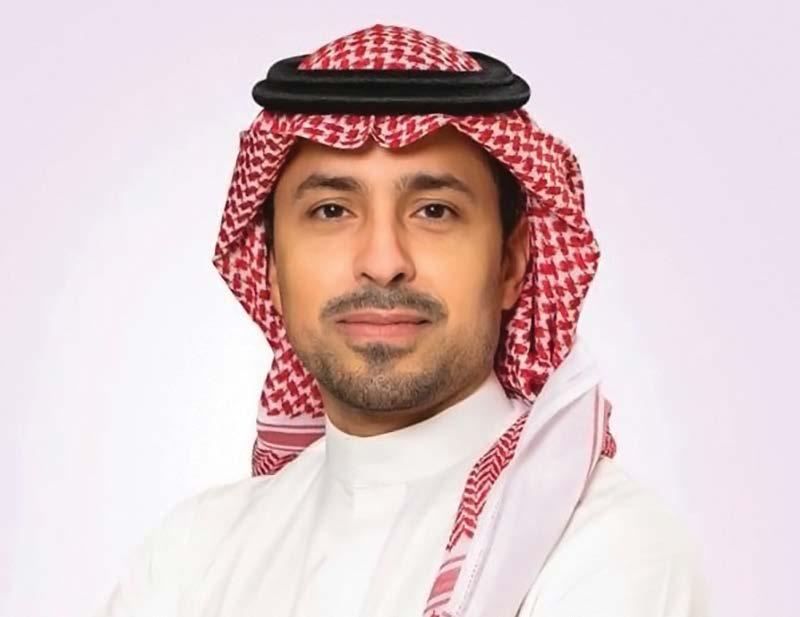
Initiative aims to bridge three continents with advanced hosting tech
center3 is a visionary initiative of stc Group that aims to establish the Kingdom of Saudi Arabia as the heart of international data connectivity, bridging and connecting three continents –Europe, Asia, and Africa – and becoming the MENA region’s data center hub. By deploying state-of-the-art communication and hosting technologies and scaling up data center capacity, the company seeks to enhance its digital business and create new investment opportunities in global communication services and data centers. In a recent interview with Economy Middle East, Fahad Al Hajeri, CEO of center3, discussed the company’s participation in Capacity Middle East 2023 held in Dubai, as well as its significant submarine cable projects.
What is the nature of center3’s participation in the Middle East Capacity Conference in Dubai 2023?
Our participation in this year’s Capacity Conference is aimed at strengthening center3’s position in the ICT sector as the gateway to the Middle East for large companies, content service providers, operators, and international carriers.
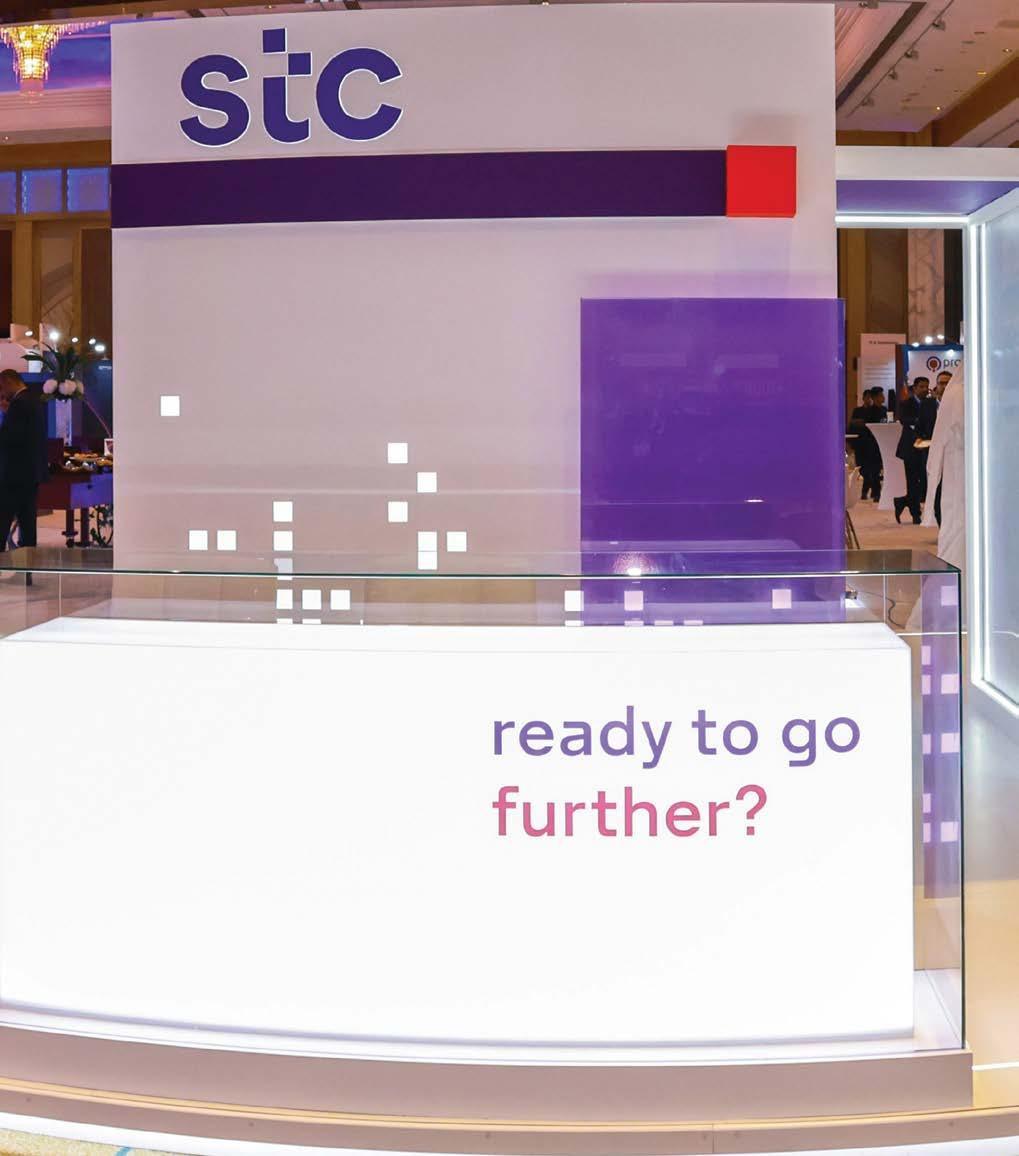
Our network of data centers and integrated solutions supports various partners within the group, ensuring smooth and reliable communication between the region and the world. By leveraging our submarine fiber optic network, we are able to offer exceptional services to our customers.
At center3, we work to develop digital businesses and enhance investment opportunities in international communication services and data centers. We achieve this by providing cutting-edge communication and hosting technologies and expanding the capacity of our data centers to meet the needs of markets across Asia, Africa, Europe, and the rest of the world.
What are your most prominent submarine cable projects?
center3 and stc Bahrain have recently completed the Africa 2 Pearl marine survey of the Africa 2 submarine cable project in Bahrain. This unique connectivity system links three continents and includes 46 landing stations across 33 countries, enhancing the role of the Gulf region in the global community.
46 conomy middle east APRIL 2023
technology & Innovation
Fahad Al Hajeri, CEO, center3
The Africa 2 submarine cable is expected to be the world’s longest, covering a distance of 45,000 kilometers and providing secure and reliable communication services across the continents it passes through, with landing stations in Saudi Arabia, Bahrain, Kuwait, Oman, the UAE, Qatar, Iraq, Pakistan, and India.
Connecting the Kingdom of Bahrain through Africa 2 Pearl will accelerate the digital transformation of GCC countries, as this advanced technology provides fast connectivity that can help elevate the sector in the region, accelerate economic growth, encourage innovation, and enhance cooperation with countries in the Middle East and North Africa.
At center3, we have been investing in telecommunications infrastructure since its inception to provide exceptional customer service and contribute to the Kingdom’s Vision 2030. Our goal is to connect the three continents of Asia, Africa, and Europe, strengthening our position and consolidating our leading role in the telecommunications sector in the region, while also bolstering the Middle East’s position as a well-established regional center for communications and information technology.
Signed agreements
center3, a subsidiary of the Group, has signed several agreements aimed at expanding its reach and improving its services. Firstly, a partnership agreement with Neutrality.one has been established to build a presence point in Jeddah, providing hosting and data services to local and international customers. This partnership will support the expansion of the MENA market.

Secondly, a partnership agreement with Kaopu Cloud has been established to support the expansion of center3’s cloud services in the Kingdom. This agreement will enable center3 to provide advanced cloud services to improve the performance of consumer applications. The agreement also aims to increase the localization of content, which will help to consolidate the Kingdom’s position as a leading digital hub in the region.
Lastly, center3 has signed a third partnership agreement with Zenlayer to support its global expansion and enable it to provide advanced cloud services to content providers looking to localize their services.
47 conomy middle east APRIL 2023
Middle East's financial sector at risk: Cybercriminals increase attacks as digital transformation takes hold
Experts urge organizations to adapt security strategies to new hybrid work environments. With the rapid digital transformation of the Middle East, opportunities for cybercriminals have increased. Financiallymotivated attackers and advanced persistent threat groups are taking advantage of this situation to target organizations, particularly those in the financial sector, with various types of attacks. Among these attacks, Distributed Denial of Service (DDoS) extortion attacks and ransomware attacks are the most prominent. The consequences of such attacks can be devastating, not only for the targeted organization but also for downstream customers. Economy Middle East spoke to four experts about the unique challenges that financial institutions face when dealing with such attacks and explored ways to mitigate these attacks.
face cloud malware downloads as a top threat. Microsoft’s OneDrive is also the primary source of malware in this regard.
that is difficult for banks to identify as fraudulent because the consumer is manipulated into executing the transaction.
This type of fraud relies on impersonation, with fraudsters making legitimate-sounding requests for money, payment for products or services, overdue taxes, or even claiming the victim’s bank account has been compromised and asking them to transfer funds to a secure account.
According to Forrester Research, authorized push payments are a
Jonathan
Mepsted, VP Middle East & Africa, Netskope
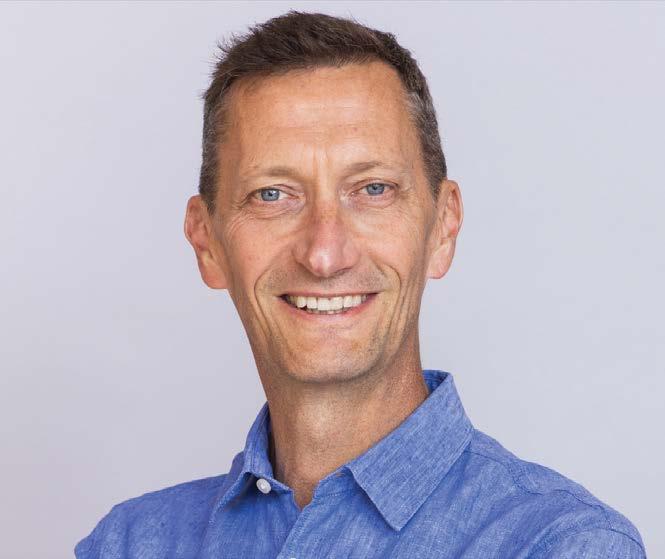
Financial services companies are experiencing an increase in attacks, which underscores the need for them to adapt their security strategies to the new normal of hybrid work. The use of traditional, perimeter-based defenses and legacy solutions is now outdated.

According to our recent Cloud & Threat Report, despite the widespread adoption of cloud technology, financial services organizations still
To address these challenges, financial services firms must implement a multilayered security strategy that protects all cloud and web traffic. By following zero-trust principles that control access and restrict movement of sensitive data, the security team can refine policies and quickly identify risks. Limiting the flow of sensitive data to and from cloud and private applications is also critical. Furthermore, enabling multifactor authentication (MFA) will help mitigate the risk of stolen credentials and extend security to unmanaged apps.
Saeed Ahmad, Managing Director, Middle East and North Africa, Callsign
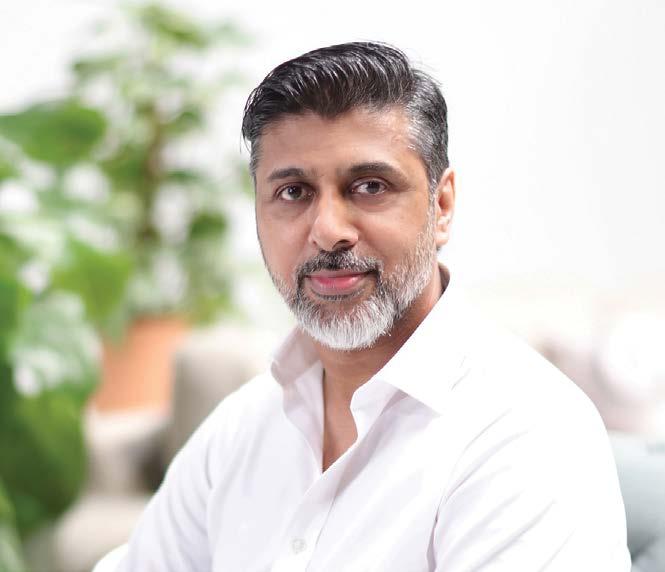
Authorized
Push
Payment
(APP) fraud
is currently one of the most significant concerns in the banking industry. The term “authorized” is crucial here because it refers to a transaction
48 conomy middle east APRIL 2023 technology & Innovation
Jonathan Mepsted, VP Middle East & Africa, Netskope
Saeed Ahmad, Managing Director, Middle East and North Africa, Callsign
major concern for 66 percent of financial services and consumer banking firms worldwide, with the Middle East at 67 percent, APAC at 66 percent, North America at 56 percent, and the UK at 72 percent.
Fraudsters use social engineering to psychologically influence consumers into sending money to their accounts. As a result, static fraud warning messages in customers’ online journeys have become commonplace and easy to forget or dismiss. Fraudsters also anticipate these messages and coach users around them.
With the increasing use of real-time and speedier payment technologies as the global standard, banks, and financial service organizations must look beyond traditional fraud detection and actively detect, intervene, and protect against fraud. To stay ahead of fraudsters’ constantly evolving tactics, financial institutions require real-time fraud prevention solutions such as dynamic fraud warnings and next-generation behavioral biometrics. A real-time solution is necessary that detects fraud in progress by studying the user’s behavioral patterns and using that information to assess whether the user is being tricked or coerced by a fraudster.
By combining behavioral data with threat or malware detection, a financial institution can intervene when a user is at risk. Interventions can provide intelligent, contextual, and timely fraud messages to customers.
Ashraf Koheil, Group-IB Regional Sales Director META
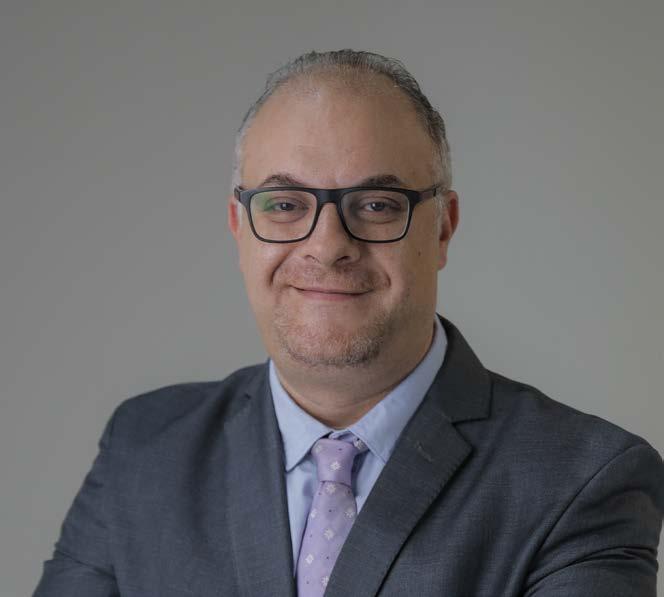

The rapid digital transformation in the Middle East has presented significant opportunities for financially-motivated cybercriminals and advanced persistent threat groups to exploit. Fortunately, many organizations in key sectors are taking this challenge seriously and investing in cybersecurity. However, ransomware remains a significant threat to organizations across all sectors of the MEA economy. According to Group-IB’s latest Hi-
Tech Crime Trends 2022/2023 report, between H2 2021 and H1 2022, 18 MEA companies in the financial sector fell victim to ransomware-related data leaks. Furthermore, globally, ransomware-related data leaks of financial companies rose by 43 percent in H2 2021 - H1 2022 compared to the previous reporting period. The increasing influence of initial access brokers (IAB) who sell corporate access to breached companies on the dark web is also driving the continued spike in ransomware activity. Group-IB Threat Intelligence has discovered that between H2 2021 and H1 2022, the number of MEA-related network access offers doubled from 88 to 179, with UAE companies being the most sought-after.
Additionally, in the UAE alone, more than 280,000 accounts, including social networks, e-commerce sites, banks, and corporate logins, were compromised by threat actors who utilized information stealers –malware that collects personal details such as passwords and logins from the victim’s browser metadata.
Emad Fahmy, Systems Engineering Manager, Middle East, NETSCOUT
Financial institutions are high-value targets for threat actors due to the sensitive data and large sums of money they possess. One common attack method used against them is DDoS extortion attacks. These attacks not only disrupt business operations but also impact customers attempting to use their credit cards.
A hack of a commercial bank or payment card processor can be catastrophic. Credit card processors can handle over 5,000 transactions per second, making even a few minutes of delay very costly. This can severely damage the organization’s reputation and customer retention. DDoS attacks on financial institutions can be more sophisticated than traditional attacks, as threat actors may first execute a demonstration attack on elements of the organization’s online infrastructure before sending an email requesting payment in cryptocurrency, usually Bitcoin. Additionally, professional ransomware groups have expanded their tactics to include triple extortion, which involves encrypting files, stealing data, and launching DDoS attacks to increase their chances of receiving payment.
To safeguard their public-facing web infrastructure from the dangers and repercussions of DDoS attacks, financial institutions should first deploy a comprehensive DDoS security and mitigation system. Additionally, it’s crucial to test DDoS mitigation technologies semi-regularly to ensure that any changes and modifications to the organization’s online systems are incorporated into the overall protection strategy. This ensures that the entire online infrastructure is protected against DDoS attacks. Finally, financial institutions may want to consider hiring a DDoS assault specialist on demand to assist them in navigating uncharted circumstances and terrain.
49 conomy middle east APRIL 2023
Ashraf Koheil, Group-IB Regional Sales Director META
Emad Fahmy, Systems Engineering Manager, Middle East, NETSCOUT
Metaverse could be a stepping stone to Immersive Computing It’ll be a whole new level of interaction
By Mayank Sharma
Speaking at the World Government Summit in February, Nick Clegg, Meta’s President of Global Affairs, discussed the world’s movement toward immersive computing platforms with Omar Sultan Al-Olama, UAE’s Minister of State for Artificial Intelligence. He noted that these platforms will allow users to interact with their surroundings in new and profound ways.
Immersive computing, which is pitched as a means to make digitized information more accessible, can be thought of as an extension to the metaverse. But what exactly is it, and how will it influence our interactions with a computing environment?

Thomas Bedenk, VP Extended Reality at Endava, said: “For me, immersive computing means that humans will have a different relationship with technology, by increasingly fading away the perceived interface in today’s way of interacting with computers.”
According to Bedenk, immersive computing will allow for direct access to content and more natural interactions, akin to those in a natural environment.
Greg Demchak, Senior Director, Digital Innovation Lab at Bentley Systems agrees, adding that immersive computing will not just open up new ways of interacting with digital content, but will also have a profound impact on the nature of these interactions.
“Rather than a mouse and keyboard, the input becomes hand gestures, eye gaze, head direction, and voice,” Demchak suggested. Furthermore, immersive computing has no physical limitations or content size restrictions, unlike traditional 2D computer screens. The content can expand to be as large as the environment the user navigates through.
50 conomy middle east APRIL 2023 technology & Innovation
Sensory encounter
According to Demchak, immersive computing is centered around the idea of being fully immersed in digital content.
Bedenk asserts that immersive computing does not need to be confined to our visual senses.
To illustrate the contrast between traditional computing and immersive computing, he gives the example of opening a virtual 3D door on a desktop computer. This involves interpreting a 2D image of a 3D door, navigating a cursor in 2D space, and clicking a mouse button to activate it. In contrast, within an immersive computing environment, users could simply approach the door and open it as they would in real life.
Richard Gardner, CEO and Founder of Anthrop LLC (DBA Anthropic AI), builds on this idea by suggesting that immersive computing will rely on Artificial Intelligence (AI), haptic feedback, and spatial computing to engage our senses. He believes that AI technology will enable the immersive environment to adapt to user behavior.
“This may play out in the adjustment of lighting, sound and other environmental factors, while natural language processing algorithms will surely have a place when users interact with virtual assistants and other entities. This could go beyond speech to include gesture and facial expression recognition,” Gardner said.
First contact
Our experts suggest that, in addition to simply enhancing current interactions, immersive computing has the potential to introduce entirely new dimensions of interactions, potentially even transcending the boundaries of the physical world.
“Maybe I don’t want to walk across the whole room to the trash can just to be able to throw away a piece of paper,” Bedenk explains. “In that sense immersive computing will allow us to behave and react in a natural way while also giving us super powers that extend beyond our physical capabilities or protect us from harm.”
Demchak asserts that this enhanced level of interaction
can be applied to a variety of applications, particularly in regards to how users will interface with digital twin systems. To clarify, a digital twin refers to the digital model of a physical system. Recently, at the World Economic Forum in Davos, Abdullah Alswaha, the Saudi Minister of Communications and Information Technology, announced that the use of digital twin systems has already aided in optimizing planning and reducing the expenses of major infrastructure projects.
“With immersive computing, the digital twin becomes a method for interacting with the physical world using hand gestures and virtual interfaces that can exist anywhere in physical space,” Demchak says.


Creating the realm
Although the idea of an immersive experience sounds appealing, achieving it will require significant effort and resources.
“The biggest challenge today is the cost and computational requirements to bring holographic augmented reality to the mass market,” Demchak says.
Demchak suggests that developers must prioritize not only making the present generation of head-mounted devices more ergonomic, but also optimizing them to detect the wearer’s precise location in the world automatically, regardless of whether they are outdoors, indoors, or underground. This is a feat that cannot be achieved with current GPS technology.
“Advances in computer vision and AI are making headway, but we still have a way to go. A stepping stone can be the adoption of VR and AR tablets, and even the use of 2D screens on phones that can localize using something as simple as a QR code,” Demchak says.
Despite the challenges, our experts unanimously agree that the future of computing is immersive. Bedenk, for one, says that since we live in a spatial world, it’s only logical that computing will be spatial and immersive.
“Many associate immersive computing to gaming, but it could actually have far greater use cases in remote collaboration of working teams, while also offering training aids through simulation in industries like engineering and medicine,” Gardner says, peering into his crystal ball.
51 conomy middle east APRIL 2023
Tokenization: Digital power for democratizing investments Technology offers unique business gems in the MENA
By Hadi Khatib
The advent of real estate platforms, including Propertiq in the UAE and Arcom in Saudi Arabia, stands as a testament to the boundless potential that property tokenization has unlocked within the region’s financial landscape. Augmenting these private sector endeavors are government-led initiatives such as Emirates Blockchain Strategy, which endeavors to migrate a staggering 50 percent of all UAE government transactions onto blockchain technology. Tokenization, the practice of substituting sensitive data with an alternate value known as a token, has emerged as a transformative mechanism for converting tangible assets into blockchain-based tokens. By effecting this process, property tokenization has redefined the contours of real estate investment and expanded the scope of asset-based financing.
Tokenization in real estate
The concept of tokenization has found a promising application in the realm of real estate. Recently, a new fintech venture called PurpleFi has introduced fractional ownership in Dubai, allowing investors to own a portion of a property for a mere $100. Through tokenization, the value of an asset can be divided into fractional claims, making luxury asset classes accessible to retail investors who were previously unable to afford largescale investments. The ability to buy into a property for just $100 illustrates how tokenization and fractional ownership have emerged as democratizing tools, offering liquidity for illiquid securities with low trading volumes.
By utilizing the Ethereum blockchain, smart contracts can be securely implemented, streamlining jurisdiction compliance and ownership rules with minimal manual intervention and reduced costs compared to traditional clearinghouses that handle conventional asset classes.

In this way, real estate security tokens enable a wider range of individuals to make online purchases around the clock, regardless of location, allowing retail clients to build diverse portfolios despite limited funds.
According to recent reports, the global market for tokenizing real estate properties has exceeded $20 billion in recent months, underscoring the significance of this trend. However, while tokenization has tremendous potential in the property sector, it also holds immense benefits in the broader financial landscape.
Security tokens
The digitalization of security has garnered considerable interest due to its ability to overcome the expensive, slow and insecure paper-based market currently in use. A security token, a digital representation of financial assets such as equities, ETFs, fixed income, funds, and others, offers investors access to a 24/7 global market, which facilitates continuous trading without physical limitations.
Investors and traders can now make payments, trade ownership of digital assets and receive settlements in real-time without the need for a bank or broker. This is achieved through a single platform that employs endto-end transparent and secure processes that effectively eliminate fraudulent transactions while thwarting hacking attempts.
Another significant advantage of security tokens is that financial transactions are conducted on smart devices, further democratizing the process. Previously underserved populations without access to bank accounts can now participate in securities trading easily.
According to a new report by the global consulting firm BCG and ADDX, the digital exchange for private markets, asset tokenization is expected to expand 50-fold, creating a $16.1 trillion business opportunity by 2030.
52 conomy middle east APRIL 2023 technology & Innovation
Tokenizing sensitive info
By implementing tokenization, it is possible to secure confidential customer data during encryption processes. Specifically, credit card transactions can utilize a unique, merchant-specific encrypted token for each purchase, thereby ensuring that sensitive payment information remains protected from any unauthorized access by malicious entities.
Tokenizing brand ownership
The decentralization of social media and the introduction of tokens have facilitated a paradigm shift in the ownership model of companies, brands, and communities. With the help of loyalty programs, users and clients are now able to possess a stake in these entities, empowering them to partake in decision-making processes and reap the benefits of their involvement.
By acquiring tokens of a particular company users can enter an engagement group where they can collaborate with the company in co-creating future product lines. This affords them a sense of belonging, making them feel valued and appreciated.
In the event that token owners choose to disengage from the community, they can transfer ownership of their tokens to another party. In exchange, the company will receive royalties from the transaction, thereby maintaining its profitability.
Tokenization examples from the region
The Abu Dhabi Islamic Bank has recently introduced a cutting-edge, tokenized contactless payment system in partnership with Visa and Tappy Technologies, based in China. Known as ADIB Pay, this state-of-the-art payment platform is a physical clip that can be attached to wearable devices, such as watches or bracelets, with payment
capabilities similar to smartwatches. Globally, Apple Pay and Google Pay both use tokenized payments.
In January 2023, Fadel Al Ali, the Chairman of the Dubai Financial Services Authority (DFSA), said: “In line with UAE government initiatives, we have worked to create an enabling environment for the digital economy and have introduced a new regulatory framework for crypto tokens to further facilitate the future of finance in the DIFC. We set high standards in building a clear and flexible regulatory framework, based on the best practices and laws of the world’s leading financial jurisdictions.”
In a similar vein, the Central Bank of Egypt (CBE) released regulations in March 2023 that address payment card tokenization on electronic device applications. Once approved and implemented, these regulations will enable contactless payments through fintech services such as Apple Pay, Google Pay, and Samsung Pay. The regulations concentrate on payment tokenization, whereby a token is used during the purchase transaction.
Lastly, a groundbreaking new partnership in the UAE will enhance the security of cryptocurrencies and NFTs - Proof of Ownership. IDnow, a renowned digital identity proofing platform provider, has recently collaborated with UBIRCH, a leading German trust platform provider, to launch KYCT (know-your-customer token) solutions in the UAE. The solution verifies the identity and ownership of crypto wallet holders and authenticates the origin of minted assets, such as non-fungible tokens, better known as NFTs. Around 23 percent of the UAE population owns at least one NFT, double the global average. This innovative technology could prove indispensable in safeguarding individuals, businesses, brands and the entire financial ecosystem in a decentralized environment.
According to a recent report by cryptocurrency asset management specialist Recap, Dubai ranks as the second most crypto-ready city in the world, with 772 cryptobased companies.

53 conomy middle east APRIL 2023
Madrasty opens a new chapter in K-12 e-learning
Bringing the ‘cool to school’ with active learning, songs, & AI
I strive for quality and affordable education with equal opportunity for all. To further this goal, we are providing our app, free of charge, to students with chronic health conditions and disabilities.
What impact did technology have on Madrasty?
What are the strategic educational aims of Madrasty?
Recent studies show that music not only activates both hemispheres of the brain, increasing comprehension, but also activates the part responsible for memory. We were able to create cool, enjoyable songs that appeal to students of all ages, bringing the “cool” factor back to education.
Mohamed Elkabany, the CEO of Madrasty, which he founded in 2021, previously served as CEO of Orman schools, a chain of over 100 Egyptian schools.
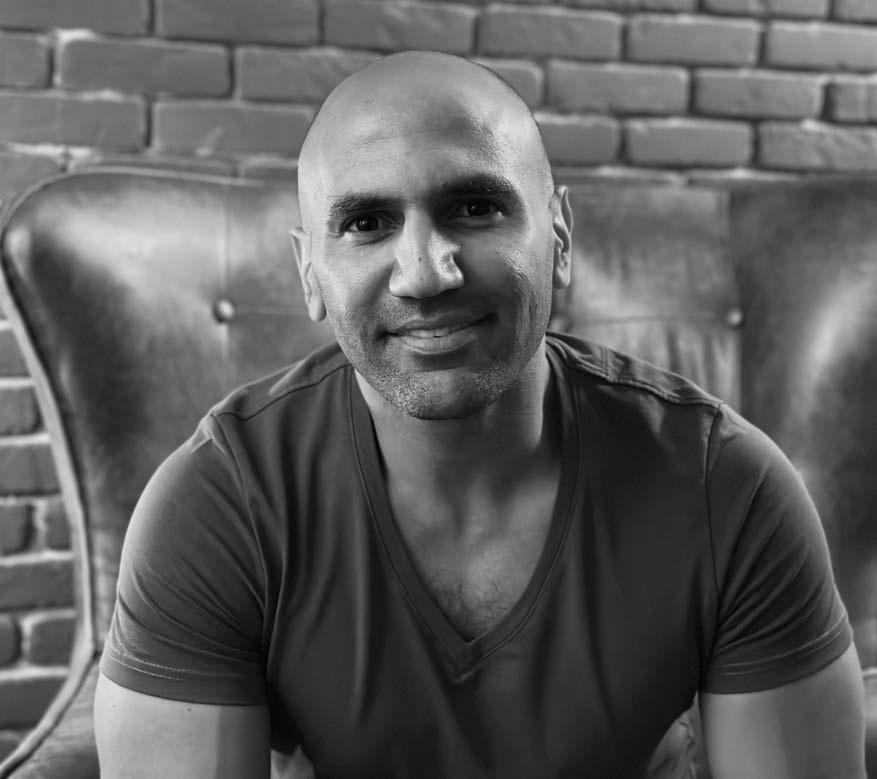
Elkabany launched the e-learning platform Madrasty in 2021 with the goal of providing students with access to affordable, high-quality education. To discuss this and the ever-changing educational landscape, Economy Middle East had this conversation with Elkabany.
Could you tell us about your passion for education?
At the first school I managed, students were spoon-fed information. However, when we introduced active learning, we witnessed a noticeable improvement in their problem-solving and critical-thinking abilities. This led me to realize that we were teaching students “what” to think rather than “how” to think.
By leveraging technology, we have been able to bring the best teachers to every home through pre-recorded videos, learning through songs, live sessions and our assessment tool. Within 18 months of launching Madrasty, we had over 100,000 active students who watched 2.5 million videos, listened to 2.9 million songs, and solved 8 million questions. The use of instant feedback from our assessment tools has eliminated the need for teachers to validate student learning, significantly accelerating the learning process.
Technology also enables us to customize the student experience by quickly identifying their weaknesses and enhancing their strengths. It can identify where a student is struggling and suggest alternative learning methods for a particular lesson. Additionally, AI chatbots can provide personalized tutoring to help students grasp challenging concepts.
Also, with AI as the teacher, each student can receive an education tailored to their learning needs, creating a massive impact on the way they learn. We are committed to designing and implementing the most suitable architecture for our database that will support a robust AI system for educational purposes.
What changes are needed in today’s K-12 education?
Educational institutions often choose to force students to memorize vast amounts of information, which can impede their ability to excel in subjects they are passionate about. Coding, for instance, should be part of the main curricula, knowing that this skill may be a requirement in future jobs. I also believe that the job market for sustainability will grow as communities realize the importance of environmental and sustainability awareness, which should be part of curricula as the threat of global warming worsens. Creating more electives for students can also help bridge the gap between what is taught today and future market needs.
What are the current funding needs for the expansion of Madrasty?
We are currently looking to raise $1.5 million to scale our team, attract the right talent, and start our expansion in Saudi Arabia.
54 conomy middle east APRIL 2023
Mohamed Elkabany, CEO, Madrasty
technology & Innovation
Essam Al Tamimi: Significant changes under the new UAE Commercial Transactions Law

Both virtual and physical transactions are impacted
On October 10, 2022, the United Arab Emirates issued a long-awaited federal law governing commercial transactions (Decree 50 of 2022 governing Commercial Transaction) (the New Law). The New Law came into force on January 2, 2023, and replaced the old UAE Commercial Transactions Law (Law no. 18 of 1993). It is an expansive and important piece of legislation. The legislature considered industrial and technological developments in the commercial world that have impacted commercial practices. The New Law therefore aims to enhance and support commerce, commercial transactions and the conduct of transactions, whether physical or virtual. This article will consider the significant changes introduced by the New Law.
55 conomy middle east APRIL 2023 Legal review
Essam Al Tamimi, Chairman, Al Tamimi & Company
Modern means of technology
The New Law supports trade, the establishment and conclusion of commercial contracts, and the conduct of transactions, whether physical or virtual. The modern means of technology embedded within these activities include those related to virtual assets. Article 5 of the New Law outlines the activities which are deemed commercial by nature and added “virtual assets transactions” to the list. Article 6 also outlines the activities that can be considered commercial only if they are practiced as professions. The New Law added the activities of creating, selling, leasing and managing electronic platforms, websites, smart applications, artificial intelligence applications as well as other digital transformation works as commercial activities.

The New Law provides that a commercial business now includes actual or virtual commercial business, whether it’s a business that is being conducted in the technological space, through modern technological means or through conventional means (Article 10 of the New Law).
Legal age to trade
In an initiative aimed at encouraging innovation, the law has lowered the minimum age for engaging in trade from 21 to 18 years (Article 18 (1) of the New Law).
Article 18 (2) provides that a minor, whether or not subject to a conservatorship or guardianship, who reaches (15) fifteen calendar years of age, may trade on the terms and conditions issued by the resolution of the Cabinet, based on the proposition of the minister of economy. We await further information and legislation on this issue.
Virtual assets
As mentioned above, the New Law also addresses virtual assets. Business assets constitute a group of tangible and intangible property allocated for the practice of physical or virtual commercial activities,
whether technological media, via modern means of technology or using traditional methods (Article 36 of the New Law).
Electronic document retention
The New Law supports electronic and virtual formats for the books of traders and addresses electronic document retention. The New Law provides that a trader or his successors shall keep commercial books and documents corroborating the recorded entries for not less than (5) five years beginning from the date of marking the end of book (Article 29 of the New Law).
Islamic Finance
Articles 468 - 497 of the New Law apply to commercial transactions and contracts to which Islamic financial institutions are a party. The New Law prohibits Islamic financial institutions from lending, borrowing money with interest or any other charges, or charging interest or other fees on outstanding debt, including arrears interest (Article 473 of the New Law). The New Law sets out the requirements related to Shariacompliant contracts such as the Murabaha (cost-plus financing) contract, the Istisna (construction/ manufacturing financing) contract, the Salam (forward) contract, and the Ijarah (Sharia lease) contract. Under
the law, the lessor must first own, lease or receive the corpus of the Ijarah property before leasing it out and the title transfer must be concluded under a separate contract to be executed on the date of the lease, which can include a lease-to-own clause. It is essential that Islamic banks examine these provisions in light of their obligations set out in the New Law.
Article 477 of the New Law provides that the “burdens of title, consequences of destruction of the property, or defect for a matter beyond control, shall pass to the contracting party upon the delivery of the property thereto, even if the sale is called a lease by the parties.” Islamic banks will bear the risk and rewards attached with ownership of the property. Article 495 of New Law addresses liability for property related defects where the property is the subject of an Ijarah contract.
Article 495 of the New Law prohibits the lessor (i.e., the Islamic bank) from waiving liability for latent defects in the leased property. Islamic banks now bear the burden of inspecting property to ensure that there are no defects or “any dysfunction that may happen to the property that affects benefiting of utilization, whether by action of, or a reason beyond control of the lessor.”
Article 495 also provides that “expenses of the basic maintenance and insurance of the leased property against damage shall be incurred by the lessor.” This may lead to extra
56 conomy middle east APRIL 2023 Legal review
costs for the Islamic bank. However, in view of case law on this issue, it is expected that the expenses of maintenance will be subject to the parties’ contractual arrangement.
Pledging assets
A pledge of assets registered in a register (such as shares in the registrar of companies) still falls under the Commercial Transactions Law. However, this does not apply to movable assets that are governed by the Moveable Assets Security Law (Articles 451- 467 of the New Law).
Adequate security
The New Law requires, in the context of banking activity, that adequate security be obtained against loans. Article 409 of the New Law is broad enough to capture all types of banking facilities, both retail and corporate lending. However, unlike DecreeLaw No. 23 of 2022 amending Law No. 14 of 2018 (the “Banking Law”), the New Law does not set out the consequences of having insufficient security or guarantees against loans.” In contrast, Article 121 of the Banking Law is applicable to individuals and sole proprietorships, and it provides that the courts shall declare that any claim by a financial institution against individuals and sole proprietorships, without adequate security, will be
inadmissible
We await the courts’ interpretation of Article 409 of the New Law, especially on corporate lending.
Payment guarantees
Payment guarantees are an important tool in commercial transactions and a bank will usually pay a designated beneficiary if services or goods are not provided as agreed in a contract. The New Law permits banks to reject payment to the beneficiary if there is an attachment order issued by a court over the amount of guarantee with the issuing bank. This is similar to the position in the old law. For the issue of the order or the judgment in this case, the applicant shall, in its application or claim, rely on serious grounds (Article 417 of the New Law).
Statute of Limitations
The statute of limitations in relation to claims involving traders’ obligations has been reduced to five years from 10 years from the due date for payment of a debt (Article 92 of the New Law). The New Law also regulates passenger carriage contracts and imposes a three-year statute of limitations on an action arising out of the death or personal injury of a passenger, from the date of death or occurrence of the error. Naturally, the statute of limitations may not be invoked where
it has been permitted to run because of fraud or gross error. The statute of limitations for an action arising out of passenger carriage and involving contractual rights is one year from the scheduled date of arrival.
Commercial sale contracts
Article 94 of the New Law lists the key information or clauses that a commercial sale contract must contain. The key clauses include a mechanism for the resolution of disputes that aims to promote awareness about the need to make provisions for disputes in all commercial sale contracts, and not just after they have arisen.
The New Law includes an important provision relating to international commercial sale contracts whereby parties can, in lieu of the law, agree on the application of the International Chamber of Commerce’s general conditions of international contracts and codified practice (Article 130 of the New Law).

Summary
In summary, the New Law is a positive step in enhancing the legal framework for commercial transactions. We expect to see the executive regulations to the New Law follow in due course which will address certain areas of enforcement.
57 conomy middle east APRIL 2023
Dubai Residential Market Overview
By Raja Alameddine
With economic uncertainty emerging on a global scale, Dubai remains the preferred choice for homeowners, establishing itself as an attractive residential market for long-term investors seeking to rent or buy property. Dubai’s residential market continues to experience growth as it offers residents enticing incentives and maintains its reputation as one of the safest places to live.
To briefly describe Dubai’s market landscape following its initial growth period, the city launched a secondary expansion that is still ongoing. This expansion has seen the launch of a large number of residential properties situated within Dubailand, including a mix of apartments, townhouses, and villas.
Based on the current preferences of Dubai’s consumers, there is a growing trend of endusers/tenants transitioning from smaller apartments to more efficient units that offer community elements like retail shops, F&B outlets, co-working spaces, schools, and healthcare facilities. This trend is expected to remain in demand.
The market’s performance displayed significant increases in average rent and sales rates. During Q4 2022, there was an increase of around 35.2 percent in apartment average rents compared to the average in 2021. Apartments with good build quality in secondary locations, such as JVC, Sports City, and developments near the Expo 2020 site, also gained popularity and, in turn, an increase in rental performance.

58 conomy middle east APRIL 2023 Real Estate
Raja Alameddine, CEO Colliers MENA
Looking at the average sales rates in the city, the last quarter of 2022 recorded an increase of 18.5 percent in sales rate compared to 2021, with the average such rate reaching AED14,500 per square meter. During Q4 2022, apartment sales rates in prime/high-end areas including Palm Jumeirah, Dubai Marina, and Downtown ranged between AED17,500 – AED19,800 per square meter.
When we look at real estate transactions in the city, according to the latest published figures from Dubai Land Department (DLD), Dubai’s real estate market registered around 55,112 sales transactions worth AED 128 billion in 2022, in addition to 30,433 resale deals worth AED 79.2 billion. This represents an increase of 51 percent in the number of sale transactions compared to 2020 and a 25 percent increase in the number of resale deals. In 2022, the real estate sector showed growth, with massive demand seen from Russian, Asian, European, and American investors, particularly from High-Net-Worth Individuals (HNWIs).

When analyzing demand and supply, we expect the cumulative residential supply to reach over 730,000 units by 2027, with demand almost at the same level. This indicates an opportunity to develop more units at the right price points in the market.
A main driver of demand for residential housing stems from the number of households in the city and its growth momentum, which can be used as an indicator to forecast future movements. With recent initiatives and regulations, including the flexible Golden Visa laws and the Dubai Land Department’s decision to improve transparency in the sector, demand and interest from foreign buyers and expats are also growing.
59 conomy middle east APRIL 2023
ESG to become more prominent in UAE real estate
Ethical investing paves way for real-world action
By Neha Bhatia
As ethical investing gains traction, the principles of Environment, Social, and Governance (ESG) are expected to become increasingly important in the construction industry.

The MENA region’s role in mitigating climate risks was emphasized during the COP 27 climate event held in Egypt last year.
In anticipation of the upcoming COP 28 event in Dubai, preparations are shedding light on the UAE’s persistent efforts over the last five years to promote ESG awareness at all levels of the economy. In recent years, the UAE’s real estate and construction sectors have made a concerted effort to adopt ESG principles.
60 conomy middle east APRIL 2023 Real Estate
ESG in real estate
Investors and end-users are increasingly calling for a more sustainable built environment, driving the demand for ethical and ESG-compliant investing in the UAE.
According to an October 2022 report by real estate consultancy Knight Frank, commercial buyers and tenants are emphasizing the importance of sustainable office spaces. Respondents believe that actively addressing the climate emergency helps attract and retain talent.
Real estate developers in the UAE have also begun embracing green financing, recognizing the growing role of ESG-compliant investing in the postpandemic economy.
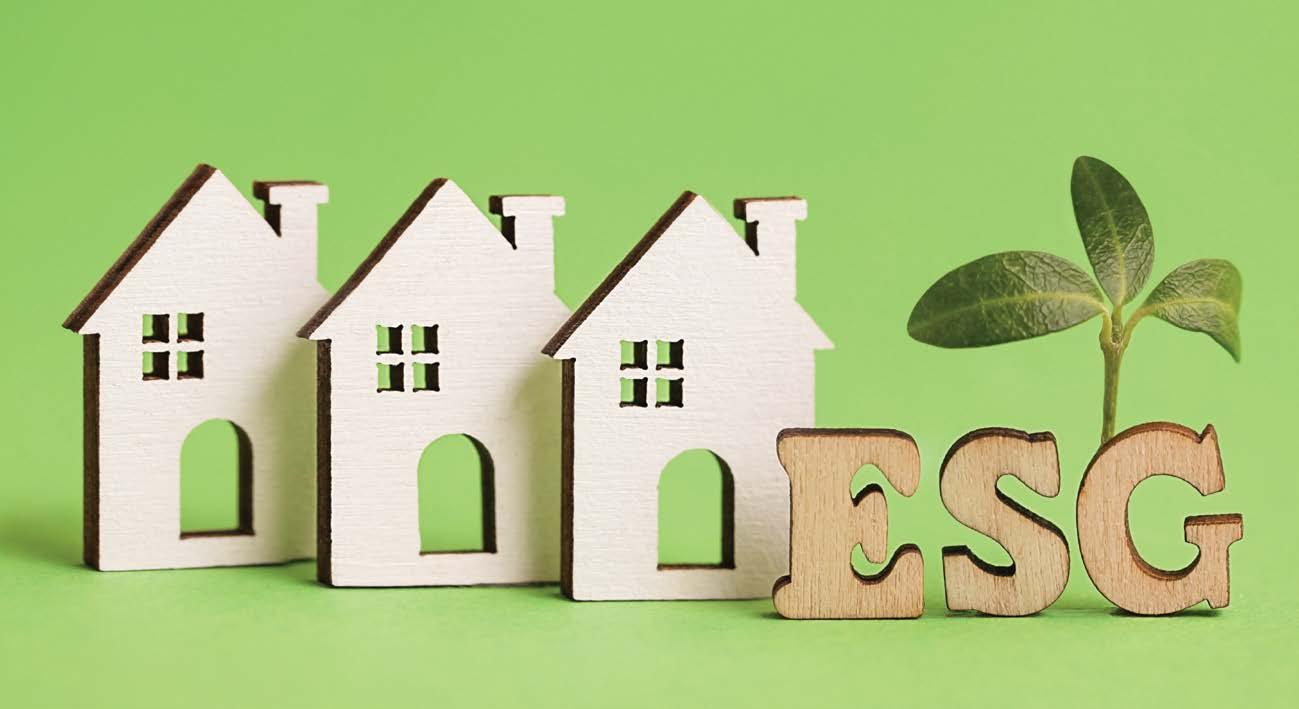
In August 2021, Dubai-based developer Majid Al Futtaim became the first privately owned corporation in Dubai to borrow through a $1.5 billion (AED5.5 billion) sustainability-linked loan. The five-year credit facility includes a gender diversity goal and requires the developer to certify all its malls as LEED Gold or higher facilities.
Similarly, in July 2021, Abu Dhabi’s Aldar signed an $81.7 million (AED300 million) sustainability-linked loan with HSBC, becoming the first real estate company in the MENA region to do so.
The five-year loan adjusts Aldar’s interest margin annually based on targets for energy and water intensity, waste recycling, and worker welfare. The deal also requires Aldar to invest a fixed amount in qualifying ESG projects if it fails to meet annual targets.
In January 2022, Aldar committed to powering all its assets using clean energy sources from Emirates Water and Electricity Company for up to five years.
Supply chain considerations
Widespread support from the construction sector is crucial to drive ESG adoption in the UAE’s construction industry. This will likely involve equipping future professionals with the necessary skills to achieve ESG compliance on projects.
“With the advancement of ESG and sustainability criteria, there’s obviously a shortage of practitioners in that space, whichever element of the sort of supply chain they’re in,” says Saeed Al Abbar, CEO of AESG.
Al Abbar told Economy Middle East the industry is at an “inflection point,” with sustainable construction being prioritized amid government commitments toward netzero and decarbonization.
“These commitments make it very clear that this is the way that the regulations are going to be heading. What’s also been a driver is the flight of capital and finance towards ESG, or Paris Agreement-linked investments. And
that’s not just in construction, but across the board,” Al Abbar says.
“What we may also see is third-party verification of sustainability claims and ESG at the highest levels to substantiate claims around, say, carbon emissions. We may also see finance and auditing specialties pivoting towards carbon accounting. There is a lot of accountability in that space, because there’s going to be financial and legal implications towards carbon emissions,” he adds.
Considering the practical requirements and impact of ESG compliance is crucial from an execution perspective. According to Barry Lewis, Managing Director of Construction at ALEC, despite there being “massive awareness around ESG,” it is essential to integrate these targets into the entire project life cycle. This commitment must be reflected in the project’s design, specifications, and execution parameters, including waste management and defining how contractors measure their carbon footprints.
Outlook
ESG investing is expected to continue its upward trajectory in the MENA region, according to financial services provider Ocorian.
Private clients are leading growth in ESG investments as the region undergoes a generational shift.
“We’re seeing a generational shift which is resulting in farreaching changes in how private clients operate,” says Lynda O’Mahoney, global head of business development for private client division at Ocorian.
This includes “everything from their investment outlook and a rising trend in impact investing and ESG through to how they are structured and a professionalization of the family office,” she says.
“These new trends are very exciting but can also bring new challenges, such as making sure that investments are both achieving target returns as well as the desired ESG credentials.”
61 conomy middle east APRIL 2023
The Defender 130 is a driving force to be reckoned with

 By Alp Sarper
By Alp Sarper
The journey of the first Land Rover began in the years following the end of World War II, thanks to Maurice Wilkes, chairman and chief engineer of the Rover Company. Inspired by the U.S.-produced Willys Jeep, Wilkes envisioned a British version that could tackle the tough countryside of rural United Kingdom. He designed a four-wheel-drive vehicle with a steel frame and aluminum body, making it strong, agile, and resilient to the elements. In essence, a machine that could “rove the land.”
In the spring of 1948, the first-ever Land Rover was showcased at the Amsterdam Motor Show, and production of 8,000 units soon followed, with the British Army among the first customers. Today, Land Rover is renowned for producing some of the finest all-wheel-drive vehicles in the market. The most recent iteration of the Defender was released in 2020, boasting an entirely new exterior and interior design, as well as two body options: the four-door 110 and the two-door 90. In 2023, the all-new Land Rover Defender 130, proudly the largest in the fleet, was introduced, featuring three rows of seats and an array of exceptional capabilities. It competes directly with the BMW X7, Jeep Grand Wagoneer, and the Mercedes-Benz GLS.
Our own journey with the Defender 130 began with Economy Middle East recently taking part in a global media drive, where we had the unique opportunity to experience this spectacular vehicle in all its glory across multiple terrains. The trek began at the beautifully revamped Bab Al Shams Hotel, now part of Kerzner. Land Rover had cleverly chosen the desert retreat, which blended in perfectly with the Defender’s DNA, as the backdrop for the drive. After an intricate early morning coffee workshop, we settled into the 2023 Land Rover Defender 130 First Edition, ready to take on the mighty Dubai Desert.
62 conomy middle east APRIL 2023 LIFESTYLE
Engine and Trim
The brand-new Defender 130 offers five trim levels, starting with the S, SE, X-Dynamic SE, First Edition, and X. In the GCC range, there are two engine options: the P300, which packs 296 horsepower, and the P400, with 395 horsepower. Both feature an imminently capable turbo-boosted inline sixcylinder 3.0-liter engine that comes with an electrically driven supercharger. The eight-speed automatic ZF gearbox is equally impressive on both smooth tarmac and off-road terrain. With performance figures of around 6.6 seconds for 0 to 100 km/h and a top end of 191 km/h, the Defender 130 is certainly no slouch. Additionally, there are four accessory packs to choose from: Explorer, Adventure, Country, and Urban, each with its unique design.
Terrain Response
The Defender 130 offers a range of terrain response settings, including Comfort, Gravel & Grass, Snow, Mud, Ruts, Sand, and Rock Crawl. It also features a Wade Mode, which allows the vehicle to submerge in water for up to 88 cm.

During our test drive in the Dubai Desert, we were particularly impressed with the Sand Terrain response setting. The Land Rover team intentionally neglected to deflate the tires, even in deep soft sand, to demonstrate the Defender’s capabilities. As the day went on, we discovered that the Land Rover wanted us to get stuck, so that we could experience how easy it was to maneuver out of it, thanks to the Defender 130’s advanced abilities. We can confirm that this strategy worked, as even when this Economy Middle East journalist managed to beach the 130 twice, we were able to get it out effortlessly without breaking a sweat.

The Verdict
The Defender 130 stays true to Land Rover’s DNA of being strong, agile, and balanced whether navigating steep sand dunes or cruising on smooth motorway tarmac. The P400 engine works seamlessly with the eight-speed automatic gearbox, providing ample power when required, while the Terrain Response modes continually impress. In terms of creature comforts, the interior is exquisitely designed with premium materials and cutting-edge technology that closely resemble the Defender’s more luxurious cousin. We are confident that Maurice Wilkes would have approved of the Defender 130 as it remains faithful to his original vision while incorporating modernday advancements.
63 conomy middle east APRIL 2023
Alpine Eagle 41 XPS in Lucent Steel A223
A new model with small seconds indication, double chronometer and Poinçon de Genève

With Alpine Eagle, Chopard has created a contemporary sporty-chic collection featuring a pure design paired with a sophisticated mechanism. Following a flyback chronograph movement, a high-frequency calibre and a flying tourbillon, Alpine Eagle is extending its range with an ultra-thin model featuring a small seconds indication. Measuring just 3.30 mm thick, the L.U.C 96.40-L movement is just one of the feats achieved by the watchmaking artisans of Chopard Manufacture. Its advanced features enable the Alpine Eagle 41 XPS to beat with chronometercertified accuracy, while guaranteeing 65 hours of power reserve thanks to Chopard Twin technology. The Alpine Eagle 41 XPS with its 41 mm-diameter case and integrated bracelet is entirely crafted in the Maison’s workshops from Lucent Steel A223: an exclusive, ultra-resistant and remarkably shiny alloy made from 85% recycled materials. Its optimal proportions and textured “Monte Rosa Pink” dial endow this model with undeniable elegance and distinction; while its finishes, reflecting the highest Haute Horlogerie standards, have earned it recognition by the coveted Poinçon de Genève.
Inspired by a historic Chopard model reinterpreted by three generations of men from the Scheufele family, the Alpine Eagle collection has been constantly enriched by new achievements since its launch. The latest of these is a signature movement from Chopard Manufacture, developed thanks to the watchmaking expertise steadily acquired by its workshops since 1996 – and to which the introduction of the L.U.C 96.40-L movement with small seconds indication within a watch in the Alpine Eagle collection bears vibrant testimony. Greatly appreciated by watch enthusiasts, the small seconds display made its collection debut with the 2022 release of the Alpine Eagle Flying Tourbillon model. It now once again embodies the horological roots of this collection comprising timepieces powered by in-house movements with chronometercertified precision, meticulously decorated and equipped with key innovations from the Manufacture, such as the gold micro-rotor and Chopard Twin technology. With the Alpine Eagle 41 XPS, Chopard orchestrates an encounter between the finest Chopard Manufacture movements and the sporty elegance of the Alpine Eagle collection.
certification
64 conomy middle east APRIL 2023 LIFESTYLE

.يبد بلق يف ةيهافرلا ناونع Burj Daman, Al Mustaqbal St, DIFC, Dubai, UAE | +971 (0)4 515 9999 | reservations.difc@waldorfastoria.com | www.waldorfastoria.com/DIFC
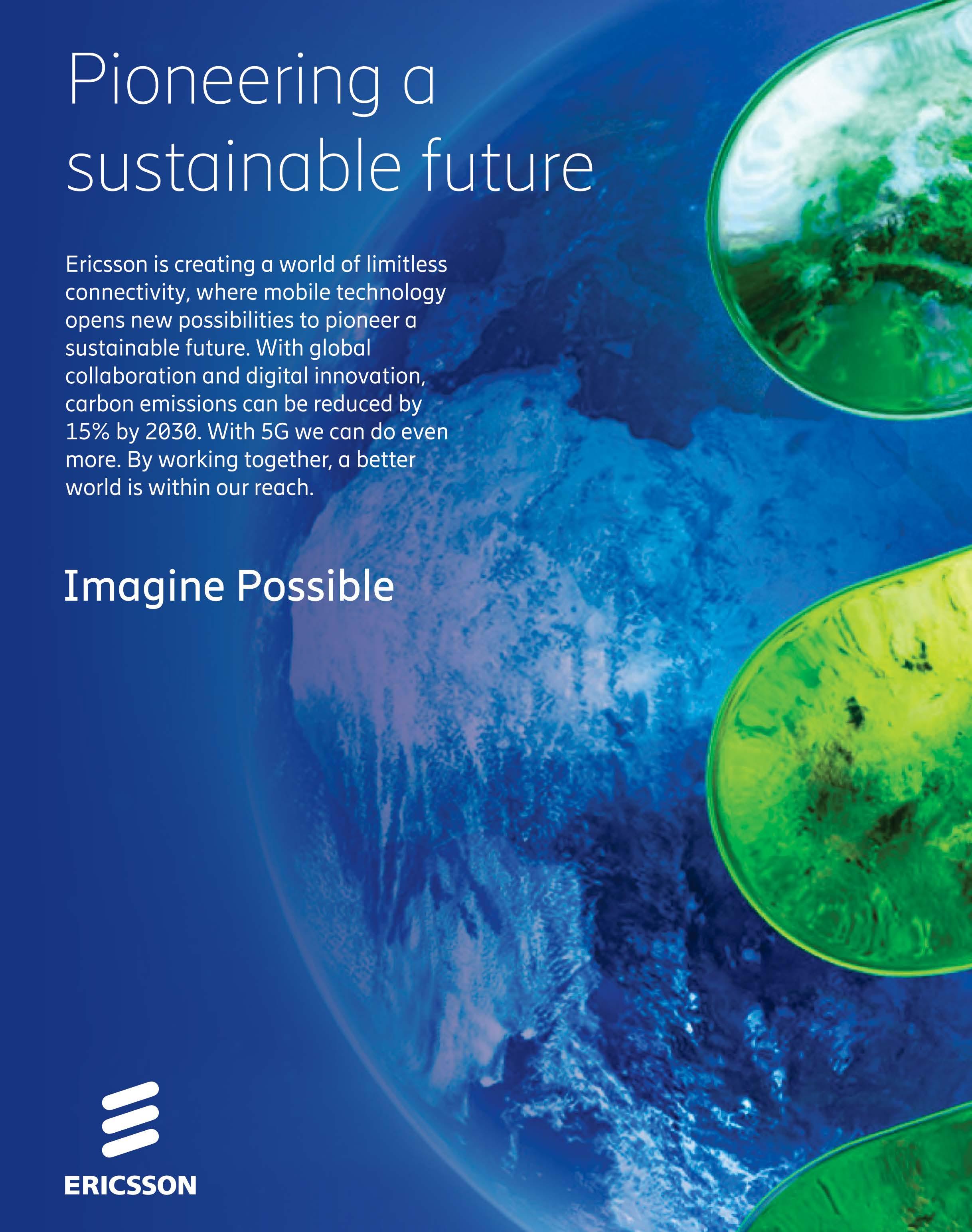



























































































 By Alp Sarper
By Alp Sarper























